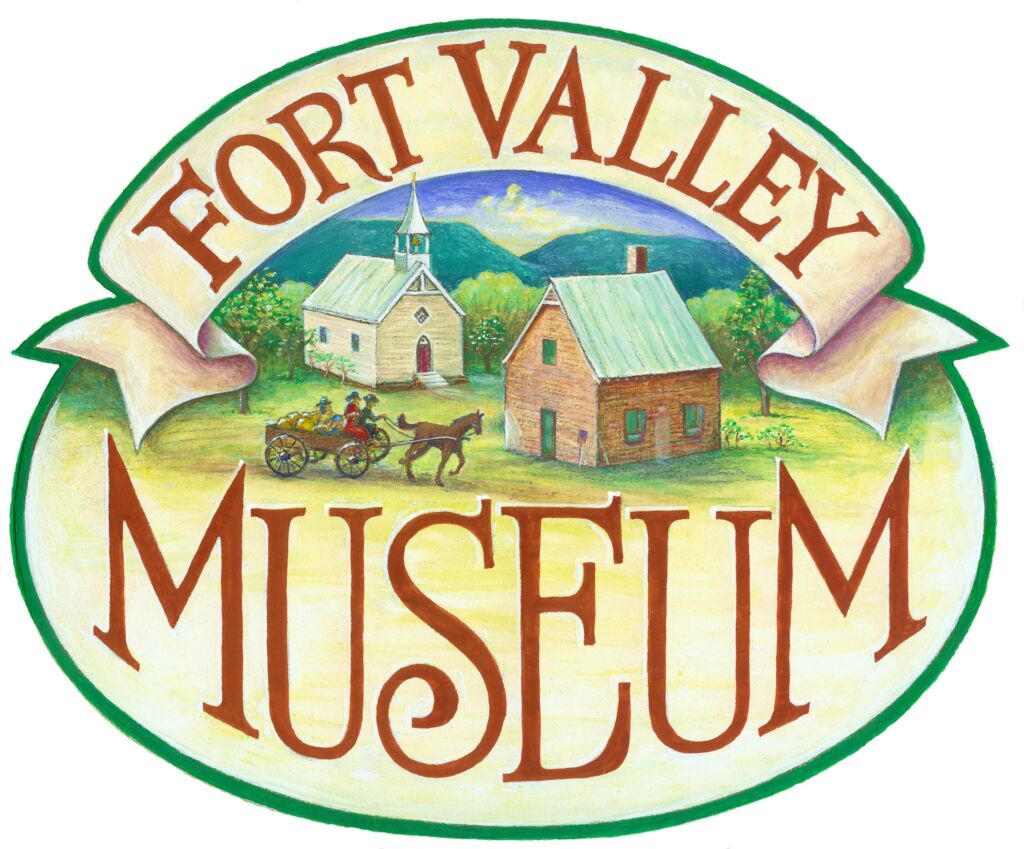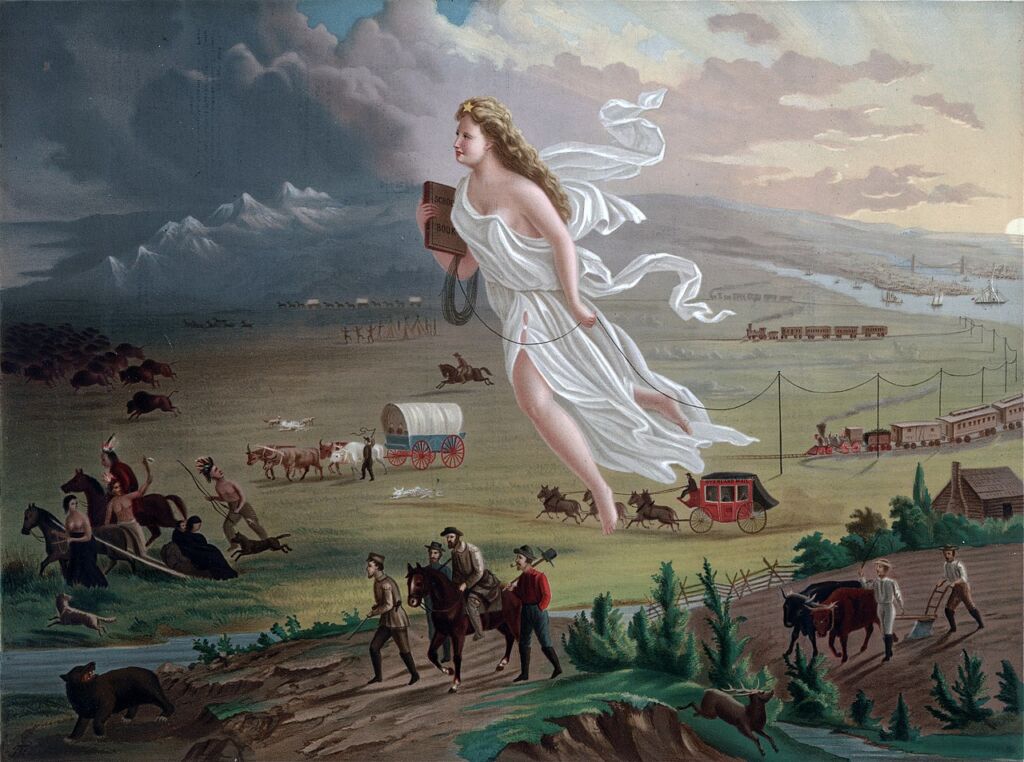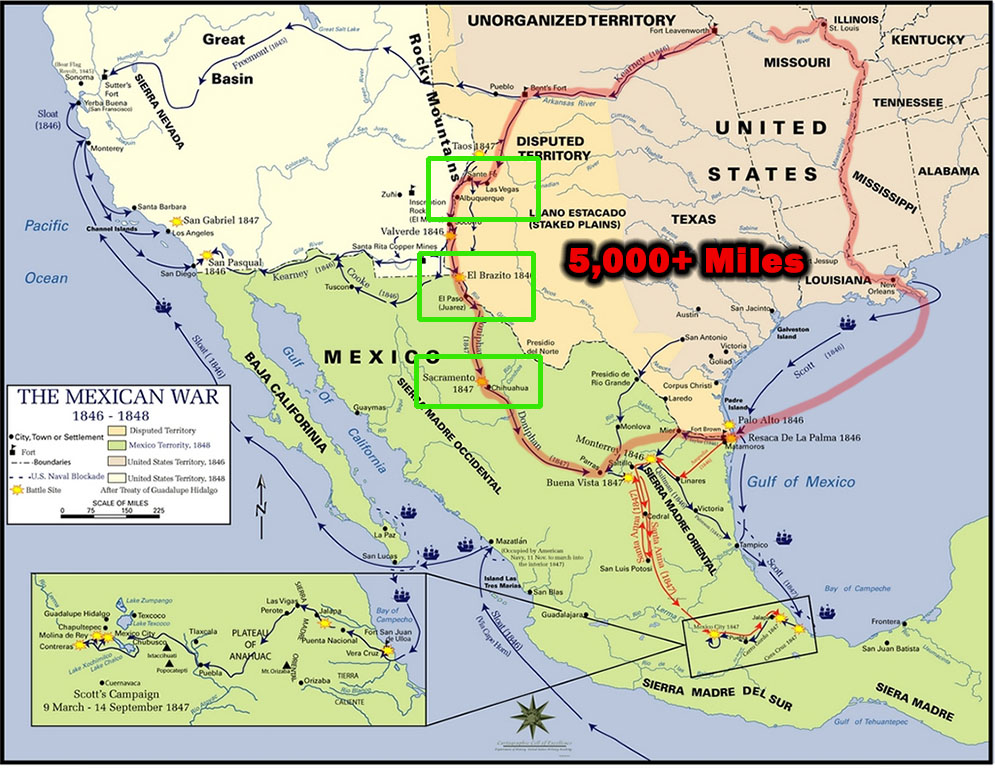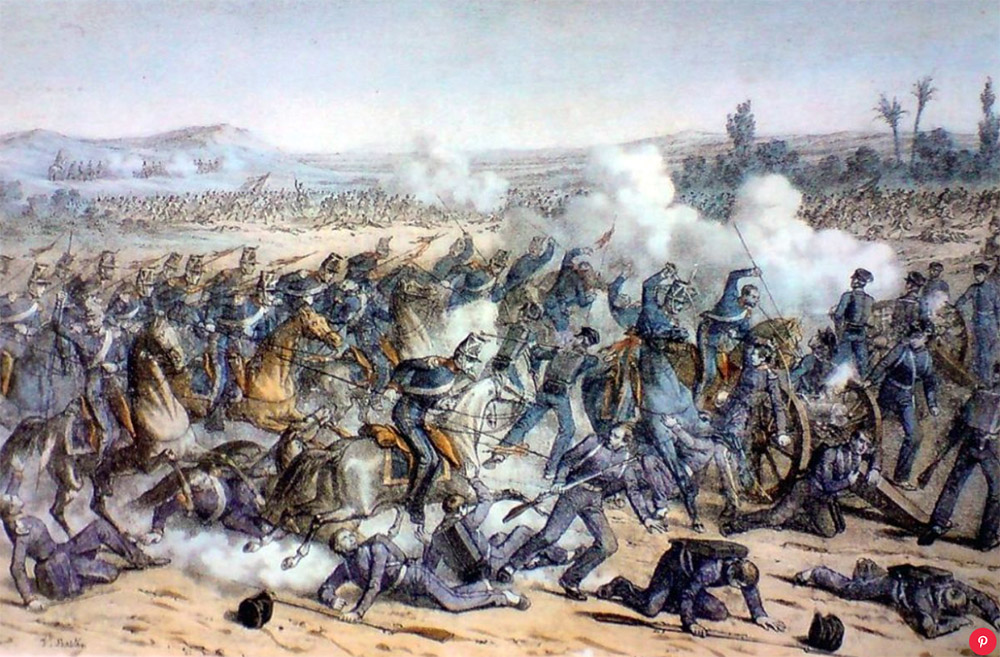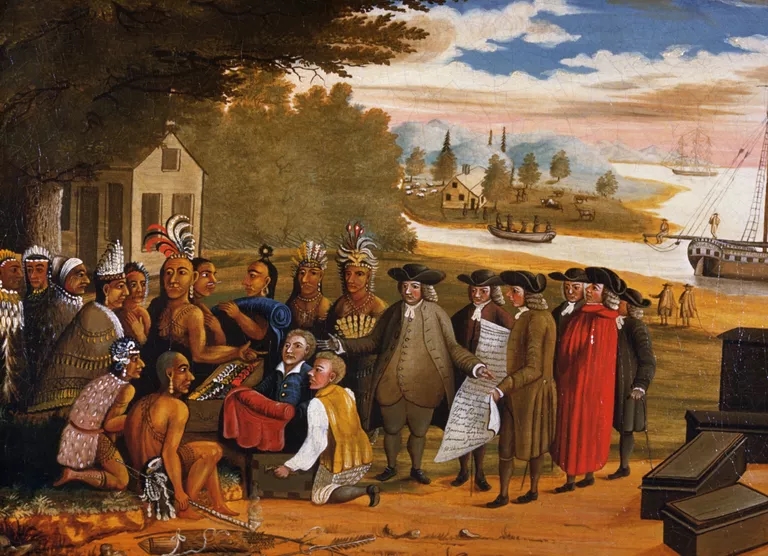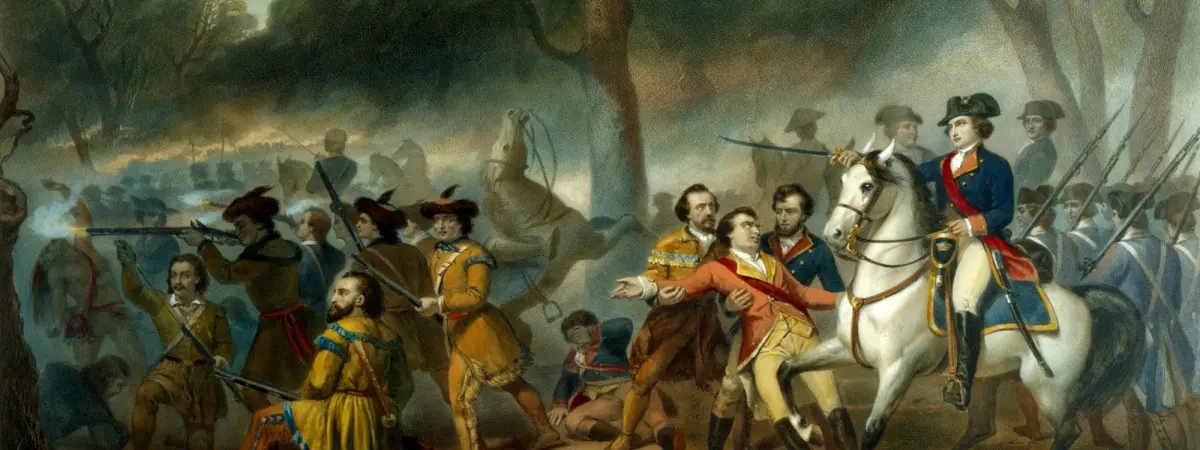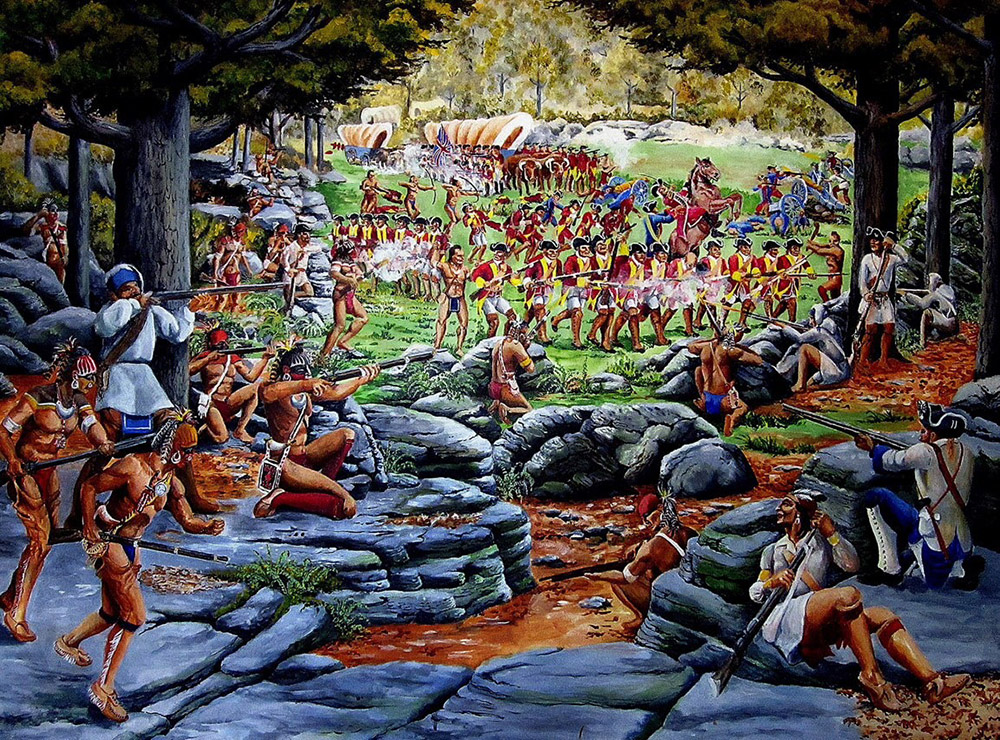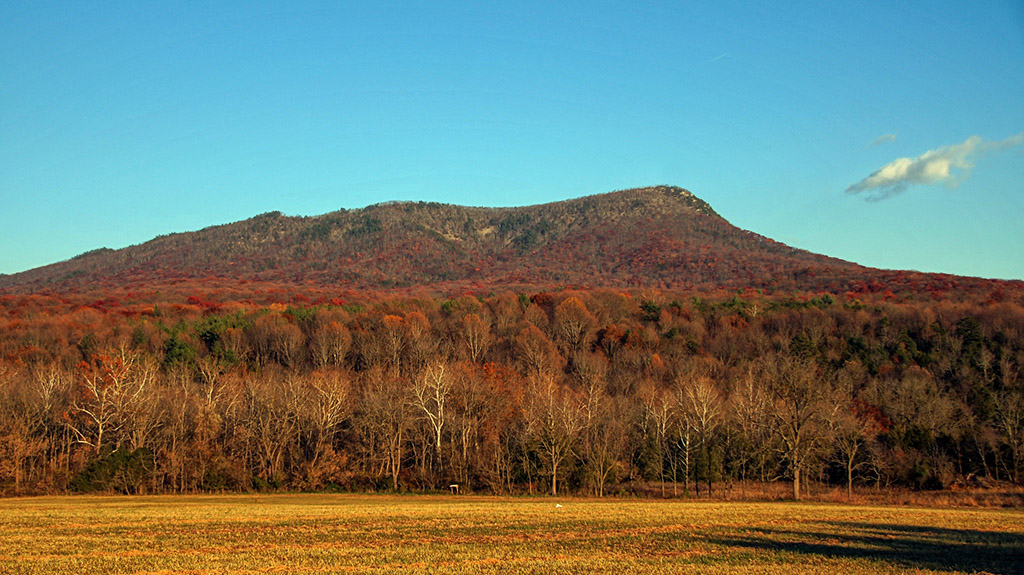01 – Black Forest of Germany
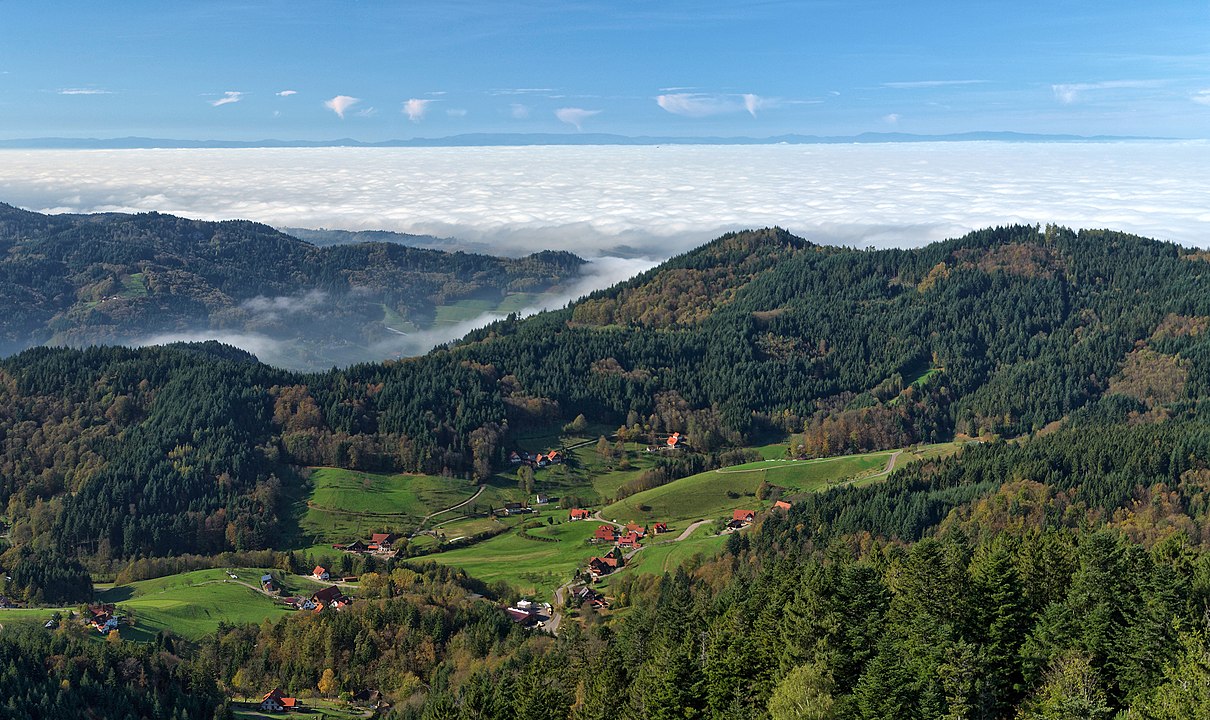
01 - The Black Forest of Southwest Germany
– First Evening Stop on Our Hiestand-Haston Family Heritage Tour to Switzerland and the Rhineland of Germany –

The Black Forest is Known for its Awesome Beauty
Our first evening will be spent in the Black Forest, along our way from Frankfort Germany to Zurich, Switzerland. The Black Forest is a large forested mountain range in the state of Baden-Württemberg in southwest Germany. It is bounded by the Rhine valley to the west and south.
The Black Forest is Known for its "Black Forests"

The Black Forest is Known for its Cuckoo Clocks

In many of the shops you can purchase a clock (or another gift) and have it shipped back home to the USA. They make great Christmas gifts!
And the Black Forest is Known for its Black Forest Cakes

We won’t be able to see all of the sites in the video, but we will see enough of these features to be impressed with the Black Forest.
Four-Page Itinerary – Tour Price – Deposit to Confirm – More Information
Share this with Hastons or related family members who might be interested in the June 14-27, 2023 Hiestand-Haston European Heritage Tour.
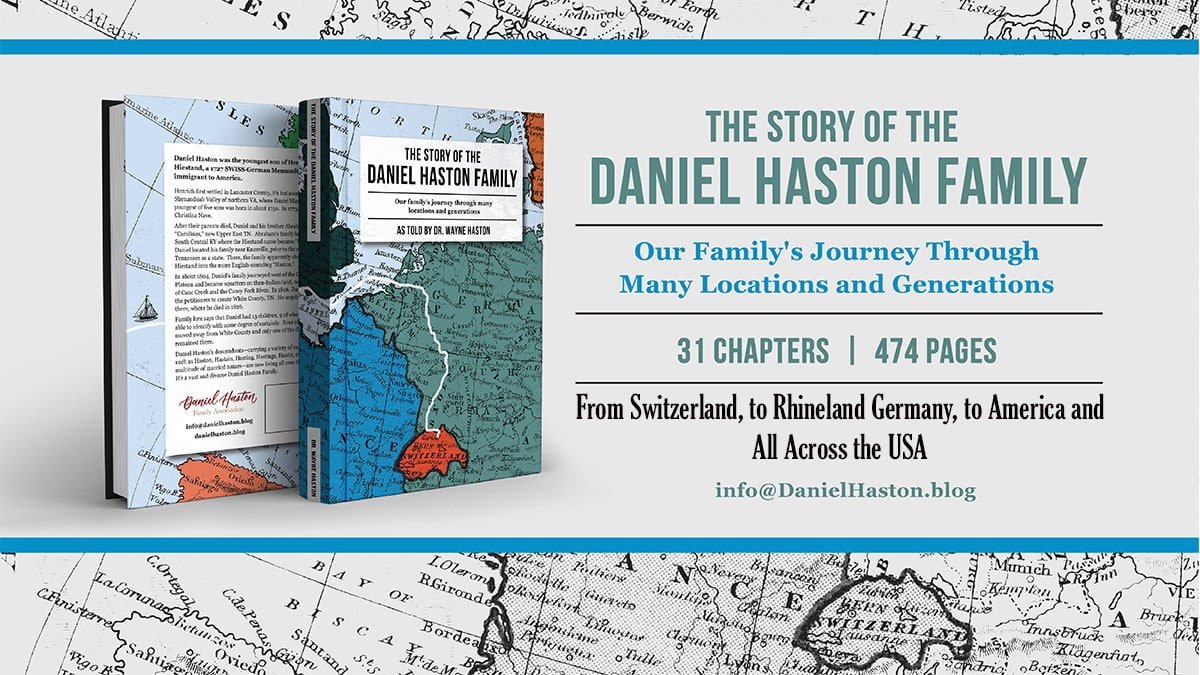
Clarence E. Haston, Jr.
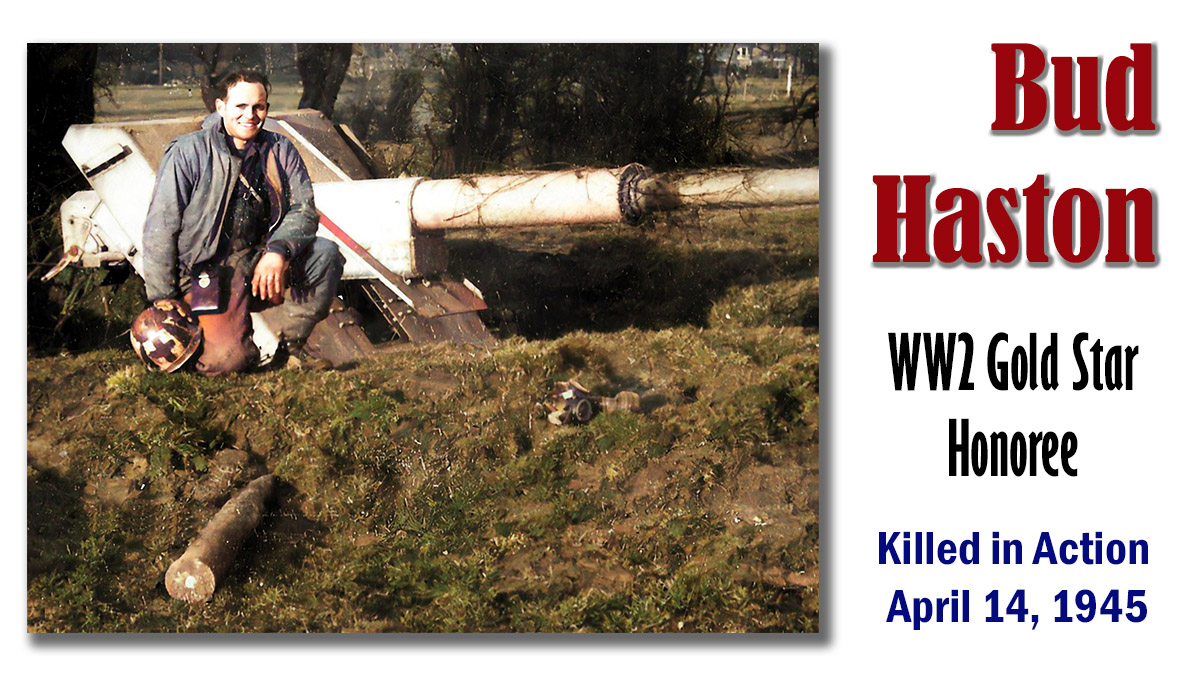
"Bud" (Clarence E.) Haston, Jr.
Awarded the Gold Star Honor In WWII - An Honor Nobody Wants to Win
– Thanks to Chuck Haston of McMinnville, TN for sharing this information with us.
Chuck’s father (Judge Charles D. Haston) is Bud Haston’s kid brother.

“Bud” Haston (Clarence Eugene Haston, Jr.) grew up in McMinnville of Warren County, TN. As is true of most Hastons, Bud’s family was from Van Buren County originally. He was a descendant of Daniel Haston through David Haston. He was a very popular student at McMinnville Central High School, and for one year at Castle Heights Military Academy in Lebanon, TN. He was the manager of the football team at both of the high schools he attended and was chosen as “Bachelor of Ugliness” at Warren County Central–which means he was perceived to be the most handsome boy in his senior class.
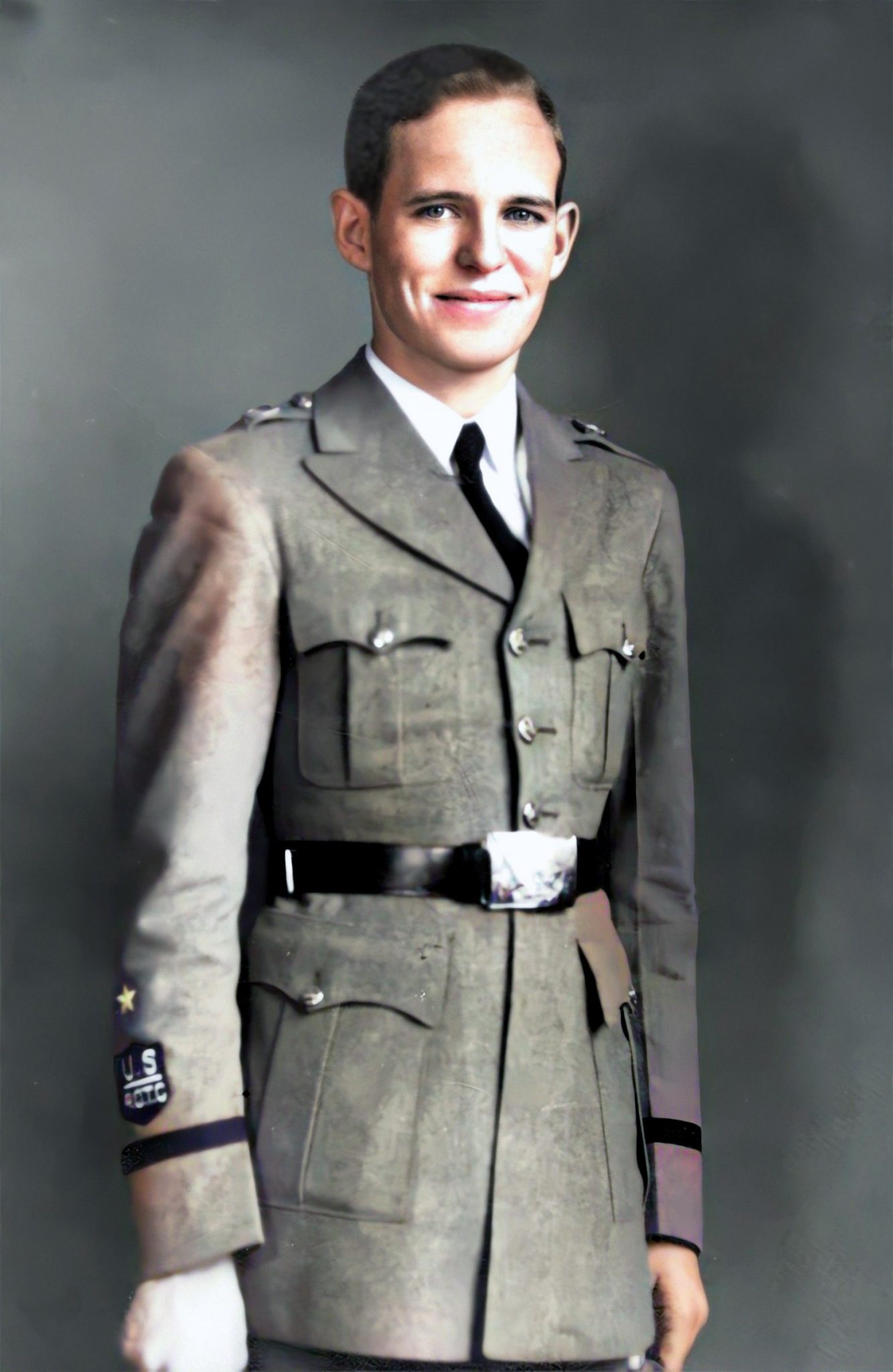
Bud was a handsome guy. He always spoke...very cordial. Bud had an “outgoing” personality and was very charming. If someone mentioned the name “Bud Haston” everyone knew who he was and everyone liked him, he was extremely popular. If you saw Bud around town he always had friends with him. He was the kind of guy everyone wanted to be like and be around.
John Bragg, a hometown friend of Bud
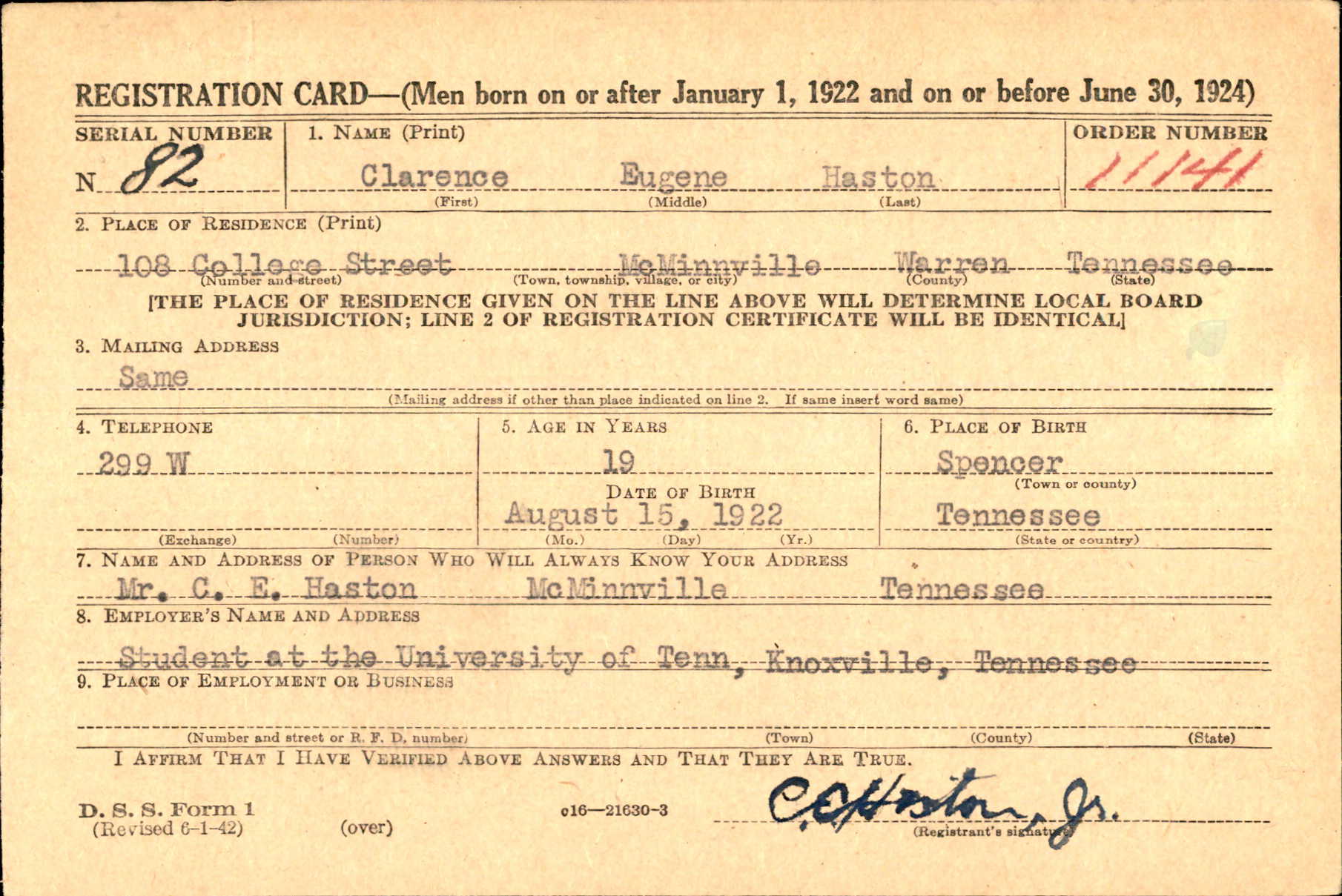
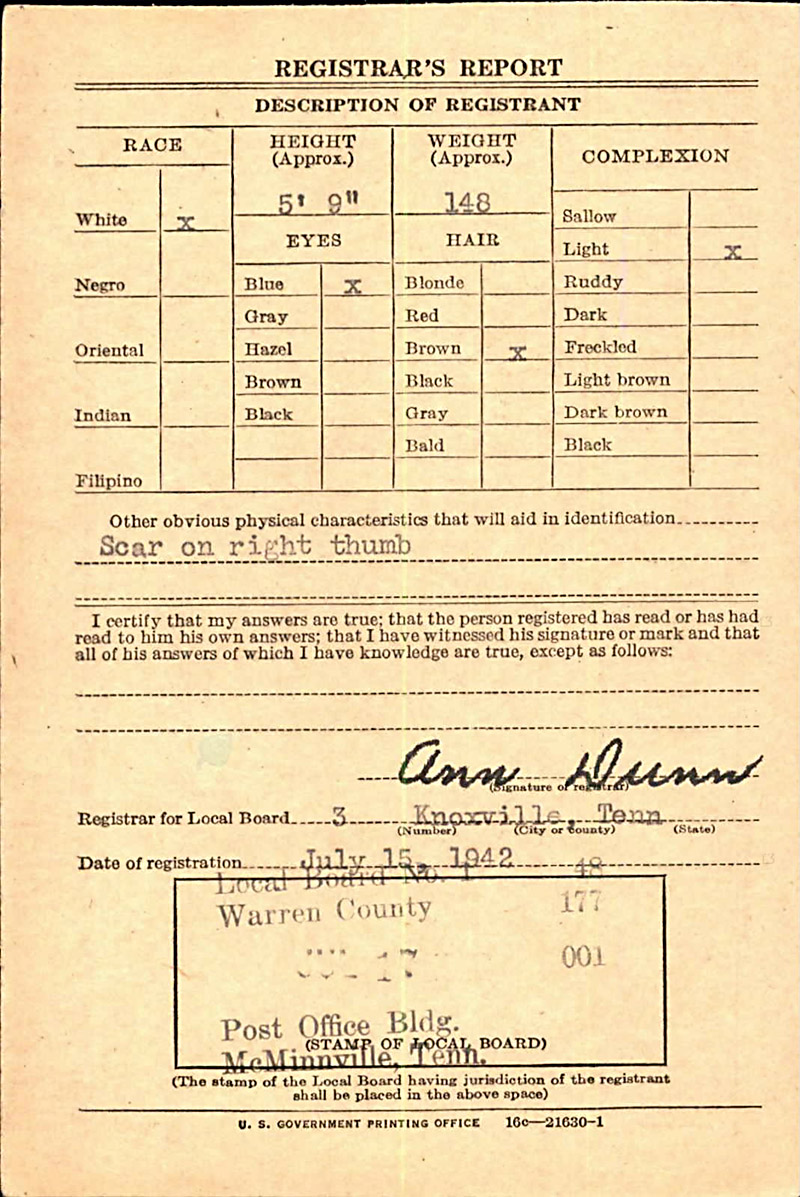
After one year as a pre-med student at the University of Tennessee in Knoxville, Bud enlisted in the army on August 5, 1942. He was trained at the Fitzsimmons Army Hospital in Denver, CO, and then assigned to the 7th Armored Division, 23rd Armored Infantry Battalion, MED/23. Late in the summer of 1944, he was shipped to England and got his first major battle experience in France at the Battle of Chartres, August 15-18, 1944.
French resistance to Hitler’s army was very strong at Chartres. Casualties were high in the battle there, but the city was liberated from German control and the famous Cathedral of Chartres was spared.
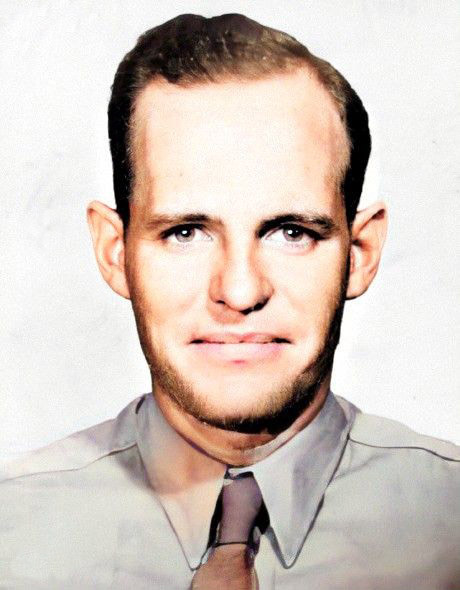
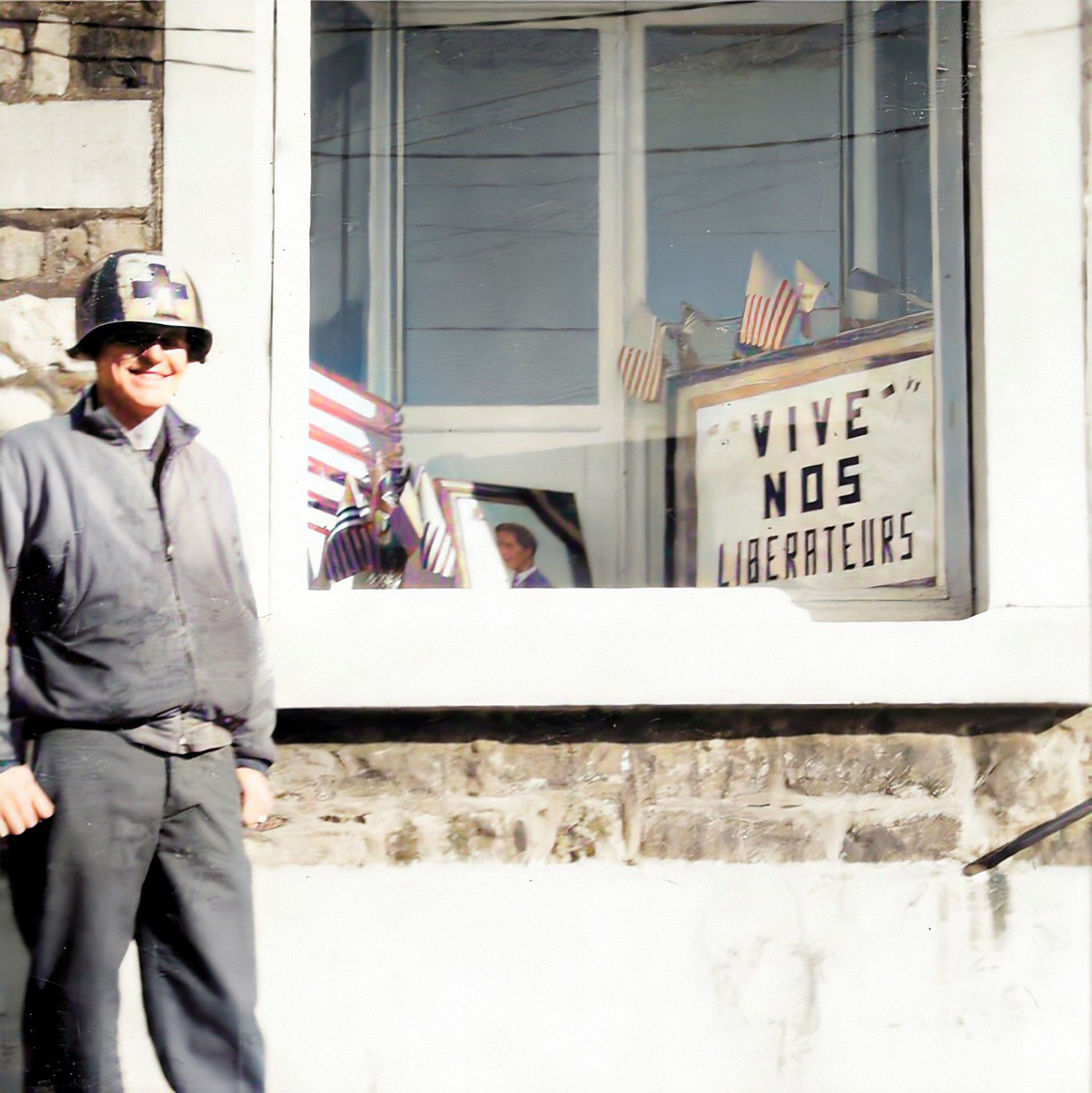


Bud held the rank of Technician 5th Grade or Tech-5. Technicians possessed specialized skills that were rewarded with a higher pay grade, but had no command authority. T/5 was under the pay grade 5, along with corporal. Technicians were easily distinguished by the “T” imprinted on the standard chevron design for that pay grade.
Bud’s specific role was an “Aidman,” essentially the same thing as a “Medic” in his unit. His job was to practice front-lines emergency patient care until the patient could be transported to the aid station. The mortality rate for Aidmen was high!
Maurice Lonsway, who became an MD after the war, was a friend and fellow Aidman with Bud. Years later, Dr. Lonsway told the Haston family that he and Bud were responsible for about 400 people. They were assigned to a jeep with two others. The two others were primarily responsible for transporting the injured back to the aid station. He (Lonsway) and Bud rode on stretchers in the back of the jeep until they reached a point just behind the front lines. He and Bud would dismount…Bud went one way and he went the other. They went from foxhole to foxhole treating the wounded. If the combat was intense, they had to provide as much treatment as possible and wait to transport. He said he remembered “a lot of yelling and a lot of running” and that during combat….given the number of people they were responsible for….they were very busy.
Bud was wounded by a mortar earlier in late 1944 and was awarded the Purple Heart for that…and of course another one upon his death. His friend wrote home that Bud was written up for the Bronze Star but it was denied due to the circumstances, which, involved him crawling, under fire, to reach and treat a German soldier. I think we all take the most pride in that particular event. We’d like to think that that act exemplifies who he was, irrespective of awards or medals.
Chuck Haston

The mission that the 23rd Armored Infantry Battalion was on, at the time, was to locate and stop remaining pockets of German artillery fire on the high ground near Hemer. Per letters home from those with him, they had stopped at an old factory to eat breakfast. Bud stood up and as he walked in front to the door opening, a stray artillery round landed just outside the door. He sustained a compound fracture of the arm and clavicle area and blood vessels underneath. He was loaded onto a jeep to be transported to the aid station and was asking for his things to take with him but soon went unconscious and died from blood loss before reaching the aid station.
The Telegram and the Letter
As told by Judge Charles D. Haston, relayed through his son, Chuck Haston.
Notification of Bud’s death arrived via Western Union to Lively-Ferguson drug store midday on (or about) the 15th of April 45. The young lady in charge of the Western Union telegram traffic lived on College Street in the “Turner” house located next door to Granddaddy and Grandmother. She saw it and immediately contacted Judge Brady. Judge Brady took it to Granddaddy Haston at his office.
Dad (who became Judge Charles D. Haston) had been to a cub scout meeting after school and was walking home between 4 and 5 P.M. When he got in front of the house next door to his, Ersa Lyon was walking across the street toward Aunt Bess’ house. Ersa stopped in the middle of the street, turned and stared at dad, didn’t say a word, then continued across the street. Dad thought it was a bit strange, but continued into the house. When he walked through the front door he said he saw Dutch sitting in the ivory-colored chair in the living room and noticed a lot of flowers around. Still, it did not occur to him what had happened. He went back to his parents’ bedroom and sat in a chair at the foot of the bed. Soon, Granddaddy came back to the bedroom. He leaned over, put his hands on Dad’s shoulders, and said, “ Bud’s not coming home”…then told him to go down the street to play.

Obviously this was a traumatic time and it is hard to imagine the incredible loss felt by all. Bud was one of…if not THE last one killed in his unit. Granddaddy Haston told Dad later that he thought Bud had made it through the worst of it, and they were optimistic he would survive. He said that he did not see Granddaddy express his emotions, outwardly, ever. He is not sure how Granddaddy was able to keep things together during this time.
Bud Haston's Burial in the Netherlands American Cemetery
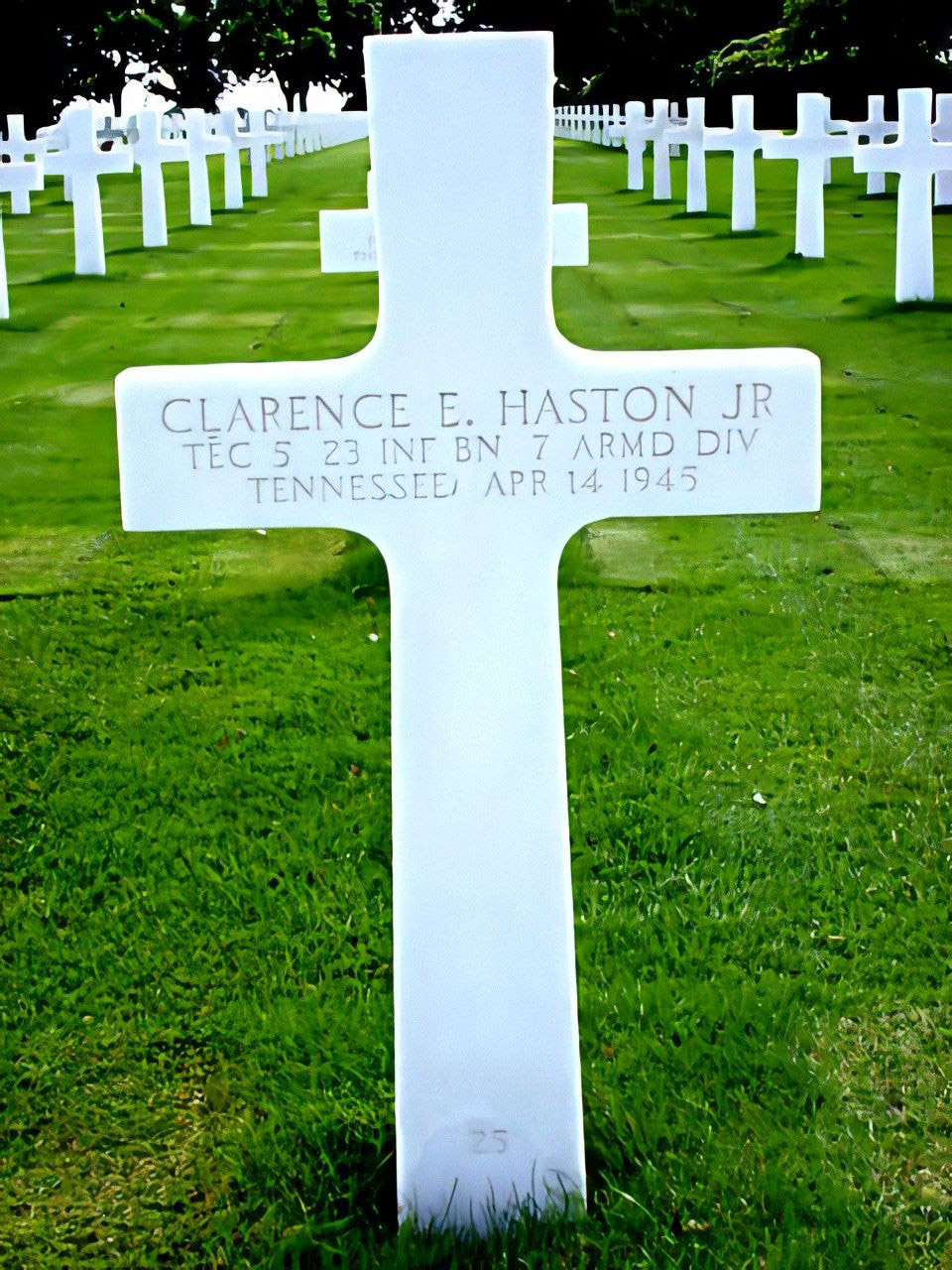
Bud died April 14th, 1945 near Deilinghofen Germany. When he was killed he was with the 23rd Armored Infantry Battalion (Med23) and was the last one in his unit killed in combat activities. The nickname of the 23rd AIB was “The Wolf” (thanks Mike Jones). He was a medic and at 23 years old was considered one of the “old men” of his outfit...something he wrote home about. He mentioned at one point it got pretty rough and the American and German medics shared the same barn and treated each other’s wounded.
Chuck Haston
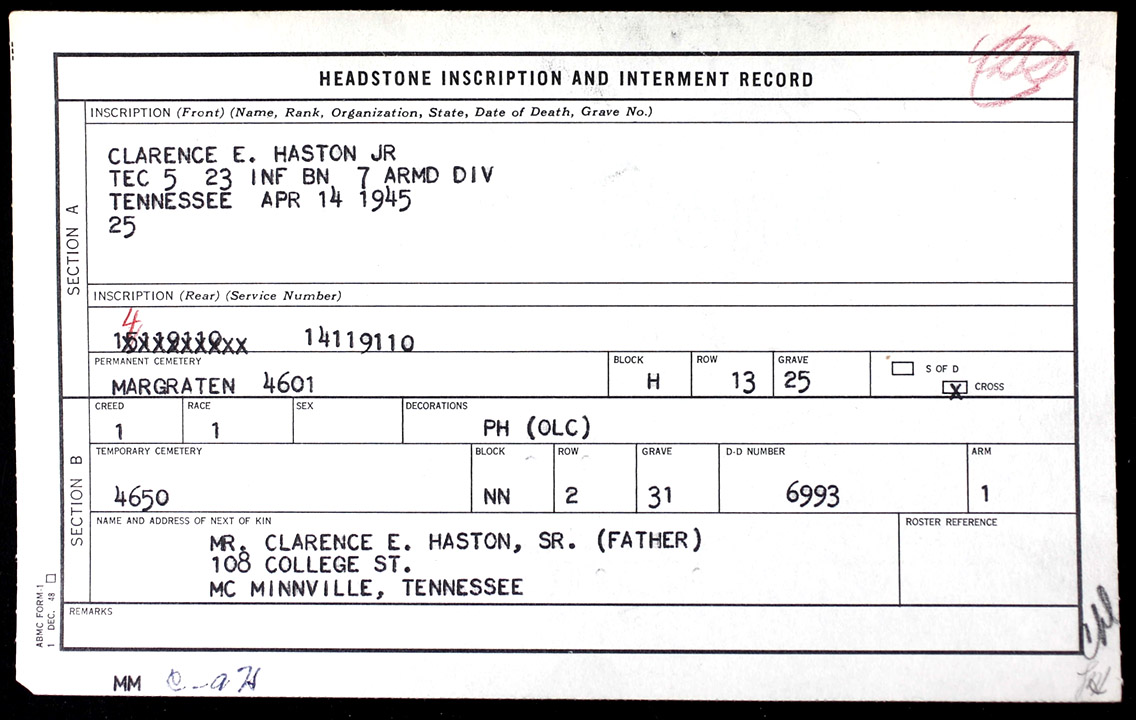
The Irony of the Location of Bud's Death
Bud was a descendant of our Daniel Haston. Thus, his Great-Great-Great-Great Grandfather was Henrich Hiestand, who grew up in the often war-torn Rhineland River Valley near where Bud was mortally wounded. The frequency of war in that area was probably one of the motivating reasons Henrich, Bud’s immigrant-to-America ancestor, left Germany to come to America. The village of Ibersheim, Germany from where our Hiestand-Haston ancestors lived was only 163 miles south of where Bud died.
Henrich Hiestand > Daniel Haston > David Haston > Isaac T. Haston > David L. Haston > Clarence E (Sr) Haston > Clarence E (Jr) aka Bud Haston
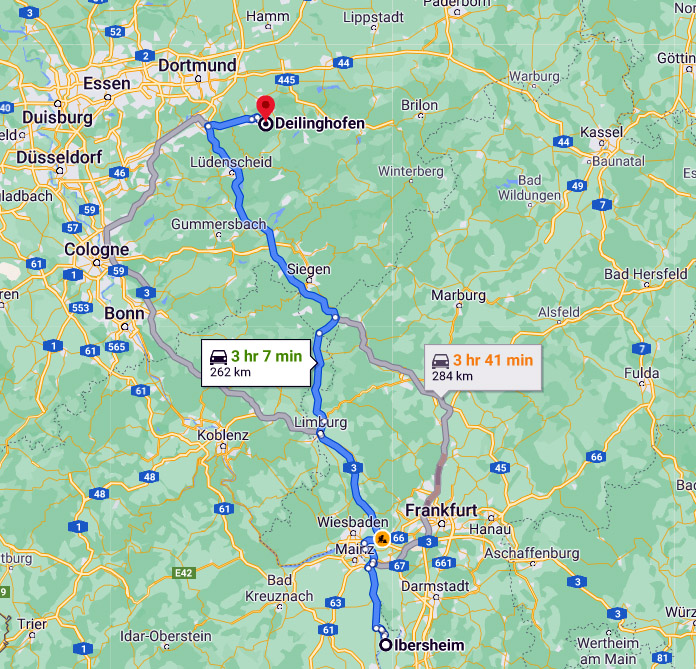
If you appreciated this article, please share it with others who might be interested.

16 – Daniel Haston and the DAR and SAR
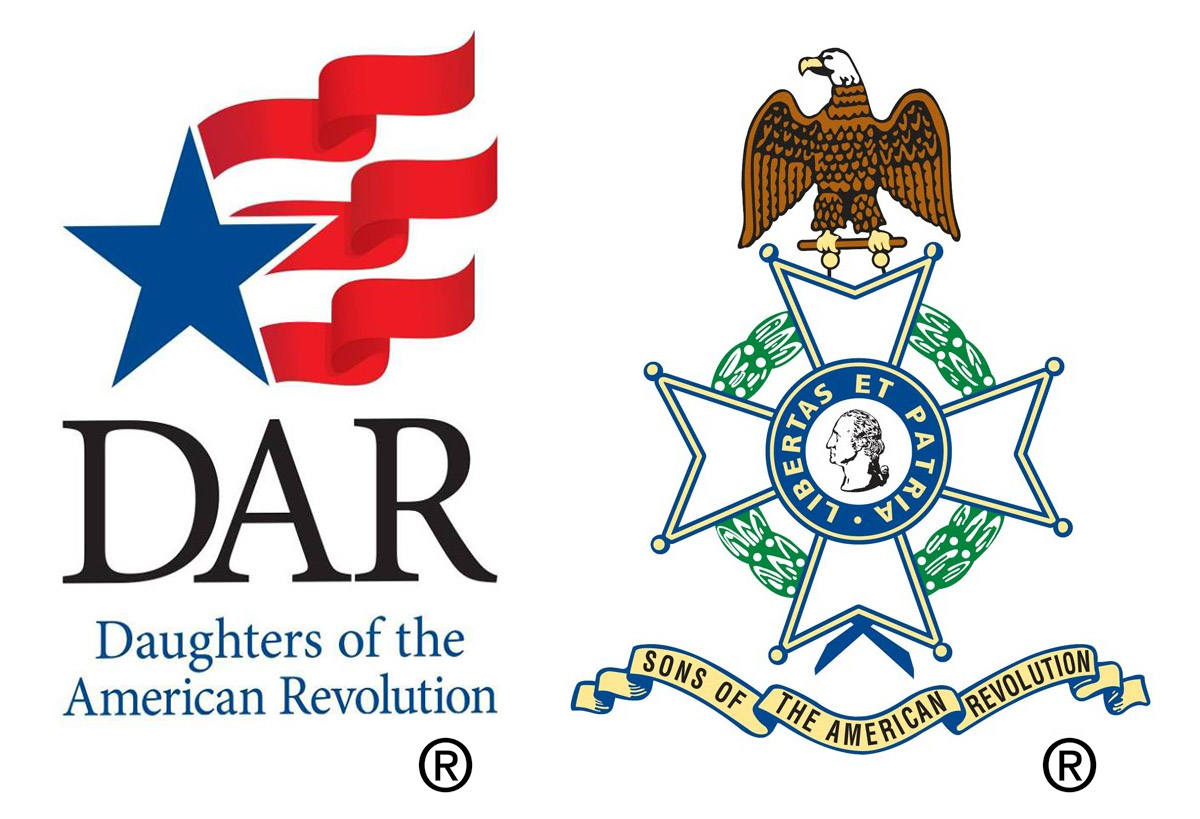
16 - Can I Get Into the DAR or SAR through Daniel Haston?
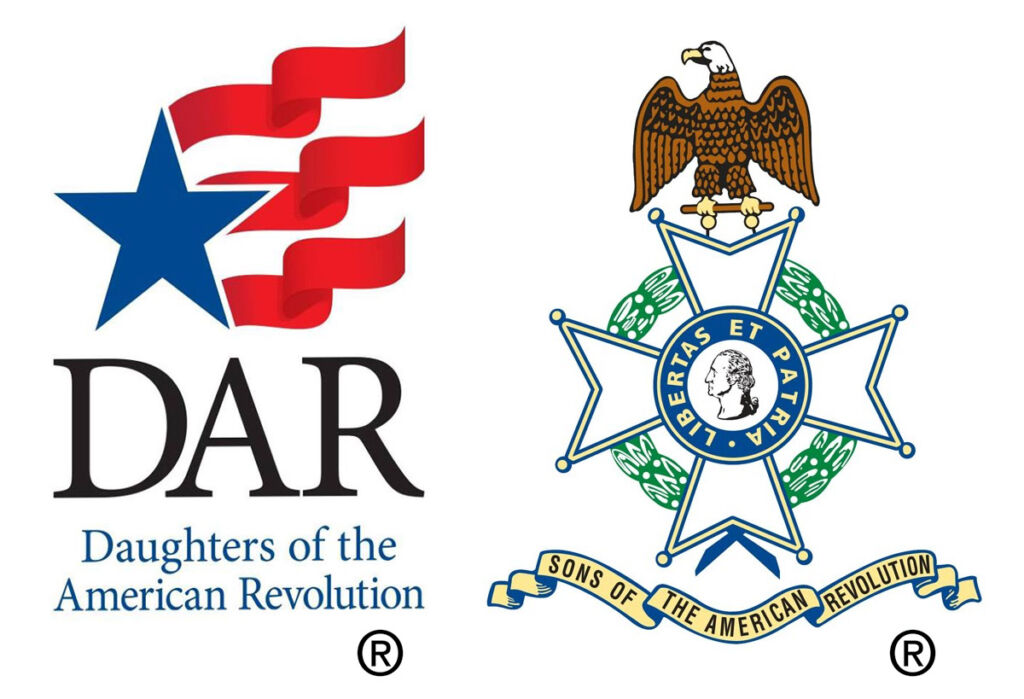
The centennial of the signing of the Declaration of Independence in 1876 renewed a fervor to honor our country’s Revolutionary War patriots. In the year of that centennial, the Society of Cincinnati (Ohio) launched The Sons of the Revolution and a group of men in San Francisco, California who were descendants of Revolutionary War soldiers formed the Sons of Revolutionary Sires. These organizations were the pioneers of hereditary patriotic societies and the forerunners of the National Society of the Sons of the American Revolution (SAR). Sensing a need to have their own organization a group of women met in Washington, D.C., the year following the founding of the SAR, and formed the Daughters of the American Revolution (DAR).
Yes, but can I get into the SAR or DAR through Daniel?
This is probably the most often-asked question I been asked, in my years of researching the Daniel Haston family. I’ll get right to the point and say: Yes, for the SAR, if you can prove your lineage back to Daniel. Very doubtful if not impossible, for the DAR. But don’t stop reading yet, there is more you should know.
IMPORTANT: But before we move on, keep in mind that membership in either of these societies does NOT prove an ancestor was a Revolutionary War soldier, AND inability to get in does NOT prove he was not.
SAR - Sons of the American Revolution
A couple of years ago, I was told by the Record Copy Clerk of the National Society of the Sons of the American Revolution that two men had joined the SAR through Daniel Haston, one in 1960 and the other in 1974. I have since learned that a son and a grandson of one of those men have recently been admitted into the SAR, and perhaps other.
On November 10, 1960, the SAR application for Keith Monroe Wallace of Sparta, Tennessee was “approved and registered” by the SAR Registrar General. Keith (descendant of Daniel Haston through Daniel’s son David) submitted the North Carolina bounty land grant document #2344 as evidence of his eligibility for the SAR. His national SAR membership number was 86049 and his Tennessee membership number was 1074. Keith indicated that he was of the “lineal descent in the…line from Daniel Hastings.” He stated, at that time, that Daniel was from Holland and was born about 1756.[i] We now know that Daniel’s ancestors were originally from Switzerland, but his father grew up on the Rhineland of what is now Southwest Germany.
[i] Keith Monroe Wallace, “National Society Sons of the American Revolution – Application for Membership, 86049-1074.” (Nashville, TN: Tennessee Society of SAR, November 10, 1960)
Dwight E. Haston of Spencer, Tennessee (descendant of Daniel Haston through Daniel’s son Joseph) was accepted into the SAR on May 23, 1974 as member 105819-1569 (national membership 105819, Tennessee member 1569). Dwight also submitted the “Daniel Haston” land grant document (that will be discussed in the next article) as proof that he was a “son of the revolution.”[i] But he also cited page 280 of the Roster of Soldiers from North Carolina in the American Revolution, a DAR publication, which was based on the North Carolina Revolutionary War military land warrant #2344. Dwight claimed, at that time, that Daniel Haston was born in North Carolina in the year 1735. The 1735 birth date came from another document that I’ll write about in a later article. Dwight no longer believes the 1735 birth date for Daniel is accurate, nor does he believe that Daniel was born in North Carolina–more on that, later. It is understandable that he based his application on what was known at that time. But much about Daniel Haston has been discovered since 1974.
[i] Dwight Haston, “National Society Sons of the American Revolution – Application for Membership, 105819-1569.” (Nashville, TN: Tennessee Society of SAR, May 23, 1974).
According to the SAR, no one has applied to the SAR through either of Daniel’s brothers—Jacob Hiestand, Peter Hiestand, Abraham Hiestand, or John Hiestand.[i] A descendant of a Pennsylvania “Abraham Hiestand” was accepted into the SAR in 2005, but this was not the Abraham Hiestand, son of Henrich Hiestand of Virginia.
[i] NSSAR Record Copy Clerk, response to the author with regard to searches for membership applications, March 14, 2019.
DAR - Daughters of the American Revolution
The DAR has admitted more than one million members since its founding, with nearly 200,000 members in 2021, compared to over 37,000 members in the SAR.
Jacob and Peter Hiestand’s Descendants and the DAR
Even though Daniel’s older brothers, Jacob and Peter, probably did not fight in the Revolutionary War, their descendants are eligible for membership in the DAR. How is that possible? “The DAR defines a ‘patriot’ as one who provided service or direct assistance in achieving America’s independence,” which includes “those who rendered material aid and supported the cause of American Independence by furnishing supplies, with or without remuneration.”[i] Jacob, Peter, John, and Abraham Hiestant all appeared on militia rolls during (or leading up to) the Revolutionary War. But it is doubtful that either of them participated in active service.
[i] “Accepted Revolutionary War Service,” DAR – Daughters of the American Revolution, accessed December 1, 2019, https://www.dar.org/national-society/accepted-revolutionary-war-service.
In addition to their participation in a local militia, in late 1780 or early 1781, “Jacob Heistand” [Hiestand] sold 490 pounds of beef for two pounds and six shillings to the state of Virginia for use by the American army. Peter received a certificate for 200 pounds of beef he sold for two pounds and ten shillings.[i] Jacob Hiestand is Ancestor # A055132 in the DAR. Peter is Ancestor # A055141.
[i] Harry M. Strickler, A Short History of Page County, Virginia. (1952; reprinted, Harrisonburg, VA: C.J. Carrier Company, 2003), 392.
The Battle of Yorktown that essentially ended the war for the American patriots was fought about 200 miles southeast of the Virginia Massanutten settlement where the Hiestands lived. Harry Strickler noted that “These cattle were driven toward Yorktown no doubt. The year 1780 was the darkness before the dawn. In 1781 Washington concentrated on Yorktown and on October 19, 1781, Cornwallis surrendered.”[i]
[i] Strickler, A Short History of Page County, Virginia, 392.
And Massanutten beef [including Hiestand beef cattle] helped bring the war to a victorious end for American patriots.
Harry M. Strickler
Daniel Hiestand/Haston’s Descendants and the DAR
The “Daniel Haston” name does appear in the DAR’s 1931 publication, The Roster of Soldiers from North Carolina in the American Revolution, on page 280 where it cites military bounty land warrant (incorrectly) #2345 (should be #2344) as a basis for the entry.[i] But you will see in a later blog article, there are serious questions about the validity of warrant #2344.
[i] Hay, 280.
Because the “Daniel Haston” land warrant #2344 was recommended by a Lieutenant William Faircloth, Haston family researchers have assumed that OUR Daniel Haston served in the 10th Regiment of the North Carolina Army during the Revolutionary War (in which Faircloth served briefly). But in the section of the 1931 DAR book which lists the soldiers of that regiment, the name of Daniel Haston does not appear. More will be said about all of this later in this series of articles. The DAR no longer approves applications based on their 1931 book.
I have had several female descendants of Daniel Haston contact me with this question and these (or similar) statements:
"Can you help me get into the DAR? I've applied but have been turned down. They want documented proof that our Daniel Haston was a soldier in the Revolutionary War."
So I contacted the DAR. I was told, “No woman has ever been admitted to the DAR through Daniel Haston.” And I was told they do not keep records of applications that are not approved. From what I have learned recently, that is still the case with the DAR and “Daniel Haston” at the present time (2021).
From some tidbits of evidence I have, my guess is that many women who descended from Daniel Haston have been refused admittance in the DAR throughout its history, from 1877 to the present. But there are no DAR records of rejected applications, so we will never know who or how many.
In some of the following articles, I will tell you more about what I’ve learned over 20+ years of trying to answer this question: Was our Daniel Hiestand/Haston a soldier in the American Revolution?
Why can Daniel Haston male descendants join the SAR when
Daniel Haston's female descendants can't join the DAR?
Bottom line: Because the SAR and DAR are totally separate patriot lineage societies, with their own policies and standards of admission.
The DAR has a history of having a more stringent application process than the SAR–they delve more deeply into the documentation presented in applications than the SAR. That is even more-true in recent years than in the earlier years of its history, as explained by Barbara Esler.
Tracing ones ancestors back to that period and proving that they took part in the conflict becomes the chief task of anyone wanting to join the DAR. They require strict proof. “You have to able to prove by birth, marriage and death records your tie to the ancestor. They can include everything from church records and photos of tombstones to family Bibles,” says Esler.
In the past, say 50 or 60 years ago, the DAR was not as strict about these rules as it is today. “A lot of people got in then that might not pass muster today,” says Esler. But the DAR’s current admission form is quite detailed, much to the chagrin of many who try to join. “People call and say, ‘I have an ancestor who I know was in the Revolution,’ so I send them the admissions form and we never hear from them again,” says Esler.
In some cases people do call back. And at least one was highly indignant. She told Esler that she knew her ancestors had fought in the Revolution, it had been handed down in her family and she didn’t have to prove it to anyone. Esler had to tell her that unfortunately rules are rules and the DAR could not bend them.
In the following two articles, we will look at the two documents that have often been used to prove that our Daniel Haston was a veteran of the American Revolution. If you have a serious interest in this topic, contact me and I will send you a copy of the drafts of two chapters from the book I’m working on–chapters that address this subject in much more detail than I can cram into these articles.
If you appreciated this article, please share it with others who might also enjoy it.

15 – Henry Hiestand’s Estate Settled and the Family Splits

15 - Henry Hiestand's Estate Settled and the Family Parts Ways

Daniel's Mother & Father Die in 1777 and 1779
Peter Hiessandt, Sr.’s, (older brother of Daniel) Bible record was written in the old German script, but transcribed later by descendants. Peter recorded some very helpful information about his mother and father:
Year 1777 the 12th of January my mother left this world for eternity. Year 1779 the 5th day of October my father left this world and his age was 74 and 11 months and 27 days.
Peter Hiestandt
This would mean that Henrich Hiestand was born on October 8, 1704. If he and lived three more days (October 8, 1779) he would have been 75 years old. He was born in the village of Ibersheim on the Rhine River near Worms, Germany.
At age seventy-two and a half, and his wife having passed away two months earlier, Henry Hiestand must have known that it was time to make preparations to follow her into eternity. So, on March 22, 1777, he signed the following will, originally written in German.[i]
[i] Amelia C. Gilreath, Shenandoah County, Virginia Abstract of Wills, 1772-1850. (1980, reprinted, Westminster, MD: Heritage Books, 2007), 93; Will Book B, 2.
In the Name of God Amen. I Heinrich Hiestand residing in Dunmore County in the Province of Virginia do this twenty second day of March in the year of our Lord and Saviour Jesus Christ one thousand seven hundred and seventy seven. Make known and declare this my Last Will and Testament in good health and perfect understanding and memory. Thanks be to God for this beneficence. This my Last Will and Testament I make in the following manner and form. To wit firstly it is my will and I ordain that first of all my burial costs and all lawful debts shall be paid from my estates.
Item it is my will and confession and ordaining that my eldest son Jacob shall have five pounds beforehand afterwards though shall receive equal inheritance with all my other children and no more.
Item it is my will and ordaining that my son Jacob inherit my place, where I now should still reside, for [one] hundred and eighty pounds of money as it is current in Virginia after my demise.
Item it is my will and ordaining what of my following property or money and is still remaining of both that everything shall be equally and amiably shared after my death.
Item it is my will and ordaining that my five sons after my decease shall give out to my three daughters until they are all equal inheritance, however I ordain and it is my will that my youngest daughter Magdalena shall have ten pounds less in her inheritance than the other children because of a reason which I now do not like to mention, and likewise my son Daniel shall likewise have ten pounds less inheritance than the six remaining because of the same reason which I now do not like to mention. [emphasis added]
Item it is my will and ordaining that my eldest daughter Barbara shall have nothing of this inheritance so long as she lives with this man in wedlock but when she will be a widow so she shall have her share what comes to her by right like the six above mentioned children, but if she should die before her husband so her children shall have her inheritance instead as they come of age further I declare what my daughter Barbara has received from her inheritance from me which amounts to forty pounds and twelve shillings, herewith I ordain and shall be faithfully carried out that after my demise ten shillings from my estate shall be distributed to the poor.
So this is my Last Will and Testament that all of this shall be firmly and (unbalanced?) kept what I in this my Last Will order: In Witness I have hereunto set my hand and seal the day and year as is written above.
Signed
Pronounced
by me the aforesaid Henrich Hiestand
as my Last Will and Testament
In all your presence
Joh. Krück the 22nd March 1777
Henrich Hiestandt
To the following it is my Will and Confession and ordaining in this my Will and Testament that my grandson Christel Harnisch shall receive no more from this inheritance because he has already received more than his other siblings have inherited. In Witness hereof I have hereunto set my hand seal in all your presence with day and date as was just already mentioned
Signed
Pronounced
by aforesaid Henrich Hiestand
as my Last Will and Testament
In all your presence
Signed by us the 22nd March 1777
Joh. Krück
Jacob Hiestand
Peter Hiestandt
Andres Gimling
Henry Hiestand died about two and a half years after his will was created.
Gleanings from Henry's Will
As it is sometimes true with wills of other people, Henry’s last will and testament reveals several interesting things about him and his family:
- As expected, German was still his primary language.
- He was blessed to be “good health and perfect understanding and memory” to age seventy-two and a half, when he signed the will. And he gave God the credit for his health: “Thanks be to God for this beneficence.”
- Other than five extra pounds (probably for overseeing the estate settlement), his oldest son Jacob was to receive “equal inheritance with all [his] other children and no more,” including the daughters. In doing so, Henry was rejecting the practice of primogeniture, whereby the oldest son received all of the father’s real estate. The primogeniture laws were repealed at the time of the American Revolution. Thomas Jefferson took the lead in repealing the law in Virginia.
- Jacob would receive the right to the “homeplace” on the river, but he would pay for it.
- For some reason that Henry did not want to mention, his youngest son Daniel and youngest daughter Magdalena had done something to cause Henry to bequeath ten pounds less to them than the other six children. (See below for my speculation about this matter.)
- Henry apparently disapproved of Barbara’s marriage to Mr. Ross, whose full identity remains a mystery to us.
- Barbara, it appears, had already received forty pounds and twelve shillings of her estate for some reason not stated.
- He donated ten shillings (one-half a pound) to help the poor.
- A kind of a footnote was added, stating that “Christel Harnisch” would not receive any inheritance because of what he had already received, probably through his father’s estate settlement. Christel was a son of Barbara, by her first marriage.
- Henry’s sons Jacob and Peter were signatories, as well as his son-in-law Andres (Andrew) Gimling, Maria Magdalena’s husband. Why was a son-in-law asked to sign the will and not John or Abraham or Daniel? It may have been, very simply, because Andres was readily available at the time. But this might seem to indicate that Henry did not have anything against Andres, even though he was seemingly disappointed with Maria Magdalena. Or does it?
- Henry spelled his formal given name differently than most others with the same name: Henrich, not Heinrich. That was also the case on the 1728 naturalization document, as well as the way it was spelled in the 1733 Caspar Wistar letters.
- And Henry spelled his surname “Hiestandt,” the way it would have been spelled back in the Palatinate. His son Peter did the same on this will, which is the way Peter spelled his name in his Bible record:[i]
[i] “Peter Hiessandt, Sr.’s Bible.”
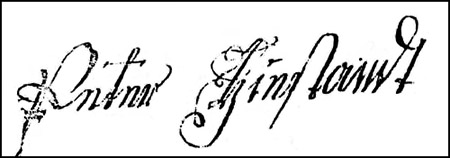
"A reason which I now do not like to mention"
For many years–probably ever since Henry Hiestand wrote his will–people have speculated about his reason for censuring Daniel and Maria Magdalena in his will, in an unmentionable manner. The two most common theories are (1) Daniel fought in the Revolutionary War and his father was a Mennonite pacifist and (2) Daniel and Maria Magdalena, Henry’s two youngest kids, married outside of the Mennonite faith.
All four of Daniel’s brothers were active in the local militia, but Daniel never appears on any existing local militia list or any Revolutionary War muster list or pay record. And in a future article we will see that it is doubtful that Daniel fought in the Revolutionary War. But, if Christina Nave–Daniel’s wife–was a daughter of Henry Nave (as opposed to Dr. John Henry Neff, Jr., she would have been from a Reformed Church family. And think about how distasteful it would have been for a strict Mennonite’s son to marry a girl from a Reformed Church–the very Church that persecuted Mennonites in Switzerland and ran them out of their home country.
But what about Maria Magdalena Hiestand, Henry’s youngest child? She married Andrew Gimlin. Gimlins, at least some of them back in York County, PA, were members of Reformed congregations. And there is some circumstantial evidence to think Andrew Gimlin’s family (Frederick Gimlin, father), may have been members of the Reformed Church that assembled in Timberville, VA, near where the Henry Nave family lived. But, there are a couple of caveats to this story. Andrew Gimlin later in life was a lay leader in Baptist Churches, after he moved to Kentucky. And Andrew was one of the three men who witnessed Henry Hiestand’s will, so he wasn’t disenfranchised from the family, at least completely.
So here’s my contribution to the speculation pool: If I had to guess, I would cautiously guess that it was the Reformed Church vs. Mennonite Church that offended Daniel and Maria Magdalena’s father so strongly that it affected their inheritance.
Division of the Shenandoah River Property
At the time of his death, Henry Hiestand owned a LOT of land, especially if you remember the 400 acres on the Massanutten Mountain in Fort Valley. Not bad for a man who came to America with nothing! He lived the American dream, but he certainly worked hard for it–he earned it.
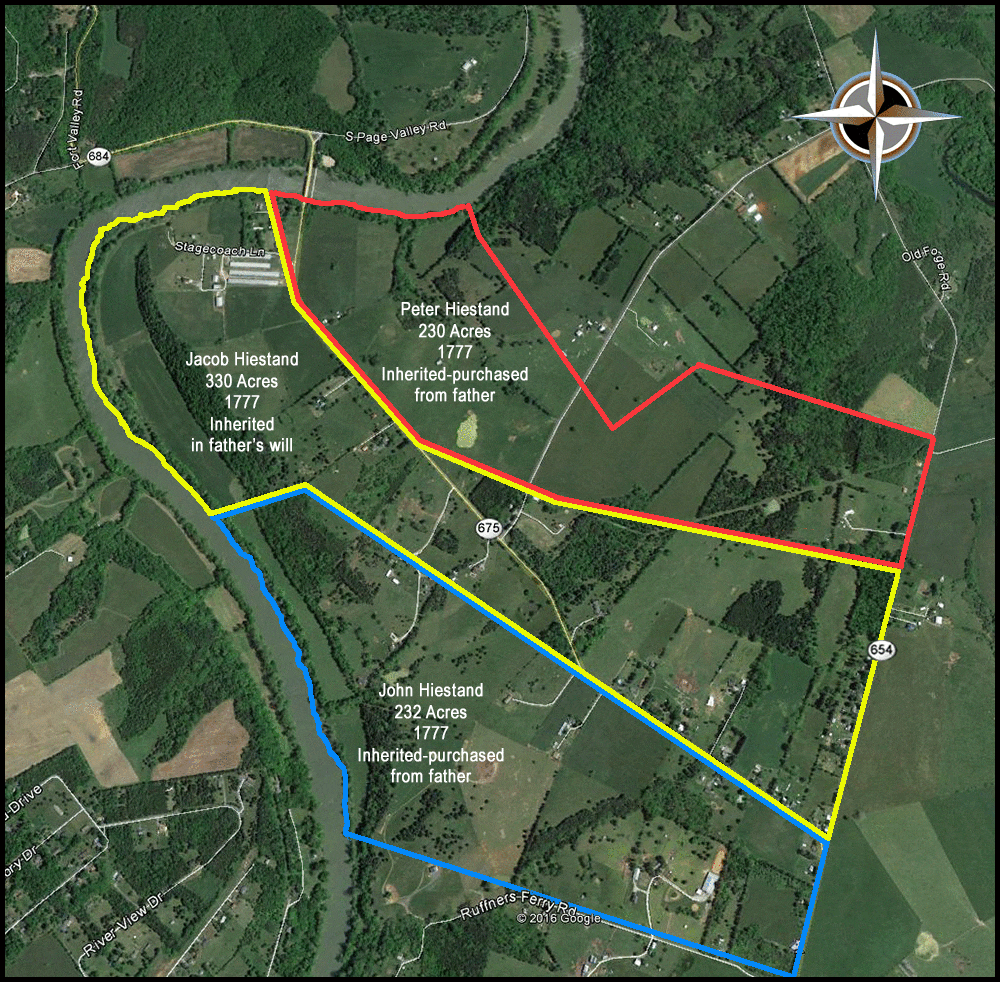
As you can see, three of Henrich’s sons inherited parts of their father’s Shenandoah River land. Abraham had purchased his 300 acre tract in Fort Valley, several years earlier and had been living there. Daniel, it seems, never owned any Virginia land. He lived on his father’s 400 acre Fort Valley tract, probably rent free.
As the oldest son, Jacob inherited a whopping 330 acres, which included a lot of river-frontage on the bend and the Henry Hiestand home place–probably very near the location of the Strickler-Hiestand “Old Stone House” (on now Stage Coach Lane).
The Family Parted Ways
Thursday, August 28, 1783, nearly four years after Henry Hiestand died (October 5, 1779), Henry’s will was proved in court.[i] Robert D. Mitchell’s general comment appears to be spot-on specifically with the Henry Hiestand family:
[i] Gilreath, Shenandoah County, Virginia Abstract of Wills, 1772-1850, 93; Will Book B, 2.
Migration was frequently associated with certain phases of the life cycle, especially marriage and the death of the family head. Families often migrated or gradually broke up after the death of the father or his widow. In some instances, only after an estate had been disposed of could sons obtain enough money to buy land elsewhere.
Robert D. Mitchell
Barbara Hiestand Harnish Ross, born c. 1734
Barbara, Henry’s oldest child, married Christian Harnish. When he died, she married a Mr. Ross. From the will, you saw that Henry didn’t care much for Mr. Ross. Mr. Ross might have been a Quaker, since there were Ross Quakers in the area. But that’s only speculation on my part. As far as I know, Barbara remained in the home area.
Jacob Hiestand, born c. 1736
Jacob, Henry’s oldest son, married Maria Elizabeth Brumback in about 1758. Unlike John, Abraham, and Daniel, Jacob probably planned to remain in Shenandoah County for the rest of his life.
Jacob and/or his son Abraham built the old stone house The old stone house that stands on the east side of the South Fork Shenandoah River, near and just south of the Bixler Bridge on State Route 675 in Page County, Virginia in about 1790.
Eight years or so after the Hiestands built the house, the family sold it to John Strickler in 1798.[i] John Strickler sold it to his half-brother Daniel Strickler, who became a Colonel in the War of 1812 and a prominent local civic leader and clerk of the Mill Creek Baptist Church. The house has remained in the Strickler family to this day.
[i] Amelia C. Gilreath, Shenandoah County, Virginia Deed Books Series, Volume 3 (Abstracted). (Westminster, MD: Willow Bend Books, 2002), 175.
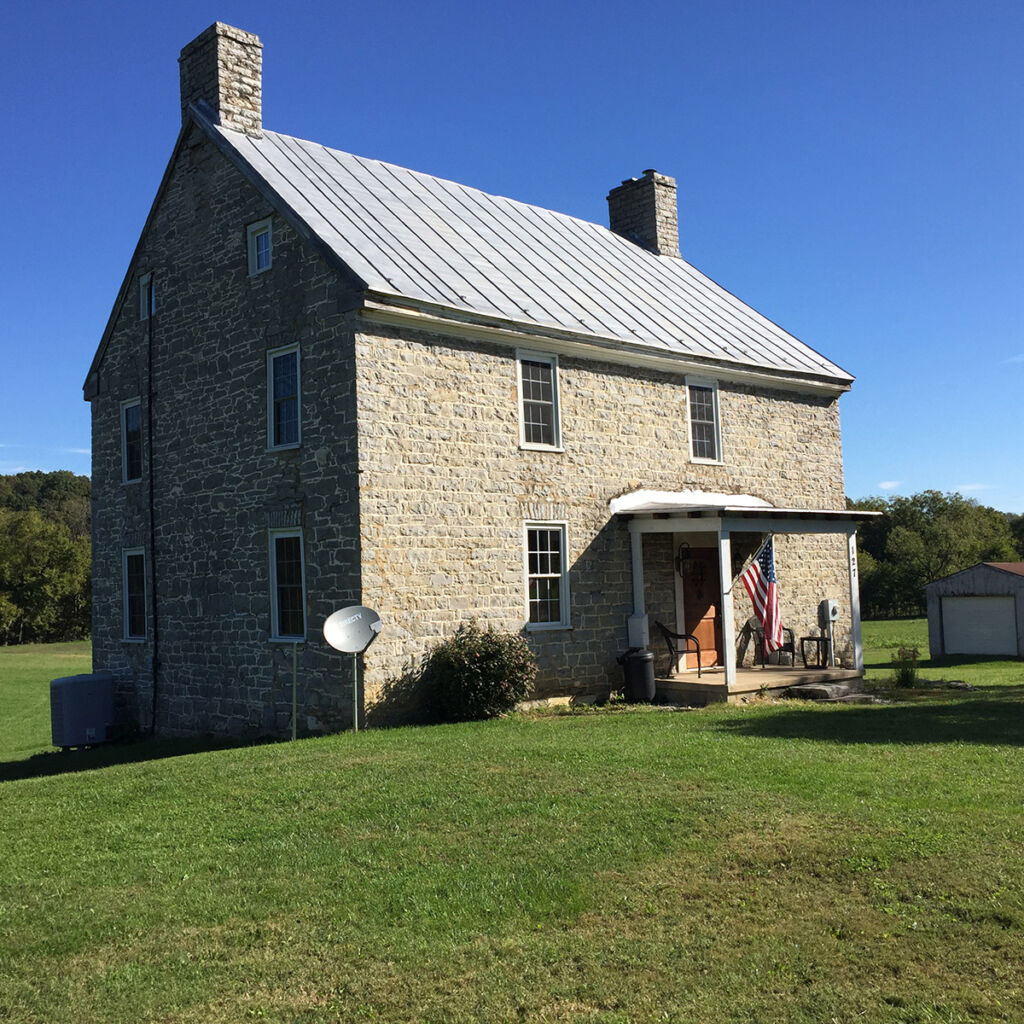
At about sixty years of age, in 1795 Jacob died tragically. A brief biography of Samuel Hiestand, Jacob’s youngest son, states: “Jacob Hiestand, who was drowned in the Shenandoah River while attempting to cross in a canoe, which upset.”[i] If Jacob and Elizabeth were living in the new-at-that-time stone house, Jacob did not live long to enjoy it. Not long after, Jacob’s family sold the property and moved to Ohio.
[i] John Powell, Authentic Genealogical Memorial History of Philip Powell, of Mifflin County, PA: And His Descendants and Others, with Miscellaneous Items and Incidents of Interest, Volume 1. (Dayton, OH: printed by the author, 1880), 368.
Peter Hiestand, born c. 1738
Peter was the only son of Henrich Hiestand who was living in the Massanutten area of Virginia at the turn of the nineteenth century. Therefore, any males carrying the Heiston (Hiestand) surname living in Shenandoah or Page County, Virginia after 1804 were (are) most likely descendants of Peter. His will was dated December 30, 1811 and proved in court on March 9, 1812.[i]
[i] Gilreath, Shenandoah County, Virginia Abstract of Wills, 1772-1850, 93; Will Book B, 2.
Abraham Hiestand, born c. 1740
Abraham migrated south to what is now eastern Tennessee, where he lived for about fifteen years before abandoning fifty acres of land in Pigeon Forge, TN and moving to south-central Kentucky, where he eventually disappeared from public records. The Hestands of Monroe County, KY are his descendants. I’ll say much more about Abraham in some future articles.
Ann Hiestand Ruffner, born October 15, 1742
Ann married Joseph Ruffner, the oldest son of Peter Ruffner, on May 22, 1764. Joseph was very successful as a farmer, with 1,200 acres along both sides of Hawksbill Creek near where Ann Hiestand grew up. But a couple of barn fires, probably ignited by an arsonist, caused Joseph to consider some changes in his life. In 1794, Joseph purchased 502 acres, including a salt spring, in the Kanawha Valley, near where Charleston, West Virginia is now located. In the fall of 1795, Joseph moved his family to the Kanawha River, 175 crow-flying miles westward. “Within five years he was to own everything from the Elk River up the Kanawha to the ‘head of the bottom,’ except for a few town lots. This included all of present downtown Charleston, plus the city’s East End.”[i]
[i] Gerald S. Ratliff, “Ruffner Family,” The West Virginia Encyclopedia, accessed October 19, 2018, https://www.wvencyclopedia.org/articles/138.
Joseph Ruffner died at age 63 in March 1803, but his sons pioneered “the salt industry [there] that would produce within the Kanawha Salines up to 3.2 million bushels of salt annually.” One of Joseph and Ann’s grandsons, Henry (son of David), became a Presbyterian minister and the president of Washington College in Lexington, Virginia (now Washington and Lee University) during the years of 1836-1848.[i] After the Civil War, General Robert E. Lee (1865-1870) served in that role.
[i] Gerald S. Ratliff.
Ann outlived her husband by 17 years and died in 1820, at the age of 78. She has been described as “a tall comely woman of good sense and German virtues” and “a fitting companion.” “She was industrious and active and very benevolent. In her later years she rode much on horseback, making social and charitable visits.”[i]
[i] Mark and Pam Flasch, “Peter Ruffner and His Descendants, Volume II – The Descendants of Peter the Pioneer’s First Child, Joseph Ruffner.” (Luray, VA: Ruffner Family Association, 2007), 6, 10.
John Hiestand, born c. 1746
John sold his land, wrapped up his court business, and apparently moved away from Shenandoah County in or after 1785. Nothing more is known of him.
Daniel Hiestand, born c. 1750
In the following articles, we will track Daniel south into what is now east Tennessee, where he lived before moving to middle Tennessee in or before 1804. Daniel was squatter on Indian-reserved land for a couple of years but signed the July 22, 1806 petition for the creation of White County, Tennessee, where he lived until his death twenty years later.
Maria Magdalena Hiestand Gimlin, born c. 1752
Daniel’s younger sister, Maria Magdalena, married Andrew Gimlin [source incorrectly says “Kemling”] on December 5, 1773.[i] According to Hoyt Gimlin, a descendant of Andrew Gimlin, most of the early American Gimlins were Lutherans or members of the Reformed Church,[ii] but later we will learn that Andrew was a Baptist lay leader in his church, at least late in his life.
[i] Vogt and Kethley, 307.
[ii] Hoyt L. Gimlin, In Search of Gimlin Ancestors. (Santa Fe, NM: published by author, 1998), 4-5.
Between the time of the creation of the 1775 militia roll and his Dunmore County, Virginia court activities in 1777, Andrew made a journey into what Indians called the “dark and bloody ground” west of the Appalachian Mountains that changed his family’s future. While America was declaring its independence from Great Britain, Andrew was building a cabin and growing corn in the wilderness of what would later become the state of Kentucky. I’m talking Daniel Boone era – seriously!
On their way to the over-the-Alleghany back country of Virginia, the Gimlin family probably travelled to Fort Pitt, along the same road that was often used for military expeditions. From there they would have floated down the Ohio River on a flat boat to “the falls of the Ohio” (now Louisville, Kentucky), where they set foot on the path, 75 miles or so, through the wilderness to Harrodsburg. Harrodsburg was founded by James Harrod on June 26, 1774 and was one of only three white settlements (with Boonesborough and Logan’s Fort being the other two) in transylvanian Virginia (now Kentucky) when the Revolutionary War began. Andrew and Magdalena Gimlin were definitely the most adventuresome members of the Henry Hiestand family. Their area of central Kentucky was not safe from Indian attacks for another twenty-five years or so after they settled there. So much I would like to say about this family. I’ll probably create an article just about them, sometime later.
If you enjoyed this article, please share it with others who might be interested.

00 – June 14-27, 2023 Hiestand-Haston Tour to Switzerland and Germany

Hiestand-Haston Family Heritage Tour
June 14-27, 2023 - Switzerland & Rhineland of Germany

Photo above: The “village” of Richterswil in Canton Zürich, Switzerland – where our Hiestand-Haston ancestors lived centuries ago.
A Tour with Double-Value
Scenic Value
The “scenic value” of this tour alone will be worth the price of the entire trip. In Switzerland, you will see and experience the beauty of the Swiss Alps, the mountain villages and farms, the beautiful city of Zürich, the “Crescent Lake” – Lake Zurich, the centuries-old buildings, and breath-taking panoramic views.
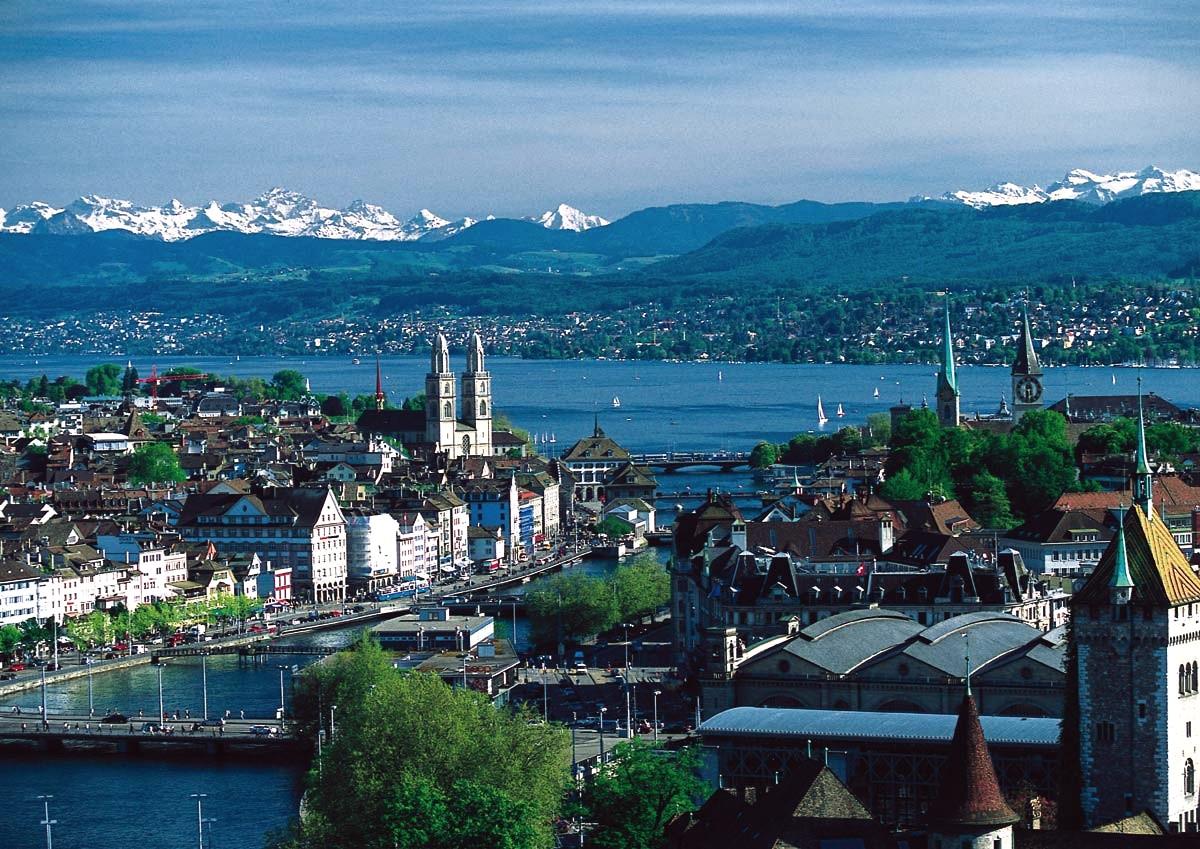
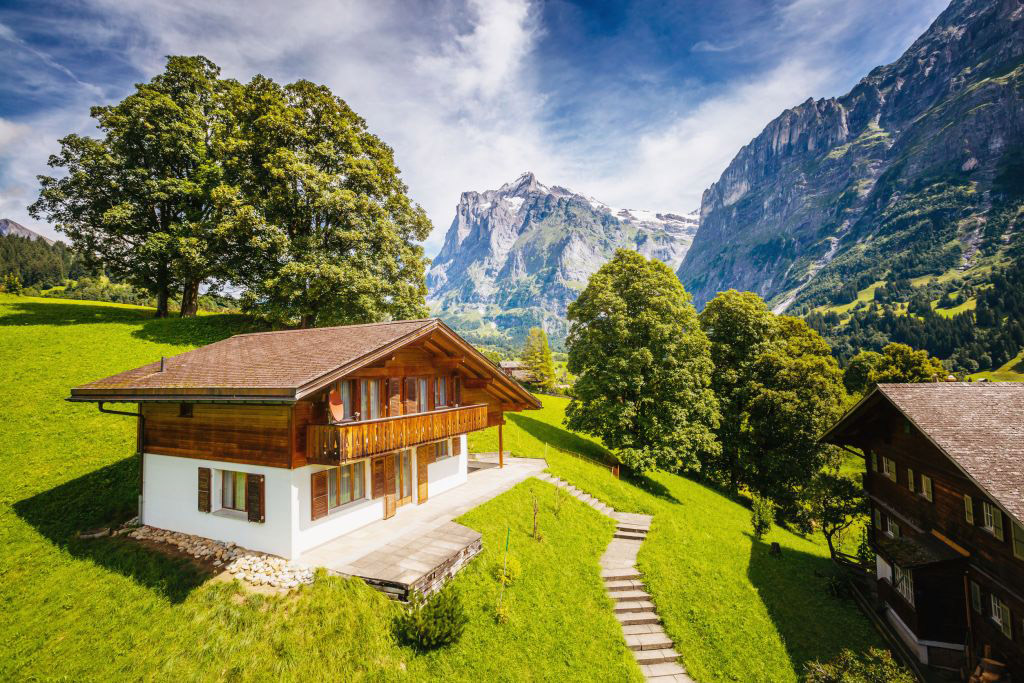
Historic & Family Heritage Value
As you enjoy the beautiful scenery–some of the most awesome scenes in the world–you will learn about the early history of our Haston (Hiestand) family, from 1401 A.D. (and even earlier). You will walk on some of the streets they walked on, see the ruins of the old castle some of them lived in, walk through some of the grounds of the Wilderness Trust property that they have co-owned with other Swiss families for 100s of years, and more. And you will even eat lunch at the Hiestand Bakery in Zürich.
And you will learn much about our Mennonite (Anabaptist) roots from the 16th century–why and how and where they suffered. You will visit one of the caves where Swiss Mennonites met in secret to worship God in much the way New Testament believers worshiped Him.
You will take a ride on the Rhine River–the river that our forefathers used as an escape route to leave Switzerland to find more freedom of religion in the Rhineland of what is now Southwest Germany. You will see ancient castles all along the mountains surrounding the Rhine, castles where our ancestors were forced to stop and pay tolls before moving on down the river.
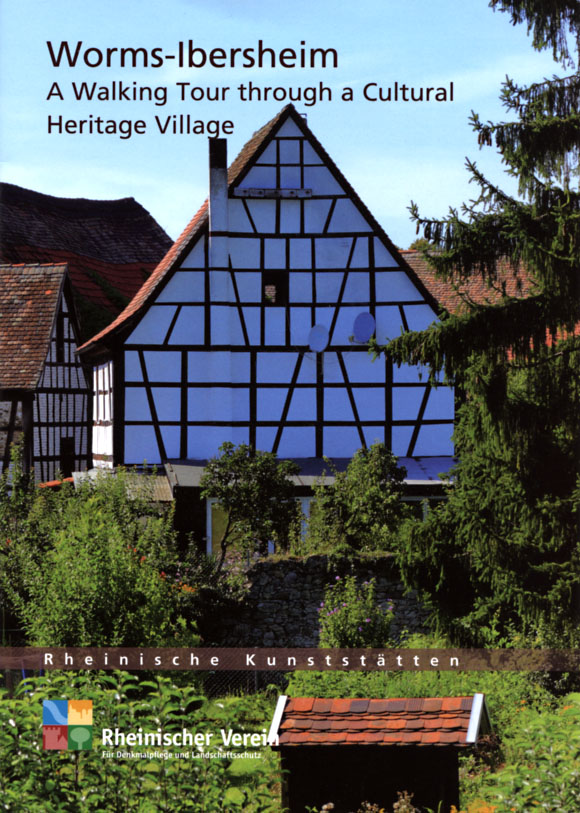
Then, we will visit the village of Ibersheim near Worms, Germany where our Hiestands were allowed to settle to restore the farmland devastated by the Thirty Years War (1618-1648). In turn for their work, they were allowed greater religious freedom than they had known in Switzerland. You will visit–and participate in a church service–in the Mennonite Church in Ibersheim–the same building that many Hiestand ancestors worshiped in.
We will spending four nights here – in this “village” of Richterswil, Switzerland where our ancestors lived and were local leaders 500+ years ago. And we will take a boat tour around Lake Zürich. It’s all a part of the price for the trip.
Preview MANY of the Featured Sites on the Tour
Our Tour Guides
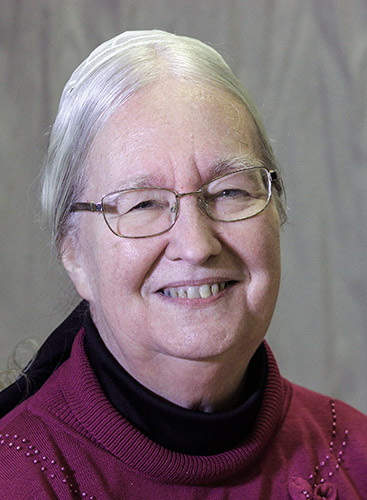

Share this with Haston-Hiestand (& related) family members who might also be interested.

Ruth Haston Norwood
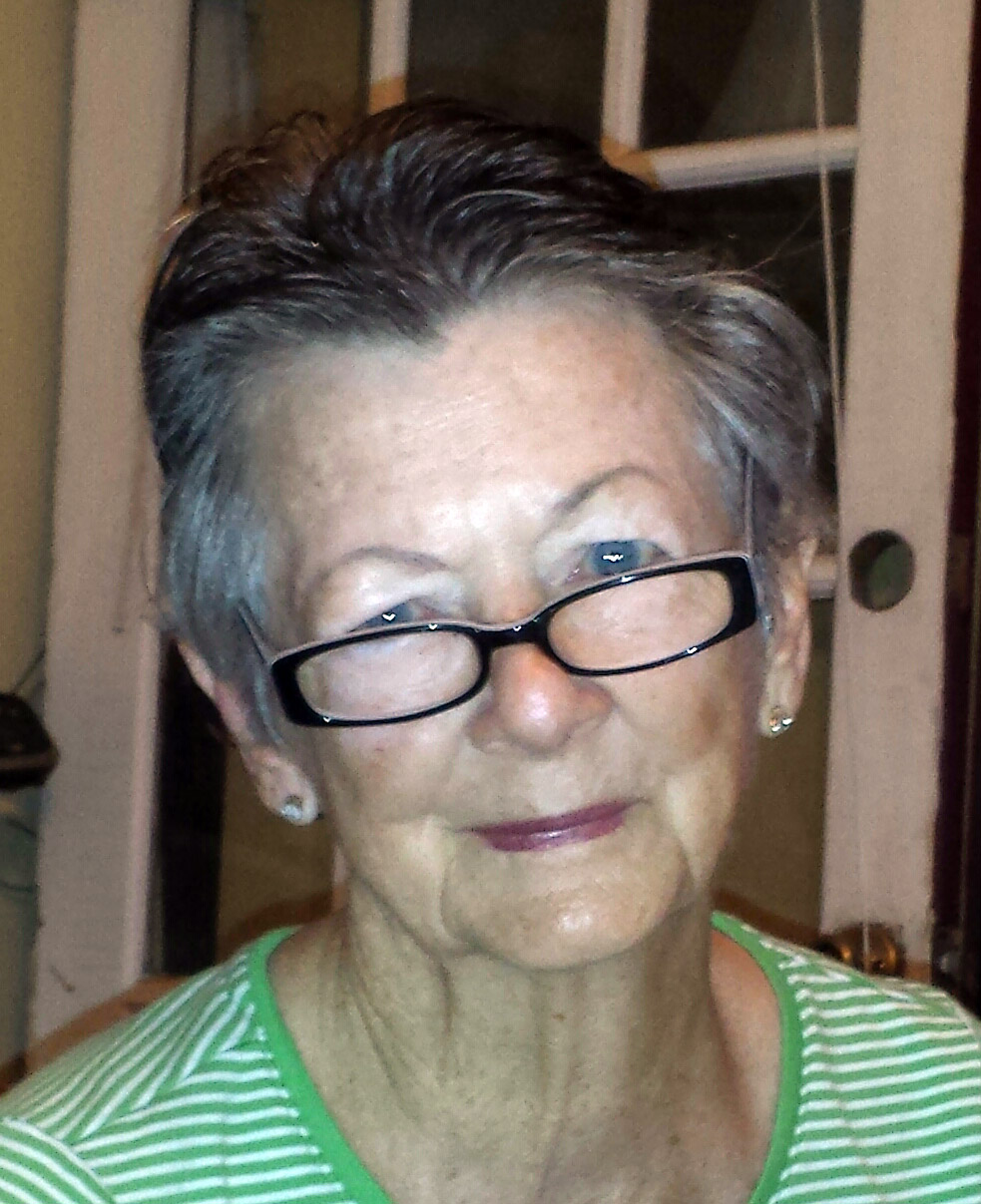
Ruth Haston Norwood
May 15, 1929 - April 3, 2021
A Daniel Haston History Hall of Famer
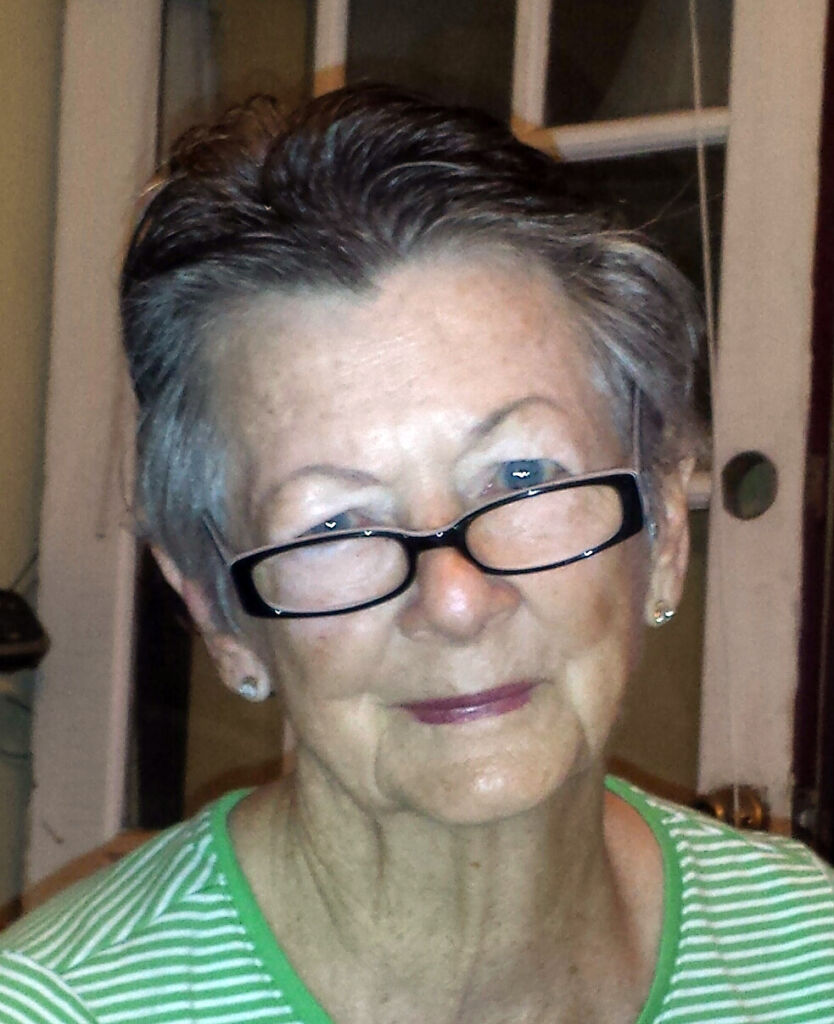
Daniel was my gggg grandfather. David my ggg, Isaac [Isaac T.] my gg, Wm Carroll (not David's son) my g grandfather, Wm Isaac my grandfather.
Ruth Haston Norwood (January 19, 2001)
When I (Wayne Haston) began researching the history of our Daniel Haston family in 1999, it didn’t take me long to come across the name of Ruth Haston Norwood. Then one day, J.D. Haston (of Sparta, TN) said to me, “Wayne, you need to get in touch with Ruth Haston Norwood.” So, I did. Ruth and I exchanged several letters, which I have kept filed away. Saturday (April 3, 2021), when I heard that Ruth had passed away early that morning, I pulled out my file and read through her correspondence with me. Although Ruth and I never met personally, I was immediately impressed by her letters and we “hit it off” right away.
In one of my earlier letters to Ruth, I expressed my gratitude for all that she did in helping me and MANY other members of our family learn about our Haston roots:

Even though I was a novice family researcher, Ruth was always so kind and helpful to me. She regularly expressed gratitude that I was beginning to help carry our Haston family banner–the banner she had carried for us for many years. She always concluded her letters to me in this way:

Earlier this year, when Jane Ritter (also an astute Haston researcher in the Ruth Haston Norwood era) learned that I wanted to honor some of the men and women who laid the foundation for Daniel Haston family research, Jane mentioned Ruth as one who should be recognized…and I agreed.
She did a lot of genealogical work on the Hastons.
Jane Ritter
Ruth’s son, Eric, said his mother’s favorite saying was…
Don't fence me in.
Ruth Haston Norwood
In Eric’s eulogy to honor his mother, Eric wrote:
Happy trails, Mother. No more fences. You’re free to roam. Enjoy yourself and chart the way. We’ll be there in a little while.
Eric Willard, Ruth's son
For many years, it was Ruth’s desire to be buried in the Haston Cemetery in Cummingsville, TN. In honoring her wishes, her family made arrangements to transport her body back to Van Buren County from El Paso, TX.
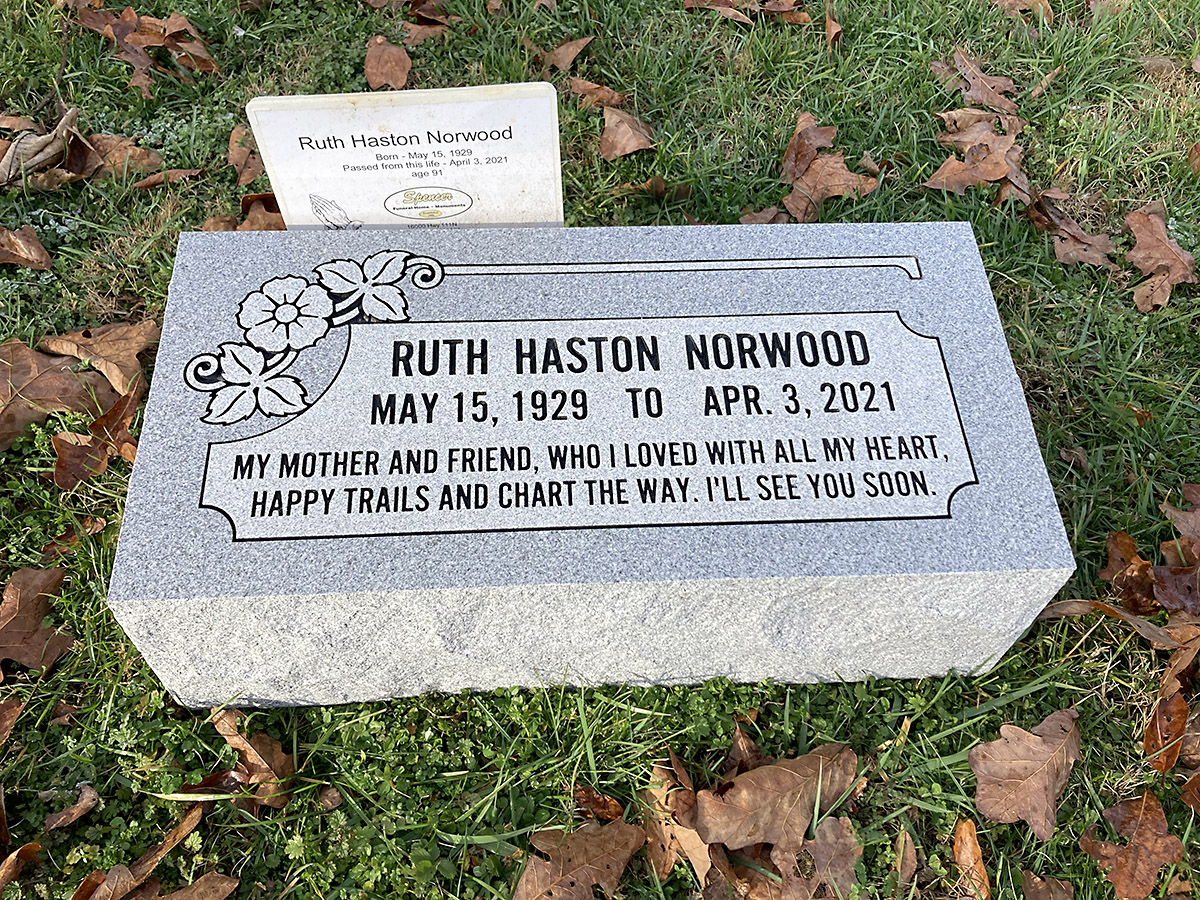

14 – Daniel & Christina Nave Haston – Newlyweds in Fort Valley
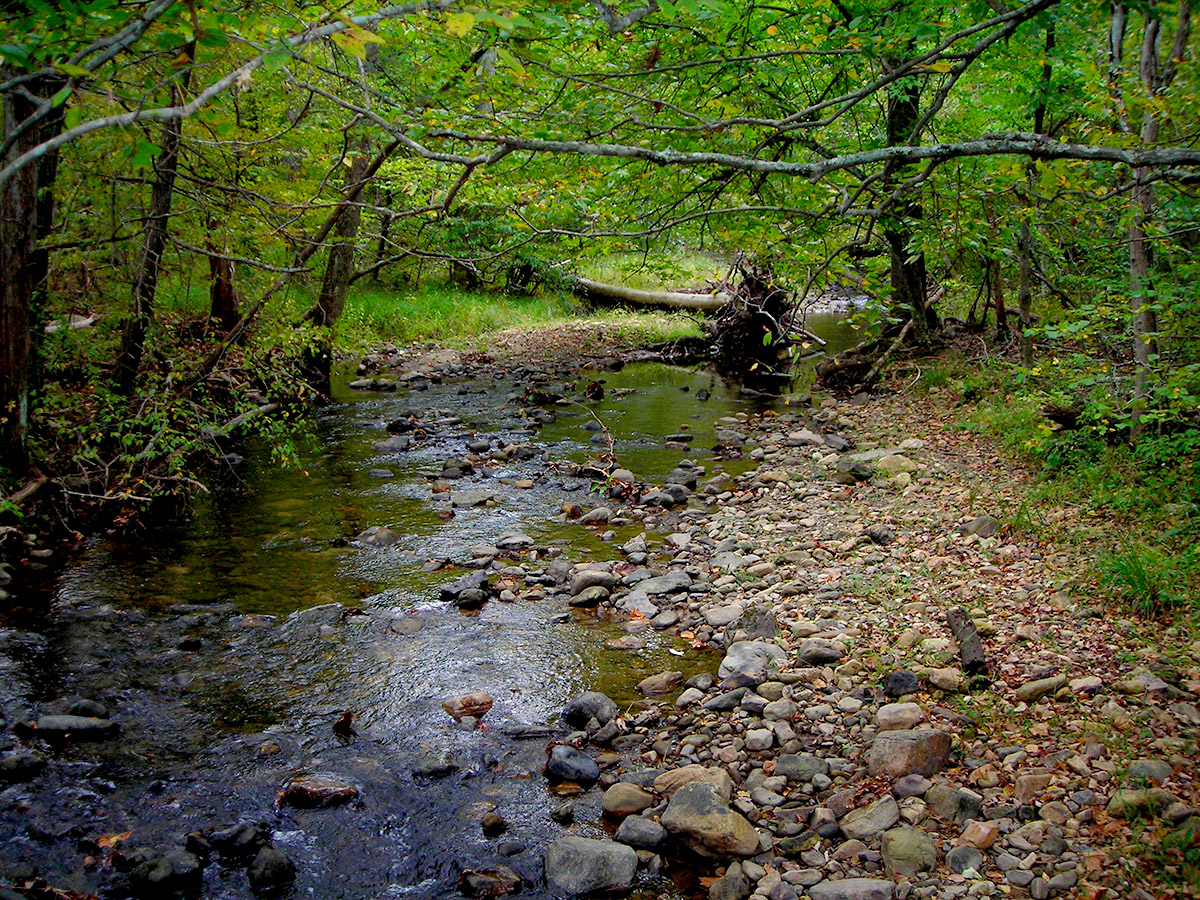
14 - Daniel & Christina Nave Hiestand/Haston
Newlyweds in Fort Valley, VA

Daniel and Christina lived on Passage Creek for the first ten years or so of their marriage. Their little kids (three whose names are unknown, but David and Joseph Haston for sure) would have played in this creek at or near this very location.
Before or soon after Daniel married Christina, he lived on his father’s 400-acre tract of land in Fort Valley. Remember that beautiful place from a previous article? My guess is–from a ground level at that time–pretty much all Daniel and Christina could see was trees and brush, with a lot of different kinds of wildlife (and occasionally Indians) darting through the woods. Ladies, aren’t you glad your husbands didn’t take you to a place like that to begin life together?
On his father’s 400 acres, where do you think he built a cabin and settled? Of course, there was no pond or large cleared fields there at that time. But the Big Spring was definitely there. When Daniel brought his bride home, there was maybe enough cleared land for a little cornfield, a small garden, and a very primitive cabin.
According to the November 1775 Dunmore County, Virginia census, “Danl. Heastan” and his family were living adjacent to Daniel’s brother, Abram, in Powell’s Fort Valley. Abraham was the only male over age sixteen in his household, but there were three white males under sixteen living there and only one white female, probably his wife Magdalene (née Boehm).
Although we don’t know for sure, I’m guessing Daniel’s house was located on the southern end of Henry’s tract, near the border of his brother Abraham’s land. And I’m guessing Abraham’s house was located on the northern end of his property, very near his “Big Spring.” For protection and companionship, I’m pretty sure they lived within “hollering” distance from each other.

First Children in Daniel's Family
On a November 1775 Dunmore County, Virginia census, there were three white females living in Daniel’s household. Daniel was the only male in the family, at that time.[i] We can probably assume that one of the three white females was Daniel’s wife Christina and the other two were very young daughters.
[i] Dunmore County, Virginia Census, November 1775, Mss3 D9217 a 16-20, Dunmore County, Virginia Committee of Safety. (Richmond, VA: Virginia Historical Society).

In less than seven years after his September 28, 1773 marriage, it seems that Daniel had no fewer than four children. David Haston, the oldest known son of Daniel, was born on March 6, 1777.[i] And Daniel’s son Joseph was born on January 9, 1780.[ii] According to a land survey for Teter Clem (adjacent to Henry Hiestand’s 400 acres) of Powell’s Fort Valley, Daniel was living next “door” to Clem on May 18, 1779,[iii] so it is likely that at least four children were born to Daniel while living in the Fort in the 1770s, two daughters and two sons.
[i] Family Bible of David Haston.
[ii] Family Bible of Joe Walker (as per a September 4, 1978 letter from Dave R. Haston of Sparta, Tennessee to Howard H. Hasting of San Antonio, Texas).
[iii] Gertrude E. Gray, Virginia Northern Neck Land Grants, Volume III 1775-1800. (Baltimore: Genealogical Publishing Company, Inc., 1993), 34. Grant Book R-209.
But, then on the 1783 Shenandoah County tax list taken by Alexander Hite, Danl Heastin appears as the head of a family with seven white (and no black) inhabitants. Abm Heastin’s name is six places down the list, with eleven (white and no black) inhabitants in his household. Daniel and Abraham’s names are among others known to have lived near them in Powell’s Fort Valley.[i]
[i] Alexander Hite, “Shenandoah County, VA Census – 1783 Taxlist.” Accessed November 29, 2018, http://files.usgwarchives.net/va/shenandoah/census/1783/1783tax01.txt.
Assuming Daniel and his wife were two of his seven household members and there were two daughters born before the 1775 census, plus the births of David (March 6, 1777) and Joseph (January 9, 1780), that means that there was (apparently) one other child born to Daniel prior to the 1783 tax list. If so, ten years from the time he married Christina Nave in September 1773, at least five children in all were born and survived while Daniel’s family lived in Fort Valley. Daniel’s grandson, William Carrol Haston, said that there were thirteen children in Daniel’s family. If that is correct, there must have been eight other children of Daniel yet to be born after he moved from Shenandoah County in 1783, the same year of the Alexander Hite tax list.[i]
[i] George A. Ogle, A Memorial and Biographical Record of the Cumberland Region. (1898; reprinted, Greenville, SC: Southern Historical Press, 1995), 272.
Why Was He Living in Fort Valley?
Apparently, Daniel and Abraham’s brothers Jacob, Peter, and John Hiestand lived on portions of their father’s South Fork Shenandoah River land after they married. And we can probably assume they reared their families on the same sections they inherited when Henry died. Even though Abraham was the third oldest son of Henry, and older than John, he chose to purchase his own land and live apart from the other family members as early as 1763. Was he just more independent and entrepreneurial than the three brothers or was he not as favored by his father? We will never know. But we do know that Abraham’s family lived on the 300 acres tract he owned in Powell’s Fort Valley.
Henry’s youngest son, Daniel, appears to have been more closely associated with his ten-years-older brother Abraham than any of the other family members. At least, that’s what the existing records seem to suggest. When Daniel attained marriageable age, all four of his older brothers had already secured places to settle their families. But Henry’s 400 acres in Powell’s Fort Valley was as yet unsettled. When Henry purchased the mountain land, he probably had no intentions of anyone from the family living on it. In those days, people often bought cheap mountain land just for its timber or rail wood. But, with Abraham living adjacent to Henry’s Fort Valley tract and Daniel needing a place to settle a family, Daniel probably asked his father if he could live on and farm a suitable piece of the mountain land.
Regardless of the details as to how it came about, Daniel and his young family seem to have been living in Powell’s Fort Valley, adjacent to Abraham, in November of 1775.[i] And the “adjacent” references for Teter Clem’s warrant, survey, and deed (for 141 acres) appear to place Daniel’s place of residence on Henry’s 400 acres on October 11, 1776, January 21, 1778, and May 18, 1779.[ii]
[i] Dunmore County, Virginia Census, November 1775.
[ii] Gertrude E. Gray, Virginia Northern Neck Land Grants, Volume III 1775-1800, 34; Joyner, comp., Abstracts of Virginia’s Northern Neck Warrants & Surveys – Volume III (1710-1780). (Portsmouth, VA: printed by author, 1986), 4.
The description of Henry’s and Abraham’s Fort Valley tracts as “waste & ungranted land” in the 1700s would not surprise anyone who visits that area of the valley today. Farther down Fort Valley on Passage Creek, which meanders northward through the Hiestand properties and the entire length of the valley (thirty-eight miles total), there is some decent farming land along both sides of the creek as a result of erosion from the upper end of the valley and the surrounding mountainous walls of “the Fort.” And today there are some small open fields on the lands settled by Abraham and Daniel, probably the result of clearing efforts over the past two hundred plus years, especially related to the Caroline Furnace that was there in the 1800s and the Caroline Lutheran Camp on the same property now. But if you look around the area, you can imagine what the 700 acres of Fort Valley Hiestand land must have been like when Abraham and Daniel were raising their families there—little rocks, big rocks, thin and “often squishy” impervious soil, thick underbrush, and a mixture of virgin hardwood and pine trees.
A gazetteer of Virginia published in 1835, prior to the devastating biological, topographical and ecosystem impact of iron ore mining in Fort Valley, gives a likely-accurate perspective of what the valley would have been like when Abraham and Daniel lived there, fifty years prior to the gazetteer’s publication.
Unlike the Blue Ridge, which is extremely fertile, and the greater part of which is susceptible of successful and profitable cultivation, this [Massanutten-Fort Valley] mountain is precipitous and rugged in the extreme, and is covered, for the most part, with a thick growth of oak, pine, hickory, chesnut, &c. Its forest affords a shelter for a great number of deer, bears, turkies and other game, with which the mountain abounds. The only road [at that time] which crosses this mountain is the one which leads from Luray to Woodstock, which is at the upper end of the Ford, and which at the expense of much labor is kept passable for light loaded carriages. [Fifty years earlier, this would have been much less-of-a-road.] It is tolerably fruitful in grass, corn, rye, buck-wheat, potatoes, turnips, &c. The fort is supposed to be extremely rich in mineral ores, of which iron and copper are among its discovered mineral productions.[i]
[i] Joseph Martin, A New and Comprehensive Gazetteer of Virginia and the District of Columbia. (Charlottesville, VA: printed by the author, 1835), 44.
Referring specifically to the land that Henry and Abraham Hiestand once owned, where Daniel lived the first ten years of his married life, a former director of the Caroline Furnace Lutheran Camp which is now located on the property stated: “The soil is not suitable for farm land. It’s hard pan clay that holds the moisture.”[i] In other words, it stays “squishy” a good while after rains. This causes me to wonder, “How did Daniel and Abraham feed their families on such a wasteland?”
[i] Rebecca Marston Wilson, citing Kenn Nilson in “Joseph Vernon Marston, Sr., and Caroline Furnace” (unpublished manuscript, Autumn 1996), 7.
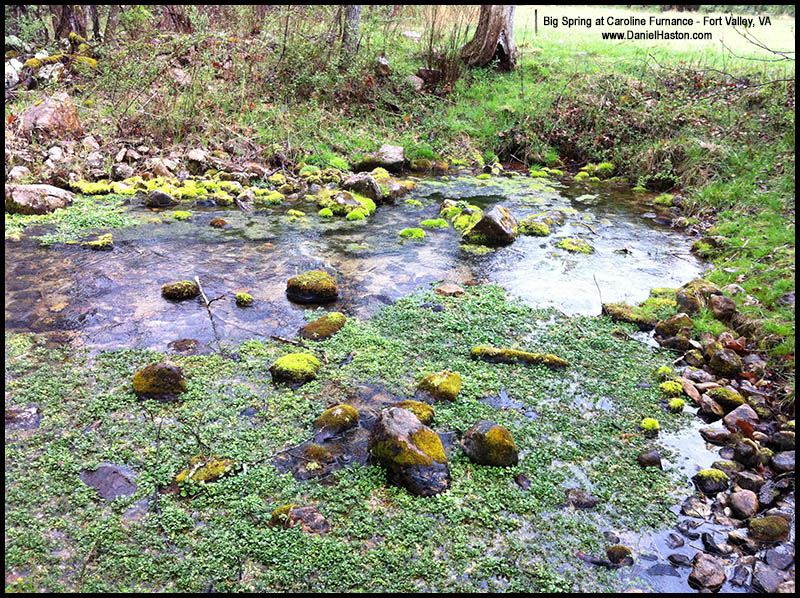
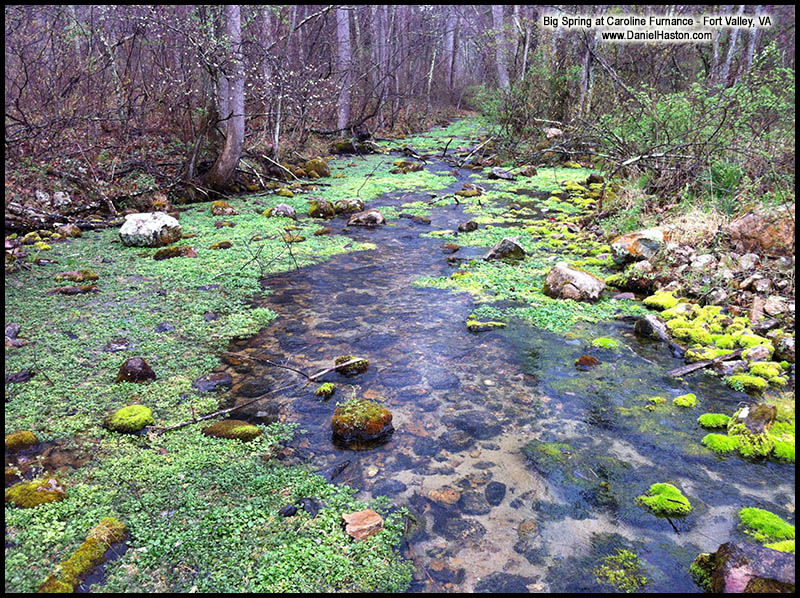
There is one necessity for settlers that definitely was not in short supply nor of poor quality on the Hiestand lands—crystal clear, clean water. Passage Creek itself provided an abundant and perpetual supply of water, but the “Big Spring” located near the north edge of Abraham’s property would have been an ideal place to build a cabin. It requires no stretch of imagination to assume that Abraham lived somewhere very near the Big Spring. And the spring is so near the southern edge of Henry’s 400 acres tract that Daniel may have established his home near there also, to be close to Abraham’s family for safety and companionship as well as to have access to the ever-cool spring that has a production capacity of seven hundred gallons of water per minute,[i] perhaps more in the 1700s. Not only would it have provided plenty of convenient, safe water, but constant and stable refrigeration as well. In later years, the spring was sometimes known as “Furnace Spring” and local residents would go there for water in seasons of drought and gather there for picnics in the summer.[ii]
[i] Ritenour, Trott, and Trott, 65.
[ii] Ritenour, Trott, and Trott, 435.
In addition to building a family, several other significant events occurred in the Hiestand family and the North American British colonies Daniel while he was living in Powell’s Fort Valley:
- May-October 1774 – Dunmore’s War with Shawnee and Mingo Indians, in which many Shenandoah Valley men fought.
- July 2, 1776 – The Continental Congress voted to declare independence from Great Britain on July 2, 1776. Two days later, they adopted the Declaration of Independence and the American Revolution was officially in progress.
- January 12, 1777 – Daniel’s mother “left this world for eternity.”[i]
- March 22, 1777 – Daniel’s father signed his “last will and testament.”[ii]
- March 22-25, 1777 – Daniel’s father conveyed one-third portions of his South Fork Shenandoah River land to his sons, Peter and John. Jacob would receive the other third when his father died, according to the will.[iii]
[i] “Peter Hiessandt, Sr.’s Bible,” from “Bible Records for Heiston Family of Page County, Virginia” (translated from old German script). (Luray, VA: Family file in Page Public Library).
[ii] Amelia C. Gilreath, Shenandoah County, Virginia Abstract of Wills, 1772-1850. (1980, reprinted, Westminster, MD: Heritage Books, 2007), 93; Will Book B, 2.
[iii] Gilreath, Shenandoah County, Virginia Deed Books Series, Volume 1 (Abstracted), 82.
In the next article, you will learn about Henry Hiestand’s will and the curious comment Henry made concerning his youngest son (Daniel) and youngest daughter (Magdalena).
Here’s why people want to live in Fort Valley today.
If you appreciated this article, please share it with others who might also enjoy it.

13 – Daniel Hiestand Married Christina Nave
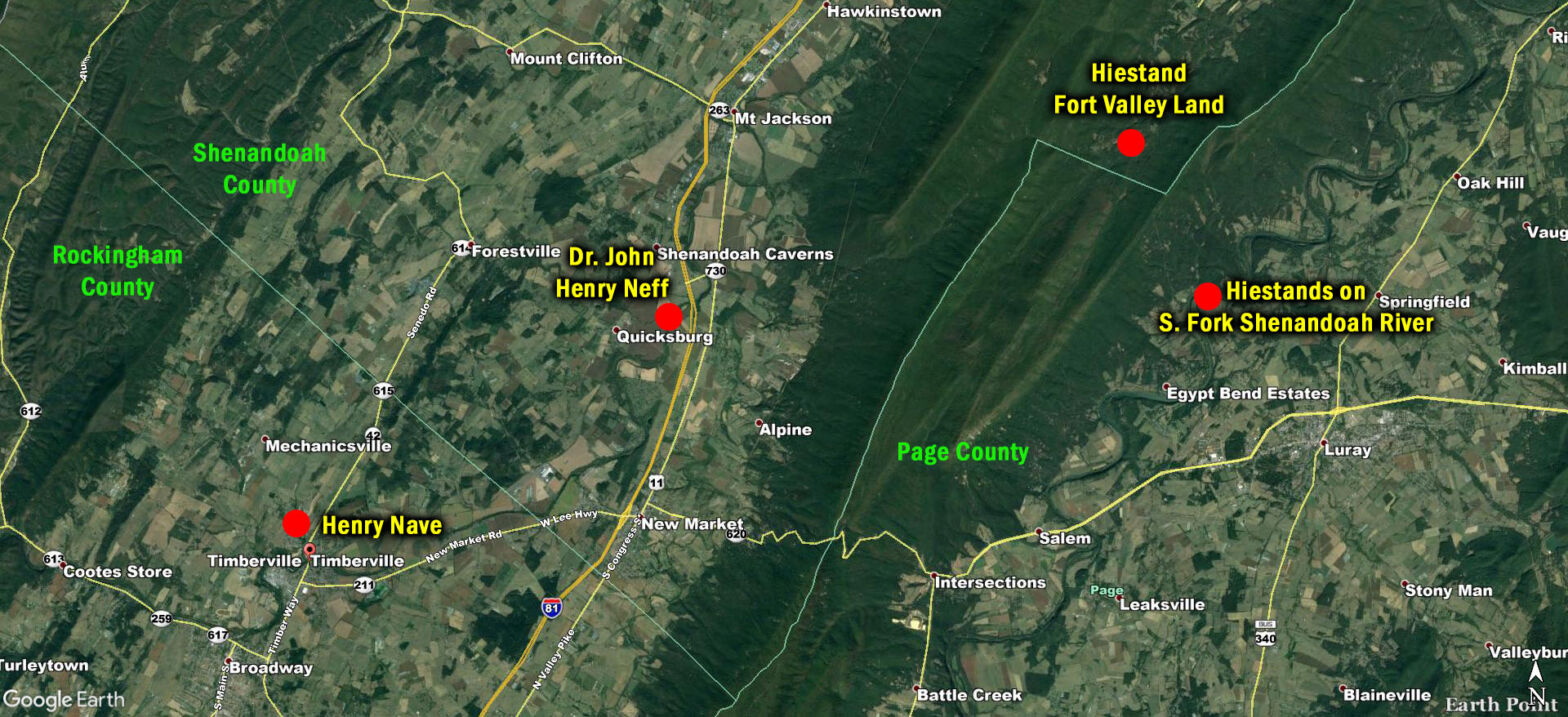
13 - Our Daniel Hiestand Married Christina Nave
In Shenandoah County, Virginia
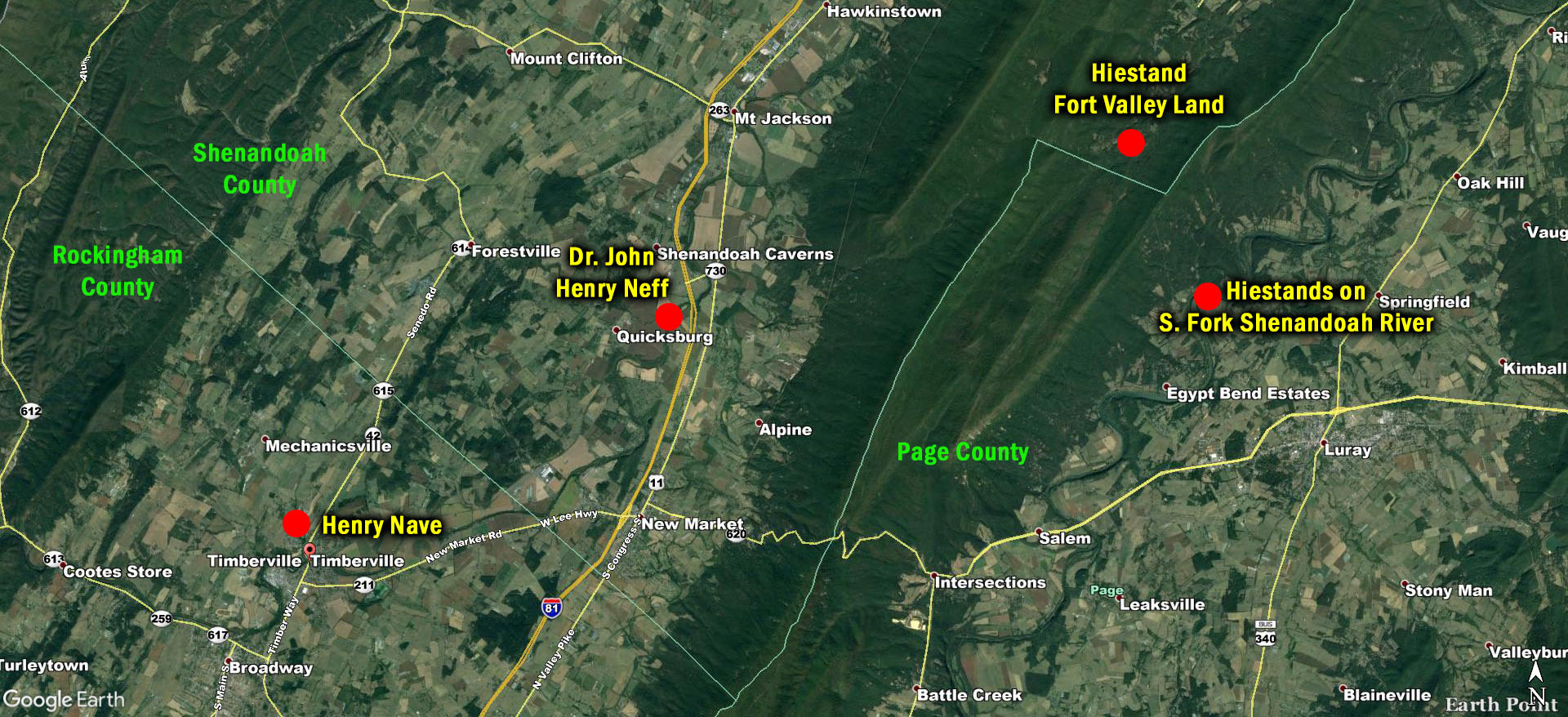
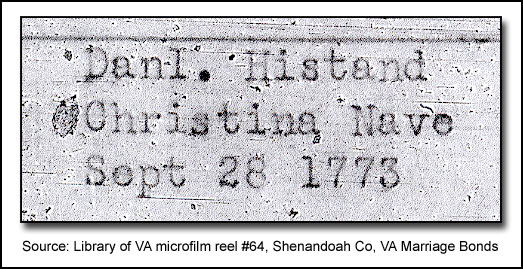
I think we can safely say it’s fact that our Daniel Hiestand/Haston married Christina Nave on September 28, 1773, or at least was issued a marriage bond on that date. But two questions remain unanswered:
- Who was she? In other words, which family did she come from? Who were her parents? What was her religious background?
- How long did she live? In other words, was she the mother of all of Daniel Haston’s children? Is she buried in the Big Fork Cemetery near the grave marker that bears her name? Or did she die earlier?
Who Was Christina Nave?
Hiestand/Haston genealogists have been asking this question for generations. And even Neff/Nave family researchers have been baffled as to where she belongs in their family lines. Neff (or Naffe) and Nave (or Knave) are two English variations of the Swiss surname Näf. Thanks to the work of Reverend John F. Murray, the vast Neff/Nave families have been organized into several “lines.”[i] Two of those lines are of interest to us, since Christina was undoubtedly from one of them. But, which one? Was she in the Neff “A line” or the Nave “G line”?
[i] William A. Neff, Neff-Näf Family History. Princeton Junction, NJ: Neff & Associates, 1991), 419-420.
The Neff A Line & Dr. John Henry Neff, Jr.
The Neff A Line descends from Dr. Francis and Dr. Hans Heinrich Neff, Sr., both of whom were Mennonites. These two “Doctors of Physics” (surgeons) arrived in Philadelphia in 1717 and later settled in Lancaster County. Dr. Hans Heinrich Neff, Sr. died in Lancaster County in 1745, but his oldest son, Hans Heinrich Neff, Jr. (John Henry Neff, Jr.), moved to what is now Shenandoah County, Virginia, about a mile and a half north of where New Market now is. He was living there on (and sometime before) August 2, 1750. Like his father and uncle, John Henry Neff, Jr. was also a doctor.[i] Members of the Dr. John Henry Neff family were fairly consistently identified with the “Neff” or “Naffe” (or a similar) spelling. Like their ancestors, they were Mennonites. And John Henry Neff, Jr. was a leader in the Mennonite community in his part of the valley.
[i] William A. Neff, 421-430.
The Nave G Line & Henry Nave
The Nave G Line originated in America with Hans Conrad Näf/Neff who, with another family line of Neffs, arrived on the Ship Mercury to the port of Philadelphia in 1735 from Wallisellen of Canton Zurich of Switzerland.[i] Hans Conrad was a member of the Reformed Church and not a Mennonite.[ii] At some point the “Nave” (or Knave) spelling stuck with this line and became so common among them that the spelling distinguishes them from other Näf families.[iii] Conrad Neff/Knave’s family soon moved south from Pennsylvania to Virginia, and most of them to North Carolina.
[i] John Murray, personal email to Sherry Mirkovic, September 2, 1999.
[ii] William A. Neff and J.F. Murray, “Family Group Record – 823,” (unpublished document; Harrisburg, PA: Neff Family Historical Society, last modified October 6, 2003), 2.
[iii] Arian E. Collins, The Nave Family from Switzerland to Montana, 1590s to 1990s. (San Diego, CA: Bordertown Publications, 2000), 10.
One son of Hans Conrad Näf/Neff, Henry Knave (or Nave), settled in the northern part of Augusta County which later became Rockingham County in 1778. In fact, the land on which he settled was very near the county line that now separates Rockingham and Shenandoah counties. Land records for Henry Knave’s survey identify it as being in the “Forest.”[i] “The Forest” was a densely forested timber-productive area west of what is now New Market and Mount Jackson, Virginia. The names of the towns still located there, Timberville (northern Rockingham County) and Forestville (southern Shenandoah County), are reminders of the forested uniqueness of that area prior to the ravaging logging operations that eventually deforested it.
[i] General Index to Surveys, 1761-1836-1936. Rockingham, VA Microfilm Reel 51.
Unlike the Dr. Henry Neff family, the Henry Knave/Nave family were not Mennonites–they were associated with the Reformed Church of Switzerland–the very Church that treacherously persecuted Mennonites back in Switzerland.
A deed for a “union church” near Timberville, VA is dated 1765. Henry Knave and Adam Rader (for whom the now-Lutheran Church was named) were neighbors. Adam Rader was the father of militia Captain/Major Michael Reader/Rader (captain of militia company three of Daniel’s brothers and a brother-in-law were in).[i] Presbyterians, Lutherans, and Reformed congregations (these denominations are similar) used the original union church building. Henry Knave and his family, Reformed Church congregants, no doubt were some of the earliest members. The German language was spoken in the church until about 1838. A Timberville Lutheran congregation is still very active at that location, more than 250 years later.
[i] “Heads of Families at the First Census of the United States (1784),” Rockingham County, Virginia VAGenWeb Project, accessed December 15, 2018, http://sites.rootsweb.com/~varockin/censusar.htm.
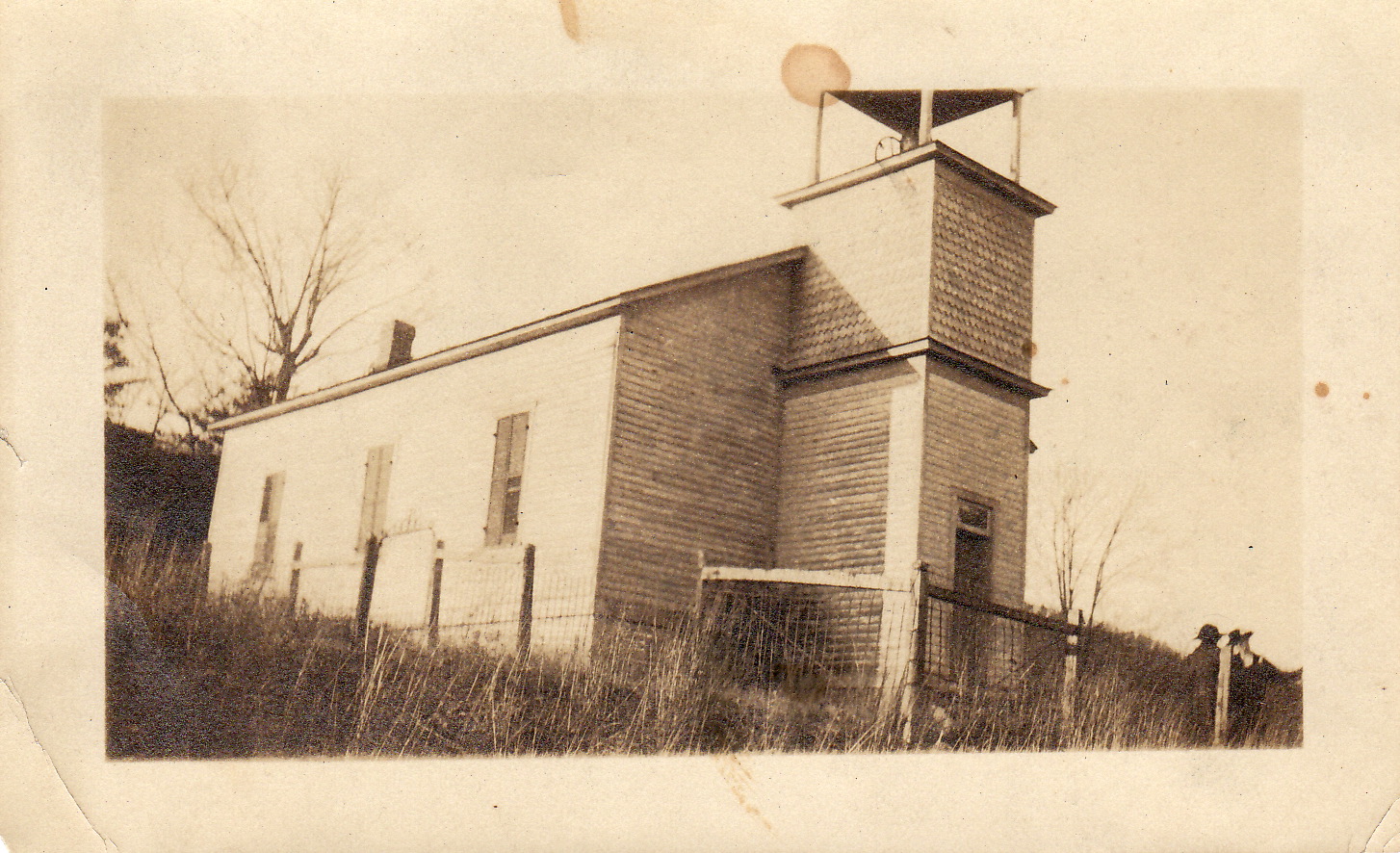
Which Näf Line was Christina From?
A good argument can be made for putting her in the Mennonite Neff family. But the more I have studied it, I have tenuously concluded that she was probably from the Nave Reformed Church line. Why? Read on….
One: The most obvious reason for placing her in this family line is the spelling of her surname, Christina Nave, not Neff. One Nave researcher stated:
“Of all the family members who immigrated to America from Switzerland, it is believed that only the descendants of those who settled in Tennessee regularly spelled the surname Nave.”[i]
[i] Arian E. Collins, 10.
Even though Henry Nave did not move to Tennessee, his brothers (John, Teter, and Conrad) did move there. All of them, including Henry in Virginia, held to the Nave spelling.
If Christina Nave was the daughter of Henry Nave, she was the niece of the famous East TN Naves–Teeter and Conrad, Jr.–and a first cousin of their sons. Four from this family were American patriot soldiers (Overmountain Men) in the Battle of Kings Mountain, perhaps the key battle that turned the Revolutionary War around.
Be sure and watch the Battle of King’s Mountain video at the end of this article.
“Teeter” (Detrich) Nave, son of Conrad Nave and Anna Ott, was born in about 1745, probably in Pennsylvania. He was the brother of Henry Nave who remained in Rockingham County, VA–the possible (I’ll venture to say probable) sister or father of Christina Nave.
Two: We do not have a will for Henry Nave of Rockingham County, but we do have a will for Dr. Neff of Shenandoah County. And Christina Nave is not mentioned, in the will or estate settlement of John Henry Neff, Jr., as one of his children.
Nave family records assert that Henry Nave had an unknown-named sister (probably born between 1737 and 1750) and an unknown-named daughter. (Sources unknown) If this is true, was one of these Christina Nave?
Three: The fact that Henry Nave lived in Augusta County (until Rockingham was created out of Augusta in 1778) and John Henry Neff lived in Shenandoah County (the county in which Christina married Daniel in 1773) might seem to be a strong argument in favor of the view that Christina was from John Henry Neff’s family. But, when you understand where Henry Nave lived in Augusta/Rockingham County, the difference in counties becomes virtually inconsequential. As mentioned above, the Henry Nave family lived near the northern edge of Augusta/Rockingham County, only a few miles farther away from the Hiestands than from where the Neff family lived in relation to the Henry Hiestands family.
Daniel Hiestand grew up close enough to both families he could have met and married a daughter from either family. Take another look at the map at the top of the article.
Four: Daniel Haston’s daughter Lucinda married Jacob Mitchell in about 1804 in Tennessee. Jacob Mitchell’s brother, Reverend James Mitchell, married Sarah (Sallie) Nave. Sarah was the daughter of George Nave, whose father was Henry Nave of Rockingham, Virginia. So Sarah Nave Mitchell was the granddaughter of Henry Nave. If the genealogical information for the Nave family is correct and Christina Nave was from the Rockingham County Nave family, Lucinda Haston Mitchell and Sarah Nave Mitchell were first cousins or first cousins once-removed. First cousins if Christina Nave was a daughter of Henry Nave. They were first cousins once-removed if Christina was a sister of Henry Nave.
My challenge to you: Think through what you read above until you can explain the essence of it to someone else.
Wayne Haston
More About Daniel and Christina
in the Next Article
I think I need to let all of the above get set in your mind before we move on to more about Daniel and Christina and their young family. For example:
- Where did they live after they married?
- What do we know about their earliest-born children?
- What were some significant events that occurred early in their marriage?
- Did Christina Nave live long enough to move with Daniel to Tennessee? And is she buried in the Big Fork Cemetery, near the grave marker with her inscribed name?
Stay tuned for the next article.
The Overmountain Men and the Battle of King's Mountain
If you enjoyed this article, please share it with others who might be interested.

12 – Hiestand Land in “The Fort” – Powell’s Fort Valley, VA

12 - Hiestand Land in "The Fort" - Fort Valley, Virginia

Seven Bends of North Shenandoah River, near Woodstock, VA with Fort Valley in the Massanutten Mountain behind (east of) the river.
Photo Above – Looking Southeast
Foreground = Seven bends of North Fork Shenandoah River (near Woodstock, VA) on the west side of Massanutten Mountain. Behind the Seven Bends = west wall of Massanutten Mountain & Fort Valley inside the top of the mountain. Beyond the east wall of the Massanutten = Page Valley and the South Fork Shenandoah River (where Henry Hiestand lived and Daniel Haston was born). Very Back = Blue Ridge Mountains.
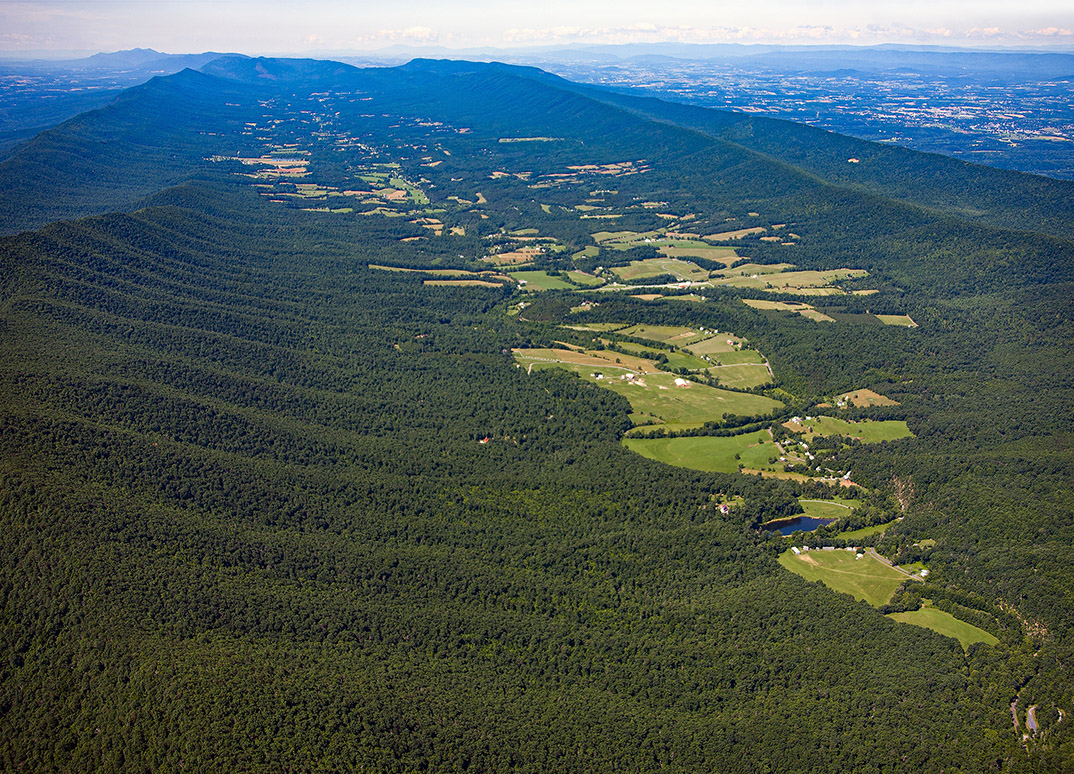
These photos are available as prints from photographer Greg Cromer.
Lying in the top of the northern end of the Massanutten Mountain, from New Market to Strasburg, is a beautiful valley, hidden from the view of passers-by traveling up or down the Shenandoah Valley.
It was named Powell’s Fort Valley (now, often just Fort Valley) for a very early English settler with the surname Powell who supposedly lived there, discovered silver ore, and counterfeited money. The “fort” part of the name comes from its topographical formation—like a fort with mighty walls all around it, the East and West Fort Mountains—“the Fort of Nature’s own making.”[i]
[i] T.K. Cartmell, Shenandoah Valley Pioneers and Their Descendants A History of Frederick County, Virginia. (1909; reprinted, Bowie, MD: Heritage Books, 1989), 36.
Fort Valley is about twenty-three twenty miles long, and five miles wide at its widest point. Passage Creek flows from the upper (southern) end of the valley all the way to the northern end, then runs through a narrow passage and into the North Fork of the Shenandoah River before merging with the South Fork and eventually flowing into the Potomac River.
On October 4, 1763, Peter Tear officially assigned 400 acres of “waste and ungranted land on Passage Creek in Powell’s Fort” to Henry Hestant, Daniel’s father.
On October 5, 1763, the day following the date of the survey, David Clem assigned the 300 acres to Abraham Hestant, one of Daniel’s older brothers.[i] The transaction was witnessed by Jacob Hiestand who signed his first name in English and his surname in German, as he and his brothers often did. The north border of Abraham’s tract joined Henry’s south border.
[i] Joyner, Abstracts of Virginia’s Northern Neck Warrants & Surveys – Volume III (1710-1780), 11.

Google Map View
Fort Valley is one of the most unknown “worth seeing” spots in the eastern part of our country. In addition to its significance to our Hiestand/Haston family, Fort Valley is rich with history–the Caroline Iron Ore Furnace, Camp Roosevelt Civilian Conservation Corps camp, and the surrounding George Washington National Forest with its extensive hiking trails and scenic beauty.
"Big Spring" on Hiestand Land
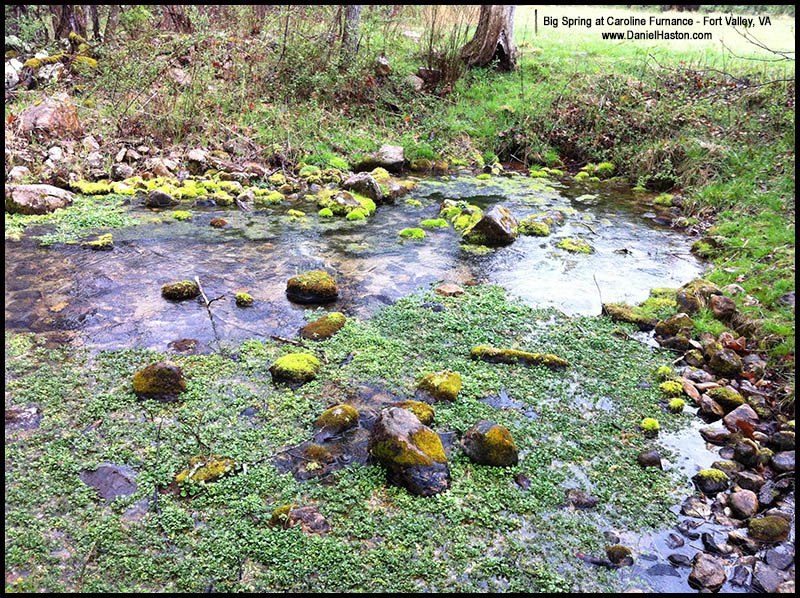
The Big Spring is located on the northern end of what was Abraham Hiestand’s land. The spring is said to produce 700 gallons of water per minute. It still produces an abundant flow of crystal clear cold water. Bottle-water companies have tried to purchase the rights to capture the water, but the camp owners have chosen to keep it the way it is–the way it should be. Chances are, Abraham located his home very near this spring.
Caroline Iron Ore Furnace
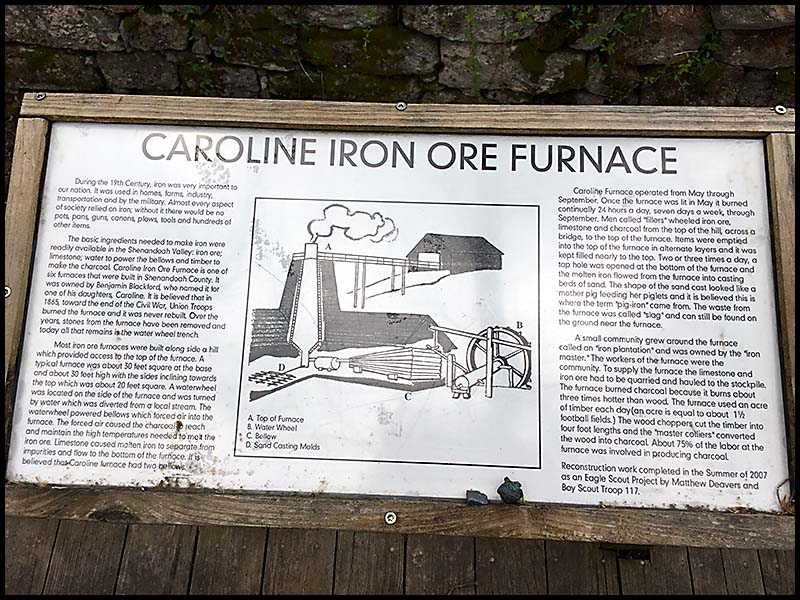
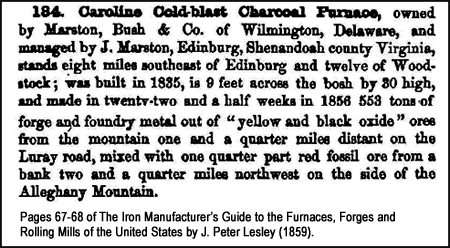
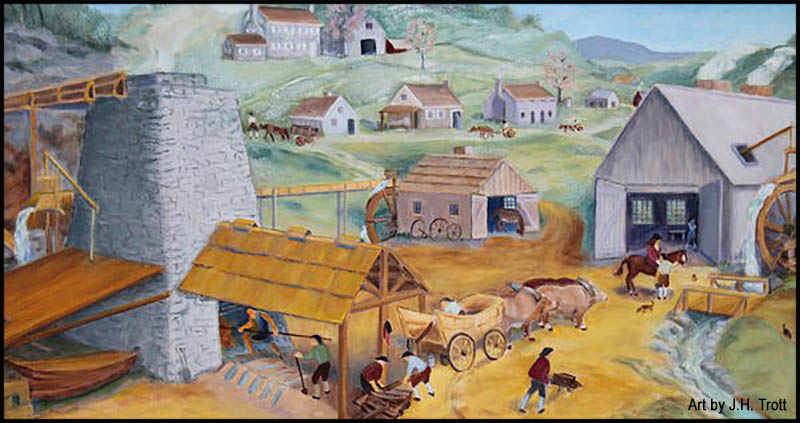
In the 1800s, there were two iron furnaces in Fort Valley–Elizabeth Furnace on the north end of the valley and Caroline Furnace on the south end of the valley. Caroline Furnace was located on land that Henry Hiestand had owned in the 1700s. The furnace was destroyed by Yankee soldiers toward the end of the war because it was a major producer of iron for the Confederacy.
The Caroline Furnace Lutheran Camp and Retreat Center occupies the heart of the property once owned by Henry Hiestand and his son Abraham.
Camp Roosevelt CCC Camp
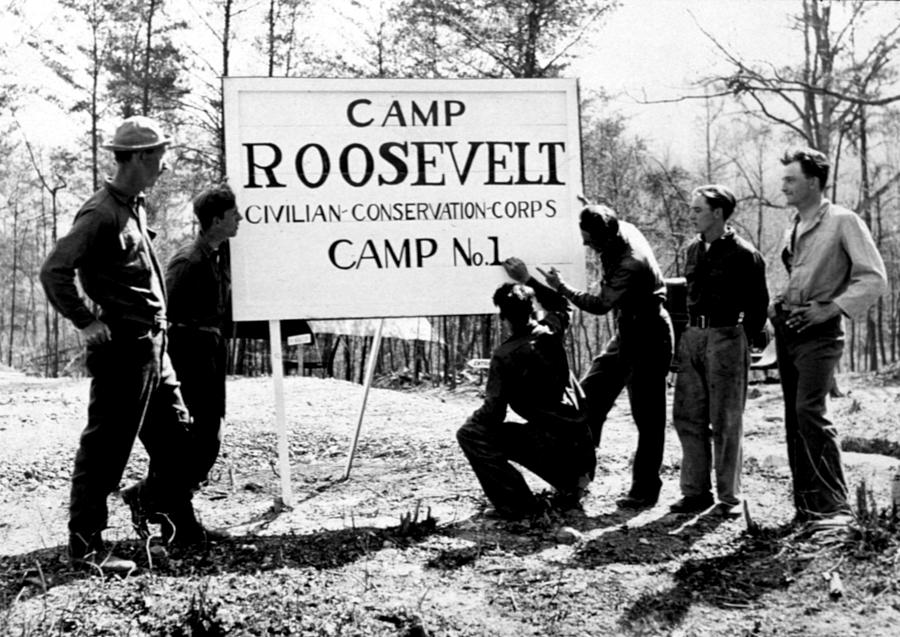
Camp Roosevelt, the first Civilian Conservation Corps camp (1933-1942) was located a few hundred yards up the eastern ridge of the valley from the lands once owned by Abraham and Henry Hiestand. The men of Camp Roosevelt did much to restore and preserve the beauty of Fort Valley.
George Washington National Forest
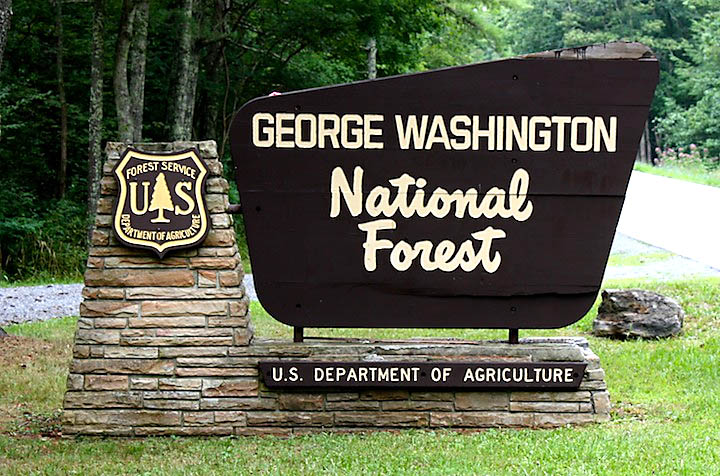
Fort Valley, including the land once owned by Henry and Abraham Hiestand, has been in the George Washington National Forest since the forest (originally named Shenandoah National Forest) was established on May 16, 1918.
Don't Miss This Short Video!
This article provides background information for an upcoming article that will focus on Fort Valley as the place where Daniel Hiestand/Haston and his wife lived as a young couple and began raising a family.
If you appreciated this article, please share it with others who might also enjoy it.

William A. Haston – Mexican War Hero
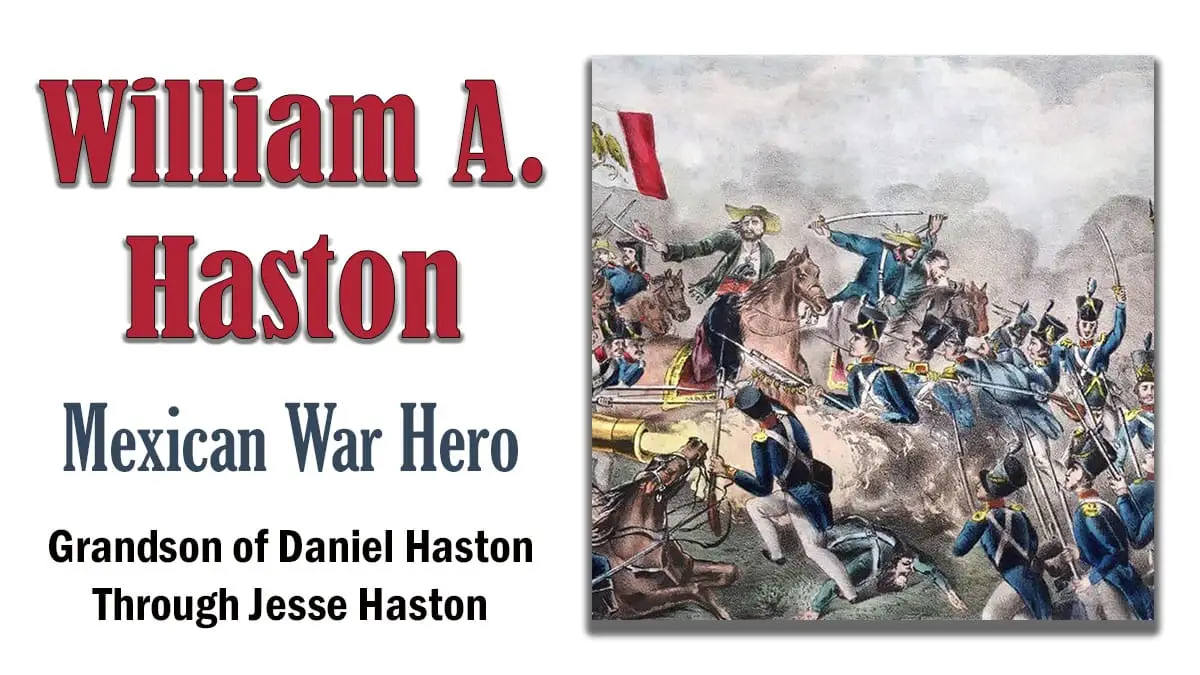
One of the Most Heroic Units in the Mexican War

I have no photo of him. I have no details of his specific activities during his year of service in the Mexican War. He was only a private. He was only a volunteer, not a member of the Regular Army. He only served 12 months. But I do know that he was a member of one of the most heroic units that fought in the Mexican War. Some of their exploits are hard to imagine, including some feats that definitely contributed to the USA’s victory in the war.
War With Mexico Was Coming
Texas won its independence from Mexico in 1836. But Mexico had hopes of recapturing its former northern state. Texas was annexed by the United States on December 29, 1845, which didn’t sit well with Mexico’s leaders. Mexico and Texas continually disputed the southern border of Texas–Texans claiming the Rio Grande River as the border. Mexico was only willing to admit to the Nueces River. So a lot of territory claimed by Texas and the US was disputed territory.
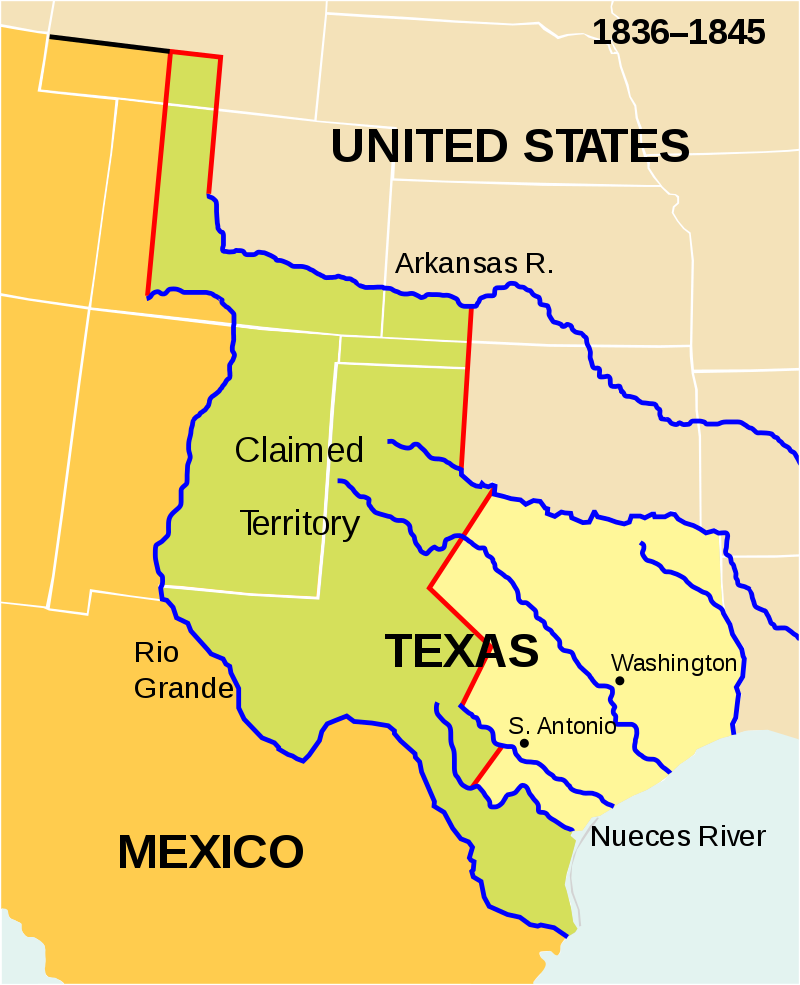
Many Americans of the first half of the 1800s were believers in Manifest Destiny–the idea that God had destined the United States to expand across North America. In order to accomplish that, Mexican’s land holdings in the southwest and west coast would have to be purchased or conquered. In the early 1840s, tensions were building in both countries.
1st Missouri Regiment of Mounted Volunteers
In order to engage Mexico in a war (Mexican War of 1846-1848), when President John K. Polk called for volunteers to supplement the United States’ regular army in early 1846, Missourians volunteered quickly. Some men were inspired by the challenge of the adventure, others probably hoped for military bounty land at the end of their service, some no doubt were staunch believers in Manifest Destiny. But many were haunted by the “ghost of Okeechobee.” In a previous war with Seminole Indians in Florida, many of the Missouri soldiers fled in the heat of the Battle of Okeechobee. For nearly 10 years, Missouri men were viewed as cowards. A war with Mexico gave them an opportunity to erase that haunting stereotype and reclaim manhood for Missourians.
Alexander William Doniphan (July 9, 1808 – August 8, 1887) was a 19th-century American attorney, soldier, and politician from Missouri who is generally best known today as the man who prevented the summary execution of Joseph Smith, founder of the Church of Jesus Christ of Latter Day Saints, at the close of the 1838 Mormon War in that state. -Wikipedia
Colonel Alexander Doniphan is also famously known as an outstanding leader of United States military forces during the Mexican War. He recruited a regiment of Missouri volunteers and led them to victory after victory against imposing odds.
Missouri’s Governor John Edwards called upon Alexander Doniphan, a civilian lawyer, and militia colonel, to raise a regiment of hundreds of volunteers from Missouri, which he gladly agreed to do. Doniphan was well-known and well-liked across Missouri, from his town of Liberty all the way to St. Louis. Although he had no real military training and experience, other than militia participation, he was a good learner and a great leader.
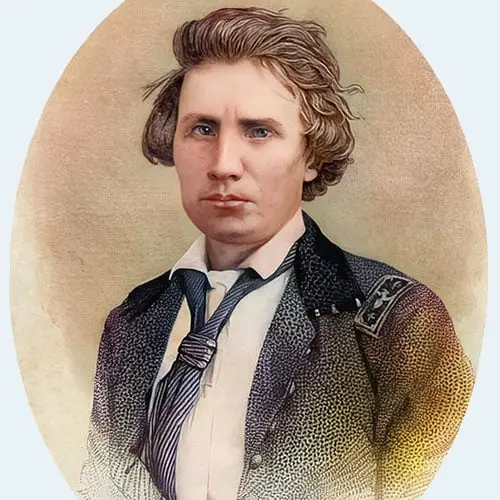
Doniphan’s regiment was called the 1st Regiment of Missouri Mounted Volunteers.
Company G from Howard County, MO
Company G of the 1st Regiment of Missouri Mounted Volunteers was from Howard County, MO where Daniel Haston’s son Jesse settled in about 1818.
Captain Congrave Jackson, from Howard County, was the commander for Company G. Twenty-two-year-old William Asbury Haston gathered with Captain Jackson’s recruits in Fayette, MO and then travelled with them to Fort Leavenworth where they were officially mustered into service on June 16, 1846, and trained for three weeks. William A. Haston and the other volunteers enrolled for a period of 12 months–not a long time to accomplished what they were assigned to get done.
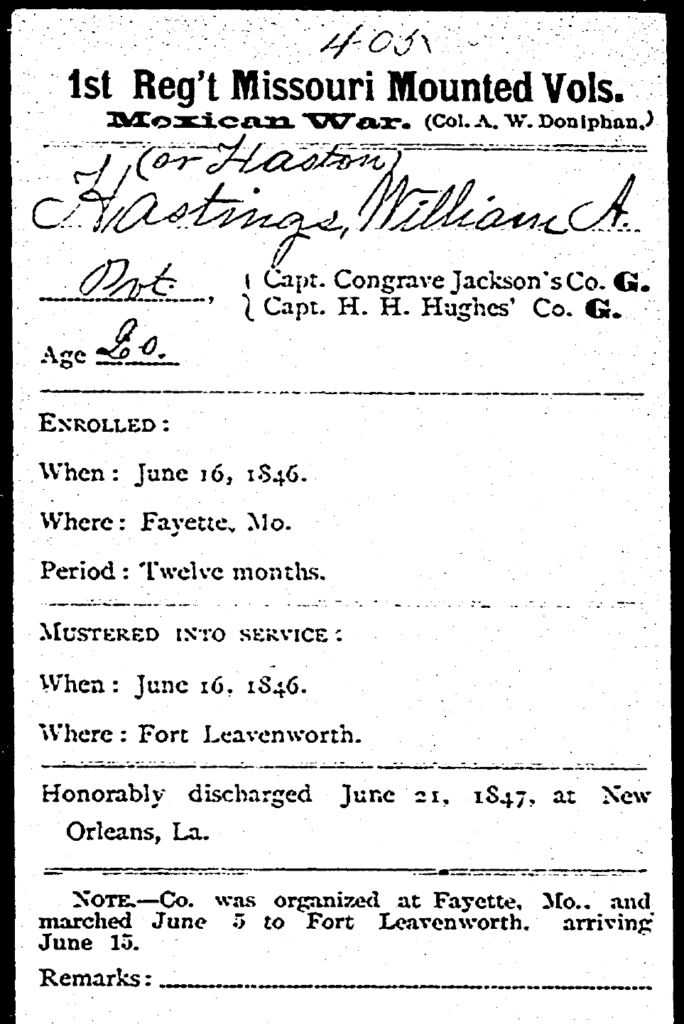
Col. Doniphan & Exploits of Missouri Volunteers
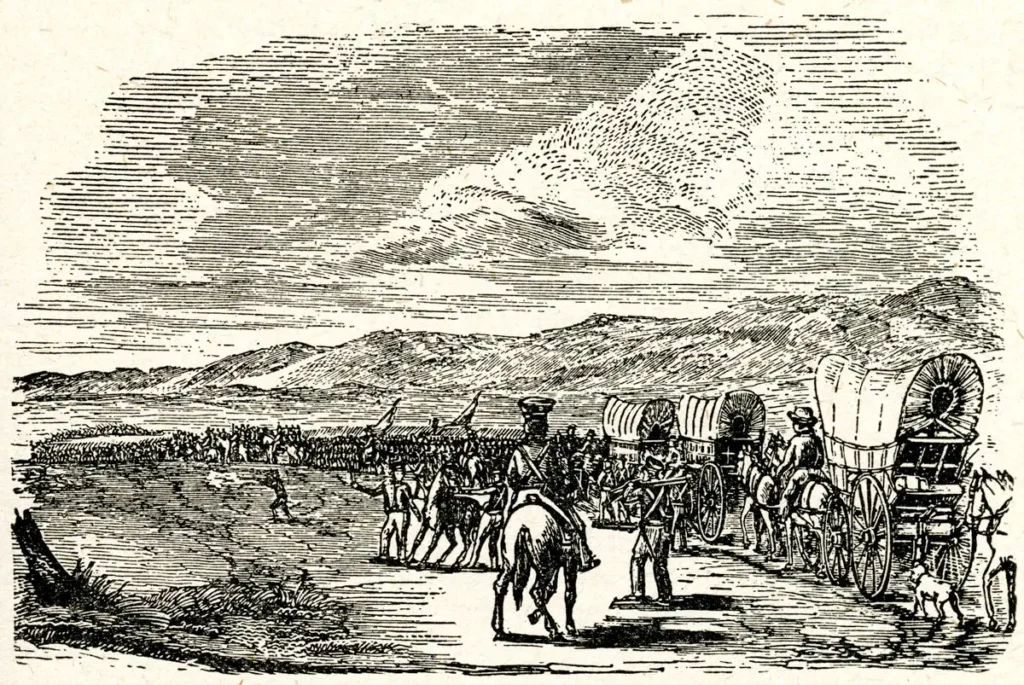
The story is too long to tell here, but here are some of the exploits of Doniphan’s Missouri volunteers. Now, remember, with some exceptions, these were volunteers–farmers, lawyers, merchants, etc. They only had a few weeks of military training at Fort Leavenworth and no (zero!) experience in battle.
They travelled 600 miles from Fort Leavenworth down the Santa Fe Trail to Santa Fe, New Mexico, across punishing terrain (deserts and rocky hills), without adequate water or food much of the time.
In spite of a sizeable Mexican army that threatened to defend the town at all costs, Doniphan’s volunteers captured (and held) Santa Fe (New Mexico) from the Mexican military without firing a shot or shedding blood.
Colonel Doniphan, with help from others, negotiated some treaties with Indian tribes around Santa Fe, treaties that eventually took hold.
Battle of El Brazito, Near El Paso

“On Christmas day (1846), at a spot called Brazito, when the regiment after its usual march, had picketed their horses, and were gathering fuel, the advance guard reported the rapid approach of the enemy in large force. Line was formed on foot, when a black flag was received with an insolent demand. Colonel Doniphan restrained his men from shooting the bearer down. The enemy’s line, nearly half cavalry, and including a howitzer, opened fire at four hundred yards, and still advanced, and had fired three rounds, before fire was returned within effective range. Victory seems to have been decided by a charge of Captain Reid with twenty cavalry which he had managed to mount, and another charge by a dismounted company which captured the howitzer. The enemy fled, with loss of forty-three killed and one hundred and fifty wounded; our loss seven wounded, who all recovered. The enemy were about twelve hundred strong; five hundred cavalry, the rest infantry, including several hundred El Paso militia; our force was five hundred.” –Lieutenant Colonel Philip St. George Cooke
Two days later, the Missouri volunteers marched into El Paso unopposed. There they seized five tons of powder, 500 arms, 400 lances and four pieces of artillery.
Again, they crossed hundreds of miles of desert lands under some extreme conditions–lack of water, lack of decent food, sandstorms, and threats from Apache Indians.
Battle of Sacramento River
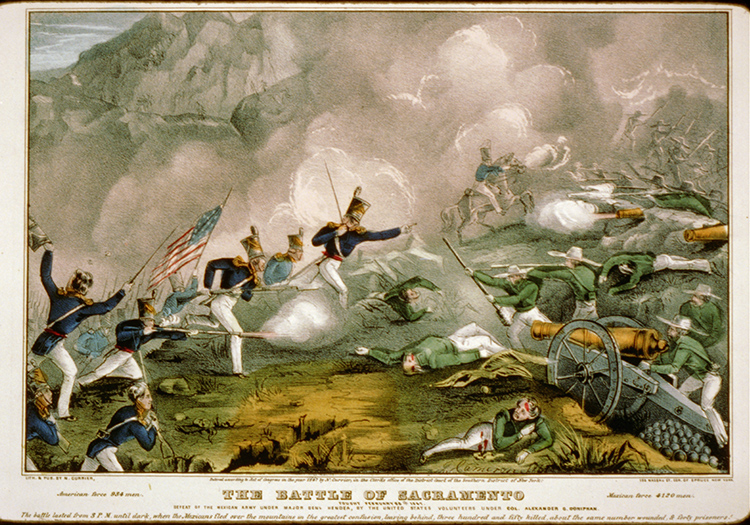
The Battle of the Sacramento River took place on February 28, 1847 during the Mexican–American War. About twenty-five miles north of Chihuahua, Mexico at the river Sacramento, American forces numbering less than 1,000 men defeated a superior Mexican army of 3,000 or more which led to the occupation of Chihuahua, one of the largest cities in Mexico at that time.
Only a few of the American volunteers were killed or wounded. But when the smoke cleared, bodies of hundreds of Mexican soldiers were scattered across the battlefield, held as prisoners by the Americans, or had fled into mountains or across the deserts.
Before returning to the United States, they had marched more than 3,500 miles, one of the longest marches in military history. They had defeated three superior-size Mexican armies and conquered three Mexican cities–all in ONE year.
Including the return steamboat trip from New Orleans to home in Missouri, they traveled more than 5,000 miles.
William A. Haston's Rewards for Mexican War Service
When the Missourians returned home in the summer of 1847, they were greeted and treated as heroes–in New Orleans, St. Louis, all along the way, and back home. William’s father, Jesse Haston, was a member of the committee that organized a major celebration for the victorious men from Howard County, MO. They had erased the Okeechobee stain and Missourian men were no longer viewed as cowards. They had protected Texas from being retaken by Mexico. And they had helped fulfill the dreams of Manifest Destiny, by expanding American land in the Southwest. Those were internalized rewards they probably enjoyed the rest of their lives.
On the authority of the ScripWarrant Act of 1847, William A. Haston was granted a military land warrant for 156.62 acres in Schuyler County, MO. He sold the patent to John C. George. Forty years after his service in the Mexican War, he received a pension for his service. His pension was transferred to his widow when he died.
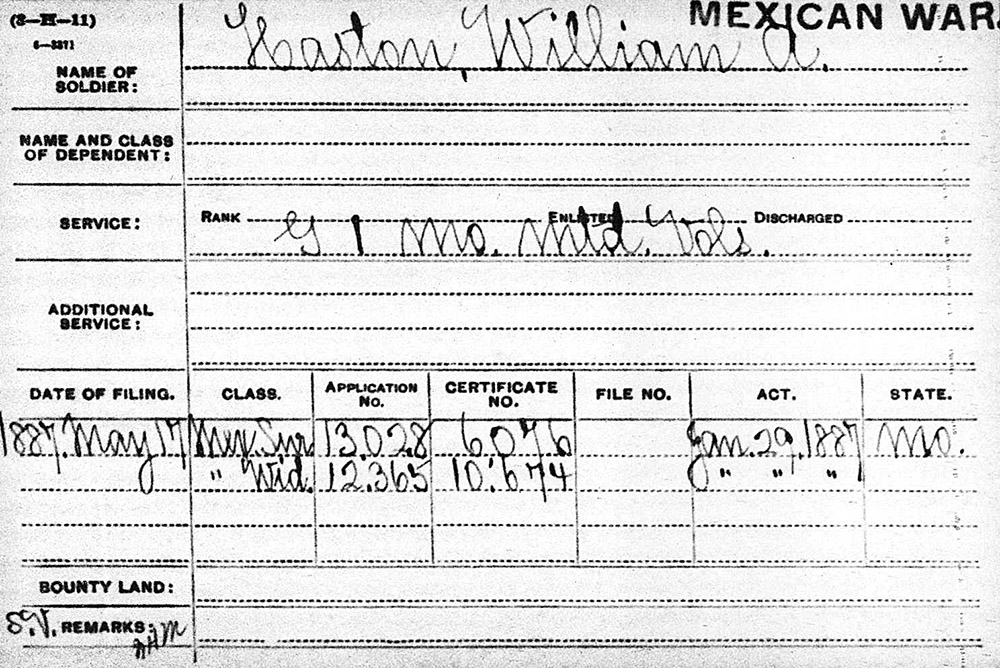

Doniphan’s Missouri Marksmen and the Mexican-American War
If you enjoyed this article, please share it with others who might be interested.

11 – The Henry Hiestand Family in Virginia
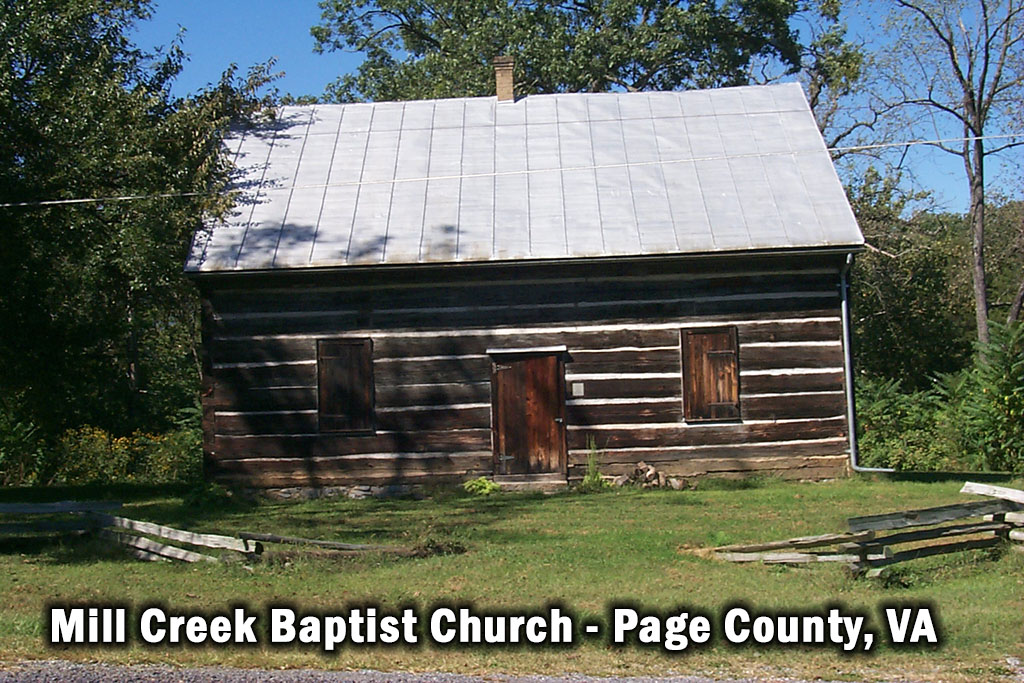
11 - The Henry Hiestand Family in Virginia

When Henry Hiestand and his wife (name unknown) moved their family to Virginia, they probably already had four or five children who had been born back in Lancaster County, PA–Barbara (c. 1734), Jacob (c. 1736), Peter (c. 1738), and maybe Abraham (c. 1840). Ann was born October 15, 1742, so she may have been the first of the kids born in Virginia. John (c. 1746), Daniel (c. 1750), and Mary Magdalene (c. 1752) were probably born on the Shenandoah River property. Except for Ann, all of their birth dates are estimates. In another article, I will say a bit more about each of these eight Hiestand children.
All of Henry’s children remained around their parents until their mother (1777) and father (1779) died. There is SO much that could be said about the Hiestands’ lives in Virginia–about 80 pages in the book I’m writing. In the previous article, you learned about one of the most significant events that occurred while Henry’s family lived in the Shenandoah Valley–the attacks by Native Americans throughout the Shenandoah Valley. I’ll share three more interesting happenings in this article.
Henry Hiestand Voted AGAINST George Washington in 1755
Three months after Henry Hiestand was court-martialed for avoiding a militia muster, on December 11, 1755, Henry Hestant traveled fifty miles or so to Winchester to vote in the election for Frederick County representatives to the Virginia House of Burgesses. Three names were on the ballot—Hugh West, Captain Thomas Swearengen, and Colonel George Washington. Voters were to register their votes for two of the three men. Henry’s name appears on the list of voters for Mr. Hugh West as well as the list of voters for Captain Thomas Swearengen. He, like most other voters in that election, chose not to vote for Colonel George Washington. Final tally: George Washington 40; Thomas Swearengen 270, Hugh West 271.[i] Born February 22, 1732, George Washington was 23 years old (soon to be 24) at the time of this election.
[i] Murtie June Clark, Colonial Soldiers of the South. (Baltimore, MD: Genealogical Publishing Company, 1983), 328-332.

“Washington kept a copy of the poll sheet, which listed how each person voted, his entire life.” More
Washington’s crushing the defeat in this election may have been caused by the notoriety he was suffering at the time from Frederick Countians who were resisting enlistment in his army and the tough way he was dealing with deserters and traitors. He even acknowledged that there were inhabitants in the area who were threatening to blow out his brains. Also, Washington was thrust into the race at the “last minute,” by his friends. He may not have even been aware that he was in contention.[i]
[i] Ron Chernow, Washington: A Life. (New York: Penguin Books, 2010), 65, 67.
For a historical context: Washington had been humiliated in a disastrous defeat by the French and their Indian allies at the Battle of Fort Necessity (also called Battle of the Great Meadows) on July 3, 1754 in what is now Fayette County, Pennsylvania.[i] A year later on July 9, 1755, George Washington was placed in command of British Major-General Edward Braddock’s troops when Braddock was mortally wounded in the Battle of the Monongahela, near Fort Duquesne (Fort Pitt) in western Pennsylvania.[ii] The Virginia election occurred on December 11, 1755, five months after Braddock’s defeat.
[i] Wikipedia contributors, “Battle of Fort Necessity,” Wikipedia, The Free Encyclopedia, accessed February 17, 2020, https://en.m.wikipedia.org/wiki/Battle_of_Fort_Necessity.
[ii] Wikipedia contributors, “Battle of the Monongahela,” Wikipedia, The Free Encyclopedia, accessed February 17, 2020, https://en.wikipedia.org/wiki/Braddock_Expedition
The voting process in colonial Virginia consisted of “public voice votes”—a spectator event, following an English tradition. Every voter voiced his intention aloud, in the presence of friends, enemies, neighbors, local officials and candidates.
As each freeholder came before the sheriff, his name was called out in a loud voice, and the sheriff inquired how he would vote. The freeholder replied by giving the name of his preference. The appropriate clerk then wrote down the voter’s name, the sheriff announced it as enrolled, and often the candidate for whom he had voted arose, bowed, and publicly thanked him.[i]
[i] Charles S. Sydnor, Gentlemen Freeholders: Political Practices in Washington’s Virginia. (Charlottesville, VA: University of North Carolina Press, 1952), 21.
John Koontz and the Baptist Revival
The Massanutten Settlement where the Hiestands lived in Virginia was largely a Mennonite community. Rev. John Rhoads who, along with most of his family, was massacred by Indians was probably the Hiestand’s Mennonite pastor while Henry’s kids were growing up. Church meetings would have been held in their homes, on a rotating basis or in the one home that could best accommodate the congregation. No doubt Henry Hiestand and his wife faithfully tried to raise their kids as good Mennonites.
In 1770 and for fifty years thereafter, John Koontz, a man of German descent, made a remarkable spiritual impact on the greater Massanutten area. Koontz was living in Front Royal near Winchester, Virginia in the 1760s when he began to be influenced by the sermons of Baptist preachers. In December 1768, Koontz traveled to Fauquier County, Virginia and was converted and baptized there, becoming a Baptist. Soon after his baptism, he began to preach in the area near where he lived. John’s brother, George, lived in the Mill Creek community of then-Frederick County, approximately 25 miles south of Front Royal. In November 1770, John visited his brother and learned that the people there, even most of the religious ones, were ignorant of the genuine grace and true peace of God through Jesus Christ the Savior. As John preached, God opened many hearts and he returned often to preach prior to moving into the Mill Creek community in the mid-1770s.
The Hiestand family was one of the Mennonite families to be impacted spiritually by the Baptist ministry of Rev. John Koontz. Although we do not know the full extent of his influence on the Hiestands, we do know that he officiated marriages for several members of Henrich Hiestand’s extended family and several of them became ministers and stalwart Christians.
In the 1790s, the Mauck Meeting House was erected on property owned by Daniel Mauck, which became the meeting-home of the Mill Creek Baptist Church for about 100 years. This building, located about 2 1/4 miles from the Henry Hiestand home place on the river, still stands and is in excellent condition.

Peter Hiestand and Jacob Gochenour's Estate
In the previous article, we saw that Joseph Gochenour was an adjacent-neighbor to Henry Hiestand. Evidence suggests that Henry and Joseph were connected in other ways. They may have even traveled to America together. Since Maria Gochenour was one of the three women most likely to have been our Henry Hiestand’s mother, Henry’s close connection to Joseph Gochenour might indicate that Henry’s mother was Maria Gochenour and that Henry Hiestand and Joseph Gochenour were first cousins.
Approximately 40 years later in Virginia, Henry’s son Peter Hiestand was involved in another significant event that suggests a familial connection between the Hiestands and Gochenours. Jacob Gochenour, the probable brother of Lancaster County Joseph Gochenour, lived about four miles northwest of Woodstock, VA. Jacob Gochenour’s land was at least 20 road miles from the Hiestand home on the South Fork Shenandoah River. And the steep, rough and rocky Massanutten Mountain separated the two families.
Apparently, something other than neighborliness connected Jacob Gochenour to Henry’s Hiestand’s second son, Peter Hiestand, so strongly that Jacob chose Peter to be the co-executor of his will. Jacob Gochenour had four sons and his oldest son, Jacob Jr. was twenty-four years old when the will was written. But Peter Hiestand was chosen to pair-up with Jacob Gochenour’s wife Mary to execute Jacob’s November 30, 1771, Frederick County, VA will. If Henry Hiestand was a first cousin of Joseph and Jacob Gochenour, Peter Hiestand was Jacob Gochenour’s first cousin-once-removed.
There's much more on this timeline.
If you enjoyed this article, please share it with others who might also be interested.

10 – Indian Troubles in the Shenandoah Valley, VA

10 - Indian Attacks Around Our Hiestands in Pennsylvania and Virginia

As a kid, cowboys and Indians was just a fun game we played. And the battles between Indians and American pioneers was just something we enjoyed watching on our old black and white televisions. But when you read the real stories that your ancestors lived, it makes you feel—to a tiny degree–the fears that haunted them day and night.
Think about this: If our Daniel Haston, or his son or daughter that you descend from, had died in one of those Indian attacks, you (and your children and grandchildren, etc.) would never have been born.
The constant threat of warfare along the Rhine River in Germany was probably a contributing factor to Henrich Hiestand leaving home in about 1727. His homeland had a long history as a battlefield for warring European nations. I wonder if Henrich was aware that beyond the coasts of America, most every settlement was a potential battlefield, with Native Americans fighting white settlers to protect their long-held hunting grounds and village sites.
Indian Troubles in Pennsylvania
Although William Penn had tried to keep peace with the Native Americans, as he passed off the scene and European settlers kept expanding inland, hostilities between the natives and the white intruders were virtually impossible to suppress.
As it turned out, just about the time our Henry Hiestand settled in western Lancaster County, just east of the Susquehanna River, animosity between Indians and colonists turned deadly. Henry’s 226 acres in Hempfield Township of Lancaster County was right on the edge of the frontier where settlers were not safe.
The Quakers who dominated Philadelphia and controlled all of Pennsylvania politically were pacifists. They refused to take action to protect their citizens in western Lancaster County. North of where Henry Hiestand lived, in northwestern Lancaster County and Dauphin County, Pennsylvania, most of the colonists were Scots-Irish, not Mennonites, Quakers, or other Englishmen. The Scots-Irish had a long history of fighting for their survival back in Europe. Unwilling to turn the other cheek when attacked, they retaliated and the hostilities escalated.
At that same time, white settlers in Northern Virginia were experiencing peaceful relations with the Native Americans–in some cases living near each other as good neighbors should. Whether or not our Henry Hiestand moved to Virginia to flee the war zone of western Lancaster, I do not know. But ten years later, similar–even more challenging–Indian troubles followed him.
French and Indian War in the Shenandoah Valley of Virginia - 1754-1763
In November 1753, the governor of Virginia dispatched George Washington, then a 22-year-old lieutenant colonial in the Virginia militia, to the area where the Monongahela and Alleghany rivers form the Ohio River. Forty men were assigned to accompany the young Lieutenant Colonel Washington. His mission was to stop the French and Indians from building forts in the backcountry of Pennsylvania and Virginia and claiming that territory for France. As they approached their destination, Washington’s troops were forced to retreat and soon had to surrender at a tiny, hurriedly constructed fortress known as Fort Necessity.[i]
[i] Matthew C. Ward, Breaking the Backcountry: The Seven Years’ War in Virginia and Pennsylvania, 1754-1765. (Pittsburgh: University of Pittsburgh Press, 2003), 32-35.

In 1754, something ominous occurred in the Shenandoah Valley of Virginia—the Indians in and around that area suddenly disappeared and crossed the Alleghany Mountains to the west. In the previous year, emissaries from Indian tribes west of the Alleghanies had visited the valley Indians and communicated a scheme that would soon disrupt the peaceful relations white settlers had enjoyed with Indians for more than 20 years. Suspicions of a brewing French and Indian storm soon became a reality.[i]
[i] Kercheval, 49.
The following year, British authorities sent Major General Edward Braddock and 3,000 troops to the head of the Ohio River to do what Washington and his militiamen were not able to do. Braddock had a lot of experience and success in European warfare but was ignorant of fighting in an American wilderness. And Braddock was an arrogant and bull-headed man who would not listen to colonist soldiers like Washington or his Indian allies who tried to advise him of the errors in his plan and approach. As a result, the July 1755 “expedition suffered one of the most decisive routs in British military history”[i] and Braddock was killed in battle.
[i] Ward, 36.
With the defeat of Braddock, the French-Indian coalition was emboldened and panic broke out in western Pennsylvania, Maryland, and Virginia as the backcountry lay exposed to Indian attacks. France and England officially declared war the next year, which we know of as the French and Indian War but is more commonly known elsewhere as the Seven Years War (1756-1763).
One of the key distinctives of Mennonite faith and practice was, and still is, pacifism—refusal to go to war. For several generations, Henry Hiestand’s ancestors had been ostracized and persecuted for refusing to go to war, even defensive wars. On September 2, 1755, less than two months after Braddock’s defeat at the Battle of the Monongahela and while settlers in western Virginia were living in fear of Indian invasions, our Henry Hiestand was fined for not participating in a militia muster. At a court-martial in Frederick County, it was ordered by the “Rt. Honble. Thomas Lord Fairfax County Lieutenant” that “Henry Histand of the foot Company Commanded by Capt. William Bethel be fined ten shillings or one Hundred ll. of Tobo. [tobacco] for Absenting himself from one* Private muster within twelve months last past.”[i]
[i] Richard K. MacMaster, Samuel L. Horst, and Robert F. Ulle, Conscience in Crisis. (Scottdale, PA: Herald Press, 1979), 157.
By early 1758 large war parties of Indians roamed freely in the Shenandoah Valley, capturing and killing white settlers. Klaus Wust described the plight of Massanutten families poignantly in these words: “During March and April 1758, the settlements in the South Branch [Shenandoah River – where our Hiestands lived] valley were annihilated.” John Stone (probably the son of Ludwick Stein/Stone) and his family were massacred at their home in the heart of the Massanutten Settlement. The Abraham Brubaker family who lived near the Stones was spared of a similar fate because Mrs. Brubaker had spotted the Indians, two miles away, on the previous evening and was prepared to flee at any additional sign of danger.[i] In the Hawksbill community, a couple or miles or so from the Hiestands, Jacob Holtiman, his wife and children were killed and a Grandstaf family was taken prisoners.[ii]
[i] Strickler, Massanutten Settled by the Pennsylvania Pilgrim, 1726, 85-86.
[ii] Wayland, A History of Shenandoah County, Virginia, 68.
Shenandoah Valley Mennonites Flee Back to Pennsylvania
“Within a few weeks, most German neighborhoods in northern Virginia were abandoned. Many fled east of the Blue Ridge, others moved with hastily gathered belongings whence they had come years ago—to eastern Pennsylvania.” “For several weeks, Indians struck out of the Massanutten Mountains at whatever sign of life they could perceive.”[i]
[i] Wust, 63.
While in refuge with friends and family back in Lancaster County, four Mennonite leaders (Martin Kauffman, Jacob Burner, Daniel Stauffer, and Samuel Boehm who was Abraham Hiestand’s future father-in-law) from the Massanutten Settlement wrote a letter dated September 7, 1758* to fellow Mennonites in Holland, asking for financial assistance.
We were 39 Mennonite families living in Virginia. One family was murdered and the remaining of us and many other families were obliged to flee for our lives, leaving all and going empty handed. Last May the Indians murdered over 50 persons and more than 200 families were driven away homeless… We come therefore with a prayer to you brethren and fellows in the faith for help, by way of charitable aid.[i]
[i] Harry Anthony Brunk, History of Mennonites in Virginia, 1727-1900. (1959; reprinted, Harrisonburg, VA: Vision Publishers, 2012), 25.
The Dutch Mennonites responded with a gift of 50 pounds English sterling.
No doubt the Hiestand family was one of the 39 families mentioned in the letter. But apparently, the Massanutten refuges did not remain away from their Virginia homes for long.
First hesitantly, then almost in full numbers, the people returned to their homes and fields. From the latter part of 1758 until 1761, the German settlements in the lower Valley and in the Southwest were quiet. Life was almost normal again. Houses and barns gone up in flames had to be rebuilt. Many of the homes constructed now had an added feature: the vaulted cellar which would serve as a fort of last resort for family and neighbors.[i]
[i] Wust, 64.
Our Daniel Hiestand/Haston would have eight years old when his family temporarily returned to Pennsylvania for refuge. This and other memories of that time would have been with him for the rest of his life.
Massacre of the Hiestand's Neighbors
Rev. John Rhoads, Wife, and Six Children
The French and Indian War officially ended in 1763, but one more major Indian attack occurred in the valley a year after the Treaty of Paris that ended that war. It was such a savage event that it still lingers in the minds of some Massanutten area people today.

Late in August of 1764, “a party of eight Indians and a worthless villain of a white man crossed Powell’s Fort Mountain, to the South Fork of the Shenandoah.”[i] They probably travelled through or very near Henry and Abraham’s properties in Fort Valley. The Indians murdered Rev. John Roads, his wife, and three of his sons at or near the homesite. One of the boys tried to cross the river to escape, but the pursuers caught the boy and killed him in the river. Into the 1800s, or perhaps even later, that crossing was known as “Bloody Ford.” The Roads family lived just across and up the river from the Hiestand family, and it is very possible that this young son of John Roads was headed to the Hiestand home for protection and help. The oldest daughter, Elizabeth, ran to the barn with her baby sister. When the Indians set the barn on fire, Elizabeth escaped through a hole in the barn, ran through a tall hemp field with the baby, and crossed the river to safety at a neighbor’s house. The Indians then set fire to all the other buildings and took two sons and two daughters as prisoners. As they reversed their course and crossed Powell’s Fort Valley the Indians killed one of the boys, a sickly lad, as well as the two girls who refused to go with them. The other boy, Michael, remained in captivity for three years before returning home.[ii] Michael claimed that he personally watched some French men pay these Indians per scalp for his family’s scalps.[iii] Later, Elizabeth married Jacob Gochenour, son of the senior Jacob Gochenour who was the brother of Joseph Gochenour, Henry Hiestand’s friend and neighbor back in Lancaster County—possibly Henry’s first cousin.
[i] Kercheval, 101.
[ii] Kercheval, 101-102.
[iii] Wayland, A History of Shenandoah County, Virginia, 73.
Our Daniel Hiestand/Haston would have been about 14 years old at the time and would have seen the fires across the river, heard the story firsthand from Elizabeth, and perhaps even witnessed the mutilated bodies.
More Indian Threats Later in Tennessee
Later, when Daniel Haston moved to Western Carolina (now East Tennessee) his family faced similar threats for several years. But more about that later.
If you enjoyed this article, please share it with others who might be interested.

Surname Spellings in Daniel Haston Family
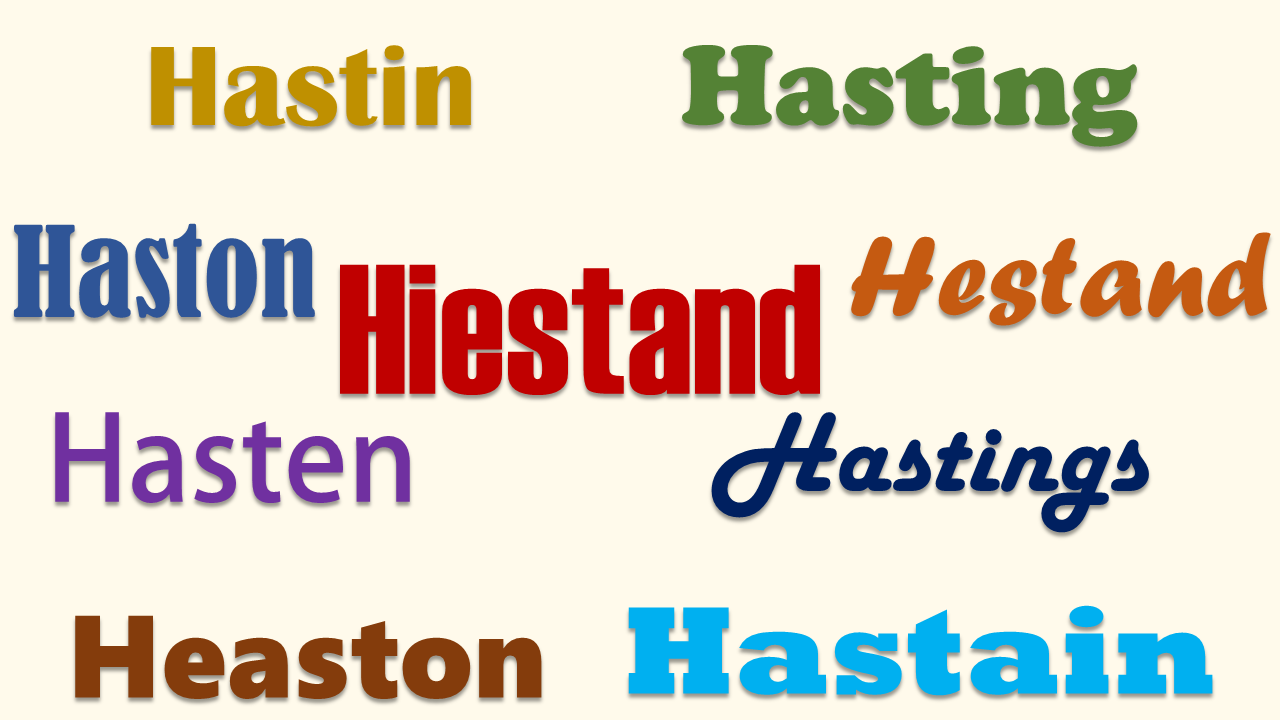
One Family - Many H-Surname Spellings

Colonel Howard H. Hasting, Sr. – a 1950s–early 1980s Haston family researcher – opened his research report on the family of Daniel Haston with this question: What is the name of this family? He then proceeded to reference several different ways our H-surname has been spelled in official records. I often get a similar question–Why so many different spellings of our H-family name?

It started as Hiestand
If you have been following my articles on the Daniel Haston family, by now you know that our European ancestors were from Switzerland. The very first known written record of the family name was Hiestand, in 1401. In Europe, like with Haston in America, the surname was spelled in various ways from writer to writer. You may remember reading the article where you saw that Heystandt was the way Hollander Mennonites spelled our family name. Often our SWISS-German ancestors (even in Daniel Haston’s Virginia family) added a “t” to the end of the name: Hiestandt. The Swiss language is a form of German and the harsh sounding “t” ending is very Germanic.
Daniel's Family, from Hiestand to Haston
The name-changing “villains” were generally the English clerks. Not understanding the German language, they frequently Anglicized names of their clients into spellings that made more sense to their English ears. In my research of Daniel’s Hiestand family in northern Virginia, I saw this often. Among their Mennonite friends, the name was consistently Hiestand (or Hiestandt). But when clerks wrote the names, they commonly morphed them into Heaston and similar spellings. I even found three occurrences where Virginia clerks spelled the names of Daniel’s brothers “Haston.”
One branch of Henry Hiestand’s family, descendants of Daniel’s brother Abraham, spells their name Hestand. There’s even a Hestand community in Monroe County, KY.
The farther away Daniel Haston moved from neighborhoods where there were lots of SWISS-German Mennonites, the spellings became Anglicized more commonly. By the time our Daniel got to Knoxville, Tennessee it seems that his two oldest sons, David and Joseph, decided to standardize the spelling in an English-sounding way that they were happy with. They (who were both English-literate) began to spell their names, David Haston and Joseph Haston. I can’t say that they ALWAYS without exception spelled it that way, but they certainly did so in general. But still, clerks were more familiar with the British Hasting and Hastings (etc.) so it took a while for them to get it. Even today, I have acquaintances who still call me Wayne Hastings!
When Daniel’s family got to Middle Tennessee in about 1804, it took a few years before people there became accustomed to the H-a-s-t-o-n spelling. David Haston was a Justice of the Peace both in White County and Van Buren County, after Van Buren was created out of White County in 1840. Joseph was a constable. They, and some of their children, were well-known enough that the Haston spelling finally stuck in those counties.
Westward Moves & Changing Names
Of the six sons of Daniel that we know about, five of them adhered to the White and Van Buren County, TN Haston spelling. David and Joseph remained in Middle TN and died there as Hastons. Two of Daniel Haston’s sons moved west early, prior to 1820. Jesse and Jeremiah both settled in Missouri and both of their families (to this day) continued to use the Tennessee “Haston” spelling. Daniel Haston, Jr. who settled in Adair County, KY and died in 1820 also held to Haston as his surname. But Isaac’s surname spelling changed from time to time and place to place, and person to person, tending toward Hastings or Hastin or Hasten. I have found one example where Isaac tried to spell his name and couldn’t remember the last letter. Apparently he had tried to memorize how to write it but forgot how to finish it. My guess is that Jesse and Jeremiah were literate or, at least, knew how to write their names which helped perpetuate the Haston spelling from Tennessee down their lines–and Isaac couldn’t and didn’t.
It was Daniel’s grandchildren who moved west that were most responsible for the many variants of the H-surname so firmly entrenched among Daniel’s widespread family. Let’s look at four or five of the main H-spellings and how they probably were adopted by Daniel’s descendants.
Hasting
Col. Howard H. Hasting, Sr. explained why and how his branch of the family settled on the Hasting spelling. Col. Hasting descended from Daniel through Joseph Haston.
My father related to me after his branch of the family moved to [Yell County] Arkansas, about 1880, they held a “family meeting” and decided to spell the name “Hasting” thereafter, because they felt that was the correct spelling. As a result, the family in Arkansas, generally spells the name “Hasting,” but some add an “s” and some who came to Arkansas in later years or from other branches of the family still spell the name “Haston.”
Hastings
With America’s history as a post-British colony, English names were common. Virtually all of the early clerks in America were native English speakers, even the Scots-Irish.
At least two of Daniel’s grandchildren, who lived near Daniel’s home place, knew that their grandfather was “Dutch,” meaning they knew he was a German language speaker. But the great-grandkids seem to have been totally at a loss to identify their European roots. So the lore began to spread through the family that “we are English” or “we are Scots-Irish.” When some of them began trying to figure out where they came from, England or Ulster of Scotland were their first guesses. And since the English Hastings name was well known and Haston was similar to Hastings, it was natural for them to think: “Our name must have originally been Hasting or Hastings.” Later, when some of them learned that there were Haston families in Scotland, some members of our family began to lean toward the Scots-Irish view of our descendency.
A case in point: An English John Holloway Hastings family moved near the Isaac Haston family in Greene County, MO. It seems that from that time on, most of Isaac’s family began gravitating toward the English surname spelling.
Hastain
Some time after David Haston’s son, Daniel McCumskey Haston, moved to Missouri, his surname spelling was changed to “Hastain.” The change seems to have been a conscious choice since the revised spelling has generally been passed down through his descendents in Missouri. In Benton County, MO there is a community, now virtually unpopulated, named after this “Hastain” family.

For years it baffled me – and many others – why this Hastain spelling? Then one day I sort of accidentally typed Hastain in Ancestry.com (with a setting to include the United Kingdom) and – volia! Try it! There were MANY Hastains in the United Kingdom, especially in the 1800s. I stopped counting at 100 Hastain names, but I was just getting started.
My guess: Daniel McComisky Haston bumped to an Englishman with the name of Hastain who convinced him his family was spelling their names wrong.
Oh, by the way, other descendants of David Haston who settled in Oklahoma, Arkansas, Texas, and eastern Missouri generally kept the Haston spelling.
Hastin, Hasten, etc.
Frankly, I’m basically just guessing about how these two surname spellings came about.
Hasten – May have just been a misspelling of Haston.
Hastin – In places where the Hasting or Hastings name tended to catch on, frequently the Hastin spelling showed up, often interchangeably with Hasting or Hastings. For example, that was true of Isaac Haston’s family when they settled in Greene County, MO and Sonoma County, CA. It wasn’t uncommon to see one member of the family spell the name Hastings and a sibling spell the name Hastin. Both versions of the name have been passed on down through the sub-branches of the Isaac Haston family.
To make matters even more confusing, some branches of the English Hastings family (from North Carolina) eventually shortened their names to Hastin. So a “Hastin” is not necessarily a descendant of Daniel Hiestand/Haston.
And There Were Others
There were other spellings, mostly misspelled variations of the above names. But eventually, Haston, Hastings, Hastain, Hastin have become the most common names for branches of the Daniel Haston family.
If you appreciated this article, please share it with others who might also enjoy it.

09 – Our Ancestor Moves to the Shenandoah Valley, VA

Hiestands Move to the Shenandoah Valley in Northern Virginia

Our Daniel Hiestand/Haston was probably born a quarter mile or less down river from this spot. He grew up here and no doubt learned to swim and fish in this river--the South Fork of the Shenandoah River--very near what is now the Bixler Bridge in Page County, VA. The photographer of this picture was standing on land once owned by Henry Hiestand.
Do you like to camp? You can do that here for $50 per night.
About 30 miles south into Virginia from Pennsylvania, the Massanutten Mountain which reaches an altitude of nearly 2,000 feet at several points emerges sharply east of Strasburg and west of Front Royal. The Massanutten Mountain divides the Shenandoah Valley for 50 miles before ending just as sharply near Harrisonburg on the west and Elkton on the east.
The Massanutten Mountain is an isolated wedge of mountain.
John Wayland, Shenandoah Valley Historian
Massanutten Settlement
About the time Henrich Hiestand was arriving in America, some of his future Virginia neighbors were already beginning to settle near the Massanutten Creek on the lower part of the east slope of the Massanutten Mountain in what was then Spotsylvania County, Virginia. Adam Mueller (Miller), Abraham Strickler, Mathias Selzer, Philip Lung (Long), Paul Lung (Long), Michael Rhinehart, Hans Rood (John Rhodes or Roads), Michael Kaufman—all from Lancaster County, Pennsylvania—had purchased land there from Jacob Stover in about 1729. But, they were likely squatting on the land two or three years earlier.[i] It was the first white settlement west of the Blue Ridge Mountain.
[i] Harry M. Strickler, Massanutten Settled by the Pennsylvania Pilgrim, 1726. (1924; reprinted, Markham, VA: Yesterday Books, 2009), 26-27.
While still attempting to secure a grant of 5,000 acres in the wilderness of Spotsylvania County, Swiss-German immigrant Jacob Stover (Stauffer) from the Lower Salford area near Skippack in eastern Pennsylvania sold tracts of his hoped-for grant to several incoming settlers from Lancaster County.
These 5,000 acres have since been known as the Massanutten Patent[i] or the Massanutten Tract, or the Massanutten Settlement. This irregularly shaped tract began near Alma, Virginia on the south end and continued northerly about ten miles to the mouth of the Hawksbill Creek, which is about three miles north of what is now the town of Luray, spanning the South Fork Shenandoah River along the way. Strickler noted that “the patent took in only the better river bottomlands and skipped the rough bluffs at the bends of the river.”[ii] Later, when Lord Fairfax began selling his proprietary lands, he disallowed such a selective process by requiring that each tract had to be “laid out so that its breadth was no less than one-third of its depth.”[iii]
[i] “Jacob Stover’s Patent for 5,000 Acres,” Virginia Patent Book No. 15. (Richmond, VA: Land Office), 129.
[ii] Strickler, Massanutten Settled by the Pennsylvania Pilgrim, 1726, 121.
[iii] J. Ross Baughman, Some Ancestors of the Baughman Family in America. Edinburg, VA: Shenandoah History Publishers, 1994), 28.
A Book I Highly Recommend
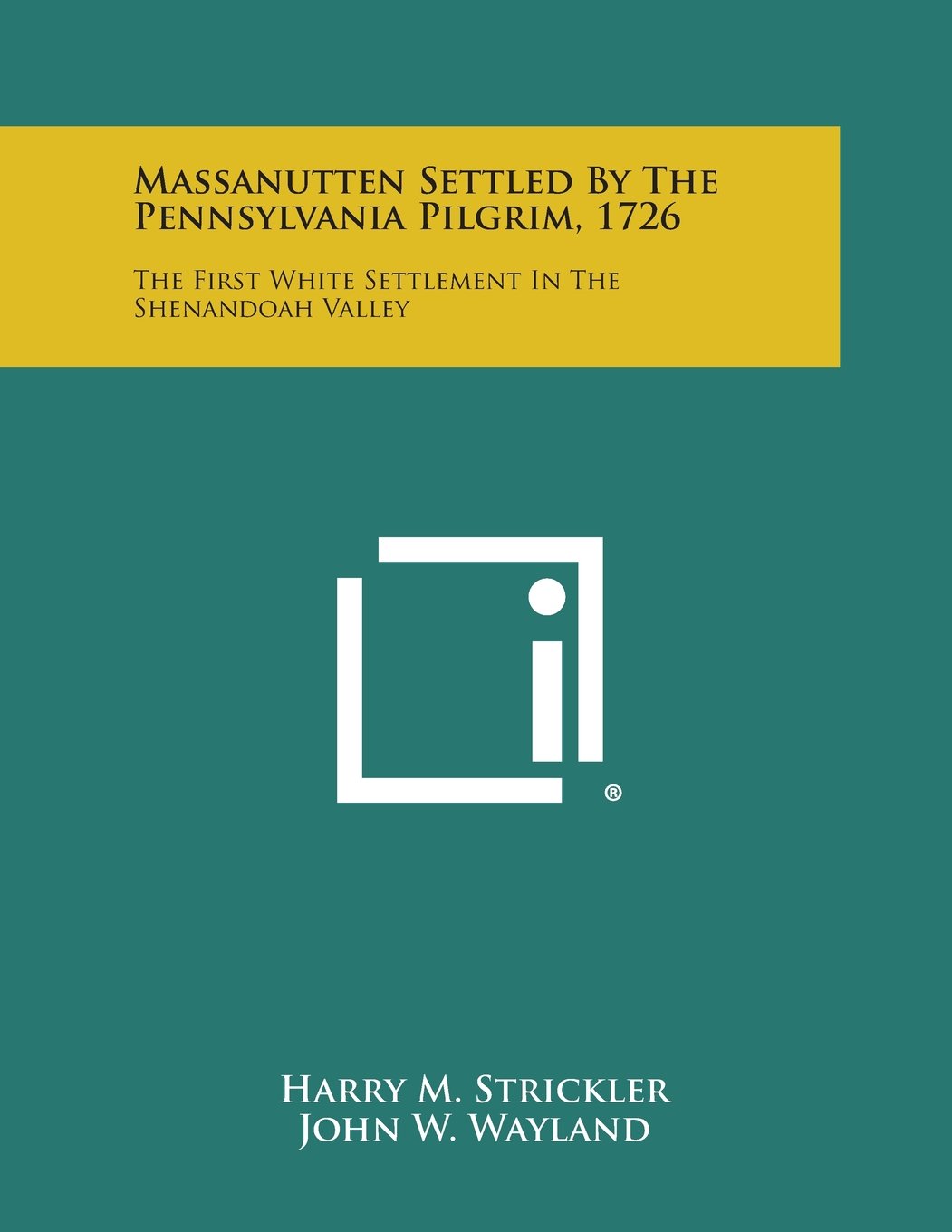
In 1929, a group called the “Massanutten Society” erected a monument in the heart of the original Massanutten Tract to honor the earliest families of the Massanutten Settlement who planted their roots there about 200 years earlier. The monument is located west of the White House Bridge on the west bound side of Highway 211, less than a mile from the river.
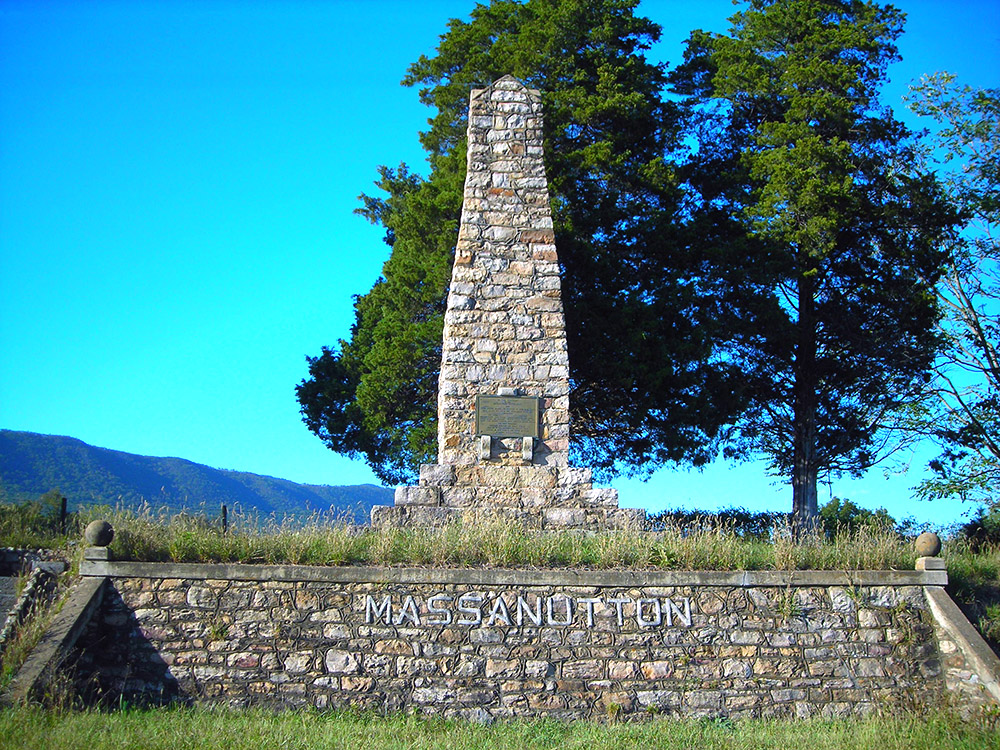
Hiestands Join the Massanutten Settlement
When Henry purchased his South Fork Shenandoah River tract, he became the third (other than Jacob Stover) private owner of his chunk of the Massanutten Patent. But he was probably the first white person to actually settle on this land. Stover deeded parts of the 5,000 acres to six men in 1735 and 1737. More than 40% of the acreage went to Ludwick Stone, 1100 acres on December 15, 1735 and another 1050 acres on November 24, 1737. A few months later…
- Ludwick Stone sold the 1050 acres, in two separate tracts (800 acres and 205 acres), to…
- Philip Long for 100 pounds on March 1737, who then, six and a half years later, sold the “by estimation” 205 acres tract to…
- Henry Hiestand for 54 pounds, 16 shillings, 6 pence on September 22, 1743.[i]
[i] Orange County, Virginia Deed Book 7, 419-420.
But 800 acres plus 205 acres does not add up to 1050 acres for the second tract Long purchased from Stone, so why the discrepancy with the number of acres? Surveys in those days were often quite inaccurate and this seems to be the case with this transaction. When you plot the “metes and bounds” for Henry’s survey, it appears that he actually received about 310 acres, yet the survey says, “by estimation two hundred and five acres of land.” Perhaps the fact there were nearly two miles of bending riverfront explains this large of a discrepancy. It must have been quite difficult, in those days, to survey bending river frontage accurately.

Notice that the dog-legged east line is the Massanutten Patent Line, so the Hiestands were just inside the historic Massanutten Tract.
Was Henry’s newly purchased land in Virginia that much better than the Hempfield Township tract in Lancaster County? The land surveyed for Henry in Pennsylvania was good land—rich and level. The stream that ran across a corner of the Lancaster County property was probably an adequate water source, especially at the time Henry owned the rights to the land. Although much of the Shenandoah River tract was hilly and the soil may have been quite thin in some places, there was about 1.8 miles of river frontage, with about 40 acres of very rich river bottom land, assuming the land has not changed too much in nearly 300 years. Was the river frontage and the bottom land on the South Fork Shenandoah River worth that much? Probably it was for a pioneering SWISS-German farmer.
Although Henry later acquired other land in Virginia, one adjacent tract and a Massanutten mountain tract, this river front property was no doubt his home place from then on—the place where at least his three youngest children (including our Daniel Hiestand/Haston) were probably born. This Shenandoah riverfront property had most everything a pioneer farmer would need or want:
Easy access to water, reliable year around—nearly two miles of frontage on the South Fork of the Shenandoah River, an abundant supply for his animals, as well as his family, as well as a stream that was said to provide a plentiful supply of fish.
Plenty of land for pasture and woodlands, as well as sunny-side hills for orchards.
Limestone soil, with its enviable inherent soil conditioner, which Mennonite farmers highly valued.
- Several acres of rich river bottom land for crops, much of which may have already been cleared or easy to clear.
Today, approximately 40 acres of flat, rich-soil river bottomland exists along the river at the site of what was Henry’s homestead. (And you can camp on it!)
Dr. Wayland’s following description of a German settler’s ideal land almost sounds like a description of Henry’s South Fork of the Shenandoah River acreage:
The German pioneers followed the chief watercourses of the Shenandoah Valley, and fixed their settlements for the most part on or near the fertile bottom lands along the larger streams. In these localities the soil was most productive and most easily worked; and the lay of the land was generally most desirable. At many places there would be a wide bottom on one side of the river, sweeping out in an almost level expanse for a mile or more, even though on the opposite side of the stream, at that particular point, there might be an abrupt bluff. Frequently, too, there was but little timber to clear away on these broad levels. Along the banks of the stream there were always trees of a larger or smaller growth; but it is quite probable that many of the best lowlands were still largely prairie.
Henry's Additional 264 of River Land
Henry did not yet have a warrant for this land, but on July 11, 1752, he had “264 acres on the south side of South Fork of Shannadoah” surveyed. This acreage was adjacent to John Bumgarner and the “line of old Messnuttin Tract,” which was a border of Henry’s 205+ acres. The deed for this new tract was entered on August 2, 1762 and that length of time was not uncommon for that era in that location.
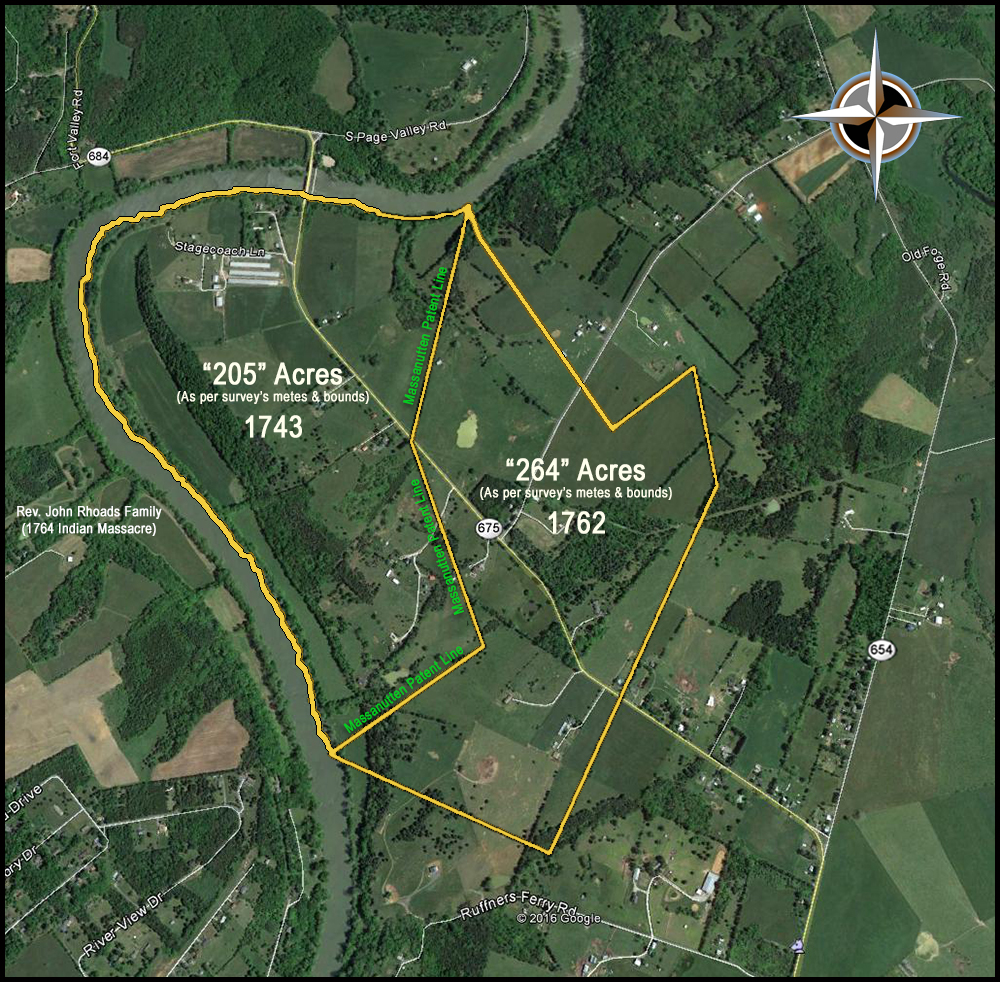
If you enjoyed this article, please share it with others who might be interested.

08 – Henry Hiestand Settles on Penn Family Land
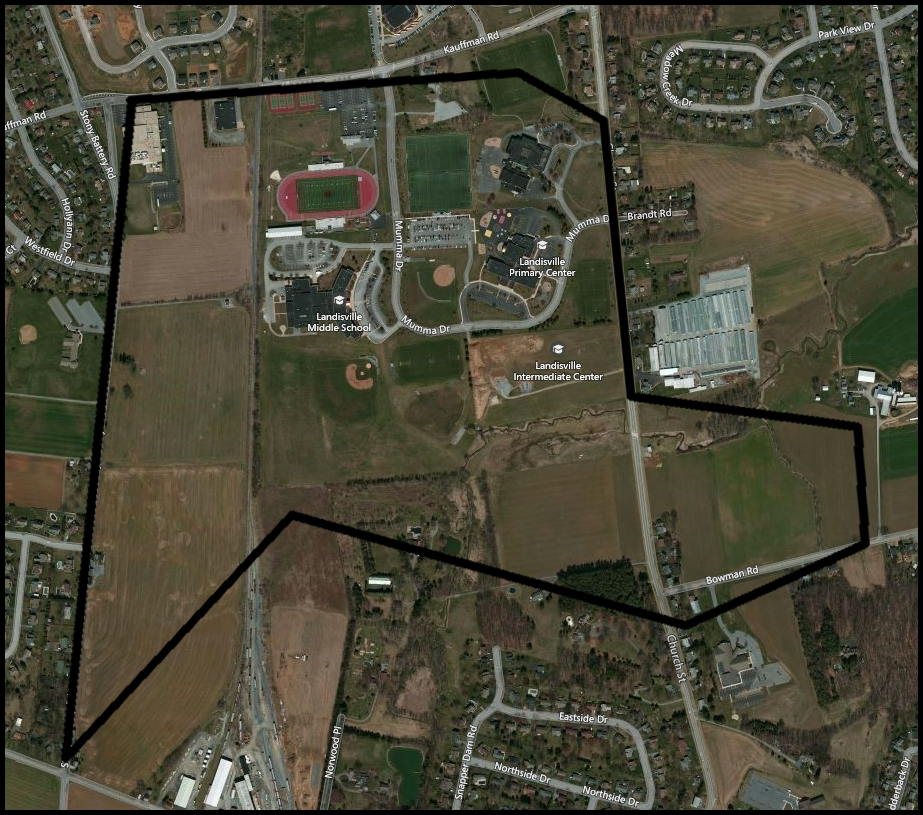
08 - Henry Hiestand Settled on Land Acquired from William Penn's Sons

And who were Henry Hiestands parents? Exactly where did he live in Lancaster County, PA? Why did he owe so much money to Caspar Wistar? Who were Jacob and John Hiestand who lived near him in PA? And what about pioneer cowboy movie star Tom Mix? And more!
1728 - Henry in Western Lancaster Co, PA
In the previous article, you learned that in April 1728 Henry Hiestand signed a petition to become a naturalized citizen of Pennsylvania, a British colony. That petition was signed south of Lancaster, PA in a community of Mennonite immigrants. So in a year or less, Henry had apparently moved westward across the Pennsylvania colony to the area that was becoming predominantly settled by Deutsch-speaking Mennonites. This suggests that he did not have to become an indentured servant to some Englishman in eastern PA. He was probably helped get his start in America by a family he was already acquainted with back home in the Rhineland.
Henry's 226 Acres in Lancaster County, PA

On May 10, 1729, Lancaster County was created out of Chester County and was named for Lancashire, England. Hempfield Township was one of the original townships, so-named because of the abundance of hemp raised in that area. Hemp was a valuable product, used for making rope, canvas, burlap, linen, and other commonly used materials. The lands currently in East Hempfield (created 1818), West Hempfield (created 1818), and Manor Townships (created 1759) were all parts of the original Hempfield Township.
Hempfield Township was largely settled by SWISS-German Mennonites. “In the 1730s, at least fifty-five surveys for Mennonists totaled close to ten thousand acres.”[i] Many of these families were associated with Hiestands back in the Palatinate of Germany, or even some in Canton Zurich of Switzerland—Neff, Strickler, Garber, Brubaker, Forrer, Gochenaur, Reiff, Hershey, Baughman, and others.
[i] Ruth, The Earth is the Lord’s, 240.

Henry Heestant had 226 acres surveyed in Hempfield Township on May 20, 1735. This was step #3 in the process of purchasing land from William Penn’s sons.
Step 1 – Application
Step 2 – Warrant to conduct a survey
Step 3 – Survey
Step 4 – Return of survey
Step 5 – Patent – which was the first conveyance title land ownership.
Today, the beautiful Landisville Middle School campus, Landisville Primary Center, and Intermediate Center are located on property that Henry Hiestand settled.
Clue as to Henry's Hiestand's Mother's Family?
If you have been following this series carefully, you may recall that Henry Hiestand’s father (Daniel Haston’s grandfather) was most likely one of these three men:

Review: Article 05a – Our Hiestands (Heystandts) – Refugees on the North Sea
And these were their wives: (Heystandt is a variant spelling of Hiestand by Hollander friends.)
- Hans Jacob Hestandt (Heystandt) and Antie Beyers
- Hendrick Heistandt (Heystandt) and Barbara Mellingers
- Hans Hendrich Hestands (Heystandt) and Maria Gognouwers (Gochnauer)
One possible clue (among others) is that Joseph Goghanour (Gochnauer) purchased 403 acres adjacent to Henry Hiestand’s Hempfield Township land, his land was the only other land of the area that was surveyed on the same day as Henry’s 226 acres (May 20, 1735), his name appears five names above Henry’s on the 1728 Naturalization Petition, and he–like Henry–apparently also arrived in America prior to the fall of 1727 when passenger lists were required. Perhaps they came to America together.

Why did Henry Hiestand owe Caspar Wistar such a large sum of money?
Caspar Wistar grew up in the Rhineland, not far from Henry Hiestand. Caspar came to America in 1717 and became very wealthy. He loaned money to other less-fortunate German-speaking immigrants, one of which was Henrich Hiestand.

Heinrich finally paid off his debt to Wistar at about the same time he was preparing to move to Virginia, about nine years after securing the loan. If Heinrich never paid to finalize the purchase of the Hempfield Township tract and did not purchase the Virginia land until ten years after securing the loan from Wistar, what did Henry do with the 130 gulden, 2 Kopfstück (14 pounds sterling) that he borrowed from Caspar Wistar prior to 1733, which was finally paid to Wistar in early 1742? Perhaps he got the loan with an intention to purchase the Hempfield Township land, but for some reason decided not to settle there and later applied the funds to purchase the purchase of 205 acres on the South Branch of the Shenandoah River in what was then Orange County, VA. Or, perhaps he needed the money to pay the ship captain for his voyage to America.
Jacob & John Hiestand - Who Were They?
While Henrich Hiestand was just beginning to adjust to life in the New World, two other Hiestand men were crossing the Atlantic, en route to Philadelphia. Jacob Hiestandt and Johannes Hiestandt arrived on the ship Friendship from Rotterdam by way of Cowes, England on October 16, 1727, and signed the Declaration of their Fidelity to King George II on that day.

The name of Abraham Swartz (Swarts) appears immediately below the names of Jacob and Johannes Hiestandt on the passenger list.[i] Abraham Swartz was the husband of Elizabeth Hiestand, who was the sister of Jacob and Johannes. According to the Abraham Schwartz’ Bible record, Abraham and Elisabeth “were married by Hans Burkholder of Gerolsheim, Germany” (approximately 26 miles [16 km] southwest of Ibersheim). She was born at Herrnsheim, the daughter of Heinrich Hystandt.” Elisabeth was Abraham’s second wife. She died in what is now Montgomery County, Pennsylvania on November 5, 1727, about four weeks after she and Abraham reached their transatlantic destination.[ii] [iii] Like many transatlantic passengers, Elisabeth probably died because of an illness that began on the ship. Montgomery County was formed out of Philadelphia County in 1784.
[i] Ralph Beaver Strassburger, Pennsylvania German Pioneers, Volume II, Facsimile Signatures, 1727-1775, ed. William John Hinke. (1934; reprinted, Baltimore: Genealogical Publishing Company, 2009), 16-17.
[ii] Richard W. Davis, Hiestand, 5.
[iii] Ruth, Maintaining the Right Fellowships, 105.
Were Jacob and John Hiestand brothers of Henry? Cousins, perhaps? I am guessing they were cousins. And a comparison of my DNA with a descendant of Jacob Hiestand seems to confirm my cousins theory–but, frankly, I don’t know for sure.
Jacob Hiestand
Based on a warrant issued by the Proprietaries of Pennsylvania (Penn family) on May 14, 1735, a 300 acres tract was surveyed for Jacob Heestant on April 8, 1736. The survey was returned on June 30, 1740 which would indicate that the land and fees were paid in full at that time.

Jacob Hiestand’s Land Today

Route 283 now runs diagonally east and west across what was Jacob Hiestand’s land. Much of what is now Salunga-Landisville, PA was originally part of Jacob’s 300 acres. And the Spooky Nook Sports complex (currently the largest indoor sports, events, and entertainment complex in America) is located on the land originally owned by Jacob Hiestand.
John (Johannes) Hiestand
In 1719 William Penn had 16,000 acres of mostly flat, rich, and well-watered land surveyed that was probably originally set aside for Conestoga Indians to live and hunt. This Manor of Conestoga was located on the east side of Susquehanna River in the southwest corner of the Hempfield Township. See the 1730 map above. The Conestoga Manor became Manor Township in 1759, four years before the vigilante “Paxton Boys” gang came down from Dauphin County to massacre remaining members of the Conestoga tribe in two separate attacks.
John Hestont’s 150 acres was also originally in Hempfield Township. But when Manor Township was formed out of Hempfield in 1759, the border of John’s tract became part of the northern border of Manor Township that separated Manor from Hempfield. John’s home would have been approximately four and a half miles south from a spot between Henry and Jacob Hiestand’s tracts.

Tom Mix - His Mother was a Hiestand

Tom Mix (1880-1940) was the forerunner of movie and television western stars, such as Roy Rogers, Gene Autry, John Wayne, and many others. He was the “king of the cowboys” during the 1920s. His screen career spanned the periods of silent movies and “talkie” movies.
Tom’s mother, whose maiden name was Elizabeth Hiestand (descendant of Jacob Hiestand), was born in the Susquehanna River town of Marietta in Lancaster County, Pennsylvania. She was a small woman of Pennsylvania Dutch ancestry. Her mother’s name was Rebecca Smith, and her father’s name was John Hiestand. Elizabeth was raised by her grandparents, Mary Feltenberger and Samuel Smith, who ran a tavern called the Halfway House, located midway between Marietta and Mt. Joy, Pennsylvania. During the Civil War, when Elizabeth was about seven, she and her grandparents moved to Shiremantown, just west of Harrisburg, Pennsylvania, where Elizabeth was educated and spent most of her childhood.[i]
[i] Paul E. Mix, Tom Mix: A Heavily Illustrated Biography of the Western Star, with a Filmography. (Jefferson, NC: McFarland Company, 1995), 9.
Henry Hiestand Moves to the Shenandoah Valley of Northern Virginia
A warrant to accept the May 20, 1735 Henry Hiestand survey of the 226 acres was issued to John Coffman on June 8,1743.[i] And a patent for the tract was issued to John Coffman two weeks later, June 22, 1743.[ii] Apparently, Henry (Henrich) did at least intend to purchase the land, but before a patent was issued for the land he sold or gave rights to the land to John Coffman who already owned land adjacent to, on the south side of, this tract.
[i] “Lancaster County Warrant Register Page 34.” (On file: Pennsylvania Historical and Museum Commission –
Pennsylvania State Archives, RG-17, Records of the Land Office, Warrant Registers, 1733-1957, series #17.88, page C-34). http://www.phmc.state.pa.us/bah/dam/rg/di/r17-88WarrantRegisters/LancasterPages/Lancaster34.pdf
[ii] “Patent to John Coffman.” (On file: Pennsylvania Historical and Museum Commission –
Pennsylvania State Archives, RG-17, Records of the Land Office, Microfilm #17.142 – Patent Books, A and AA Series, 1684-1781; Patent Book A-8, page 277 to patent Book A-11, page 274).
Note: Regardless of what you might see in somebody’s genealogical records, the identification of Henry Hiestand’s wife (Daniel’s mother) is not known for sure. There is speculation (no proof!) that she was a Coffman (Kauffman), related to this John Coffman. There is a Kauffman Cemetery in Virginia–just a mile or so up-river from where Henry Hiestand settled in what is now Page County, VA.
Our Henry Hiestand only lived in Pennsylvania for 15 or 16 years, but there is much that we have learned about him from his time there—his earliest years in America. In the 1730s and early 1740s, many Pennsylvania Mennonites began to move south into the back country of Virginia, the beautiful Shenandoah Valley. For reasons not clearly known to us, Henry chose to join this movement and became a part of the Mennonite settlement, the 5,000 acres Massanutten Tract, near what is now Luray, VA. But that’s the topic for the next article.
If you enjoyed this article, please share it with others who might be interested.

07 – Our Hiestands Begin Life in America
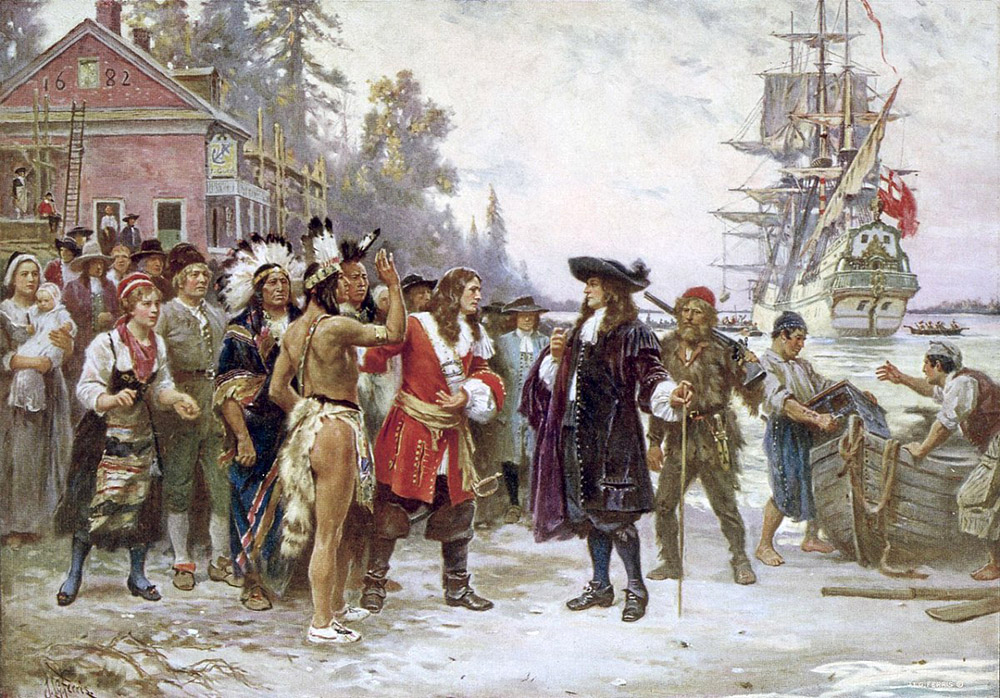
07 - Henry Hiestand - His Earliest Years in America

For Americans, an "immigrant ancestor" is an ancestor who emigrated from some other country, to come to and settle in America. Henrich (Henry) Hiestand is the immigrant ancestor for all of us who trace our lineage back to him—the first immigrant in our Hiestand line. Daniel Hiestand/Haston and his siblings were first-generation Americans, born in America as the children of their immigrant father, Henrich.
According to the Bible record of his son Peter, our Henrich (Henry) Hiestand was born on October 8, 1704.[i] Henrich’s grandson Joseph Hiestand (son of Henrich’s oldest son Jacob), stated that his “grandfather Hiestand was…a native of Germany, and emigrated to Lancaster County, PA in 1727.”[ii] This Joseph Hiestand was a nephew of our Daniel Hiestand/Haston.
[i] “Peter Hiessandt, Sr.’s Bible.”
[ii] Joseph Hiestand, quoted in John Powell, Authentic Genealogical Memorial History of Philip Powell, of Mifflin County, PA: And His Descendants and Others, Miscellaneous Items and Incidents of Interest, Volume 1. (1880 reprint; n.p., Andesite Press, 2017), 368.
If Henrich Hiestand arrived in 1727, prior to his October 8 birthday, he would have been 22 years old at the time he landed in Philadelphia. Another source says that he was single when he arrived. So, we might assume that one motivating reason for his emigration to America was to secure land to own and farm in order to build a life for himself, the wife he hoped to find, and the family he dreamed about having.
How Did Henry Pay for His Trip to America?
Many of the early immigrants to America were poor and not financially capable of paying for all of the fees at toll stops down the Rhine, the ship passages across the English Channel and Atlantic, as well as food and other necessities while they were in Holland and England. Add to all of that, the unexpected costs related to corruption and theft. Even if travelers thought they were financially prepared for the journey, often unexpected expenses impoverished them and forced them into debt. Instead of turning them away, ship captains found another way to squeeze money out of these prisoners of debt.
One: Wealthy men met these ships at the docks in Philadelphia, eager to pay the debts of passengers if they would agree to work off their debts, as indentured servants, over a period of several (usually 3 to 6) years.
Like so many other Palatine (Palatine = people from the Palatinate of Germany) emigrants, Henrich may have been forced to indenture himself to some wealthy English Pennsylvanian who paid his debt to the captain and provided room and board for him until he could “redeem” himself by a few years of servitude. But Henry appears in western Lancaster County, PA a year later among other Mennonite families, which suggests he was not in servitude.
Two: Perhaps Henrich had enough money to pay all of his travel expenses and fees, as well as enough money to survive in America until he could find a job that would pay for his living expenses until he could purchase his own farm. At age 22, that is unlikely unless he had gotten financial help from someone.
In the next article, you will learn that–for some reason–our immigrant ancestor borrowed a sizeable amount of money from a wealthy Philadelphian who arrived in Pennsylvania from the Rhineland of Germany ten years before our Henry. Caspar Wistar had only nine pennies to his name when he arrived, but within 10 years he was quite a wealthy man. Did Henry use this borrowed money to pay the expenses for his trip to America?
Hiestands Who Preceded Him to America
Just getting to America and paying for the journey was a major challenge. But for many of the immigrants, becoming established—socially and financially—was equally difficult. Some of them wandered through the streets of Philadelphia, begging for food and shelter, or a job so that they could work for their survival. No doubt, many of them succumbed to poor health that developed during the voyage, starved to death, or died of exposure to harsh weather conditions. What kind of situation did Henrich Hiestand find himself in when the ship he was on docked in Philadelphia? We do not know for sure, but….
Henrich may have had a friendly contact who had preceded him to America (relative or acquaintance from his homeland) who helped him get settled in Pennsylvania. One of the cornerstones of Mennonite life was mutual aid, especially hospitality extended to fellow Mennonites in need. “Newcomers to America could count on spending the first few weeks adjusting to their new homeland in eastern Pennsylvania at the tables of other Mennonites who were already well established.”[i]
[i] Roth, Stories: How Mennonites Came to Be. (Scottsdale, PA: Herald Press, 2006), 144.
Often Palatine immigrants were met at the port in Philadelphia by relatives or friends who had already traversed the Atlantic and established homes and sources of income here. These contacts from “back home” generally provided temporary food and shelter and assistance in getting newly arrived immigrant loved ones settled in and established on their own. But were there other Hiestand family members or friends of Henrich or his European family who could have met him when he arrived in America or provided him with temporary shelter and assistance?
We do know that our Henrich Hiestand was not the first Hiestand to come to America. There were at least two or three Hiestands and one daughter of a Hiestand who arrived some years before him. And there were several other earlier emigrant families to Pennsylvania from the Rhineland, even Ibersheim and its surrounding villages, that undoubtedly were acquainted with Henrich’s family back home.
Küngold (“Kinget”) Hiestand Stauffer and her husband Hans Stauffer landed in America more than 15 years ahead of Henrich. Kinget (born January 1658 in Richterswil, Switzerland) married Michael Reiff, also of Richterswil. Because of persecution, this young Anabaptist couple moved from Richterswil to the Palatinate in Germany, probably Ibersheim first and then the nearby-village of Mettenheim (or Metterheim), where Michael Reiff died. One child, Anna (Anneli) Reiff, was born to Michael and Kinget (Küngold) Hiestand Reiff before Michael died.
After Michael Reiff’s death, Kinget Hiestand Reiff married Johannes “Hans” Stauffer, a 40-year-old bachelor,[i] in 1685 in Alsheim, Germany. Ibersheim, Mettenheim, and Alsheim are all within a very few miles (or km) of each other, north of Worms, Germany on the west side of the Rhine River. Hans and Kinget Hiestand Reiff Stauffer emigrated to America in 1710.
[i]James W. Lowry, Documents of Brotherly Love, Volume I. (Millersburg, OH: Ohio Amish Library, 2007), 403.

Kinget’s daughter and son-in-law, Anna and Gerhart Clemens, preceded Hans and Kinget to America by a year or so. On January 10, 1709, the swift-flowing Rhine closed due to ice and remained closed for five weeks. The 1708-1709 winter was the coldest winter in Europe in the past 500 years–Europe’s Deep Freeze of 1709. And the War of Spanish Succession (1702-1714) was wreaking havoc on the Palatinate—life there was again becoming intolerable.
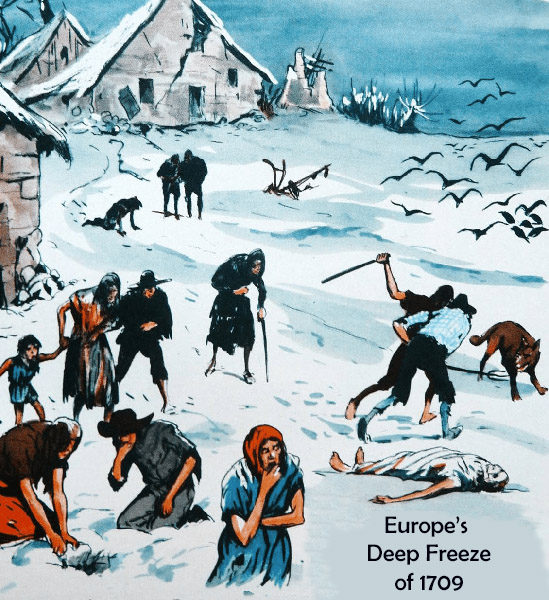
And coincidentally, Queen Anne of England was circulating information throughout the Rhine Valley offering free transport to Palatines who would come to England to be sent to America as settlers of her expansive English colony. In about March of 1709, Gerhart Clemens sold his possessions to his father and brother, preparing to travel to America. Gerhart’s notebook indicates that by October 1709 he was in Pennsylvania.
Gerhart and Anna Reist (Hiestand) Clemens first settled in the Skippack community (30 miles northwest of Philadelphia) in what is now Montgomery County, PA. They later moved to Salford Township. Wherever they went, it appears they were prominent members of the community.

On April 15, 1726 Abraham Hiestand sold a cow to Gerhart (Gerhard) Clemens in Lower Salford Township of what is now Montgomery County, PA (previously part of Philadelphia County). From the account book of Gerhart Clemens: “I bought a cow of Abraham Heistand, April 15, 1726, for L3 ts.”[i] How does he fit into the European Hiestand family? We do not know–but he was a Hiestand and, no doubt, a relative of our Henry.
[i] Clemens, 5.
Prior to 1727, several ex-Ibersheim families had already settled in Pennsylvania, even as far into the wilderness as what became Lancaster County. Such families as the Brubakers and Neffs were closely associated with the Hiestands in Ibersheim and other villages near there. Henrich Hiestand’s extended family was interwoven with most of these families by marriage. No doubt these families would have welcomed Henrich to join them as a farmhand until he could earn enough money to purchase his own farm.
When Henry Hiestand arrived in Pennsylvania, there were friends and family members who probably took him in and allowed him time to transition to an independent life in America.
April 1728 - Mennonite Naturalizations
Beginning in September 1717, Palatine immigrants were required to declare their loyalty to the King of England soon after landing in Philadelphia. Prior to that time, they were still officially subjects of the Emperor of Germany even though they were living in Pennsylvania. As aliens they were deprived of some very important rights enjoyed by English-born Pennsylvanians. Although they could purchase land, they were not allowed to sell land to others nor were their children allowed to inherit their land. It doesn’t seem fair does it?
Attempts by Pennsylvania Mennonite leaders to become naturalized as British citzens in Pennsylvania were continually defeated or tabled in the Pennsylvania Assembly, largely because the Mennonites would not agree to make an “oath” of allegiance to the British Crown. Making oaths violated their Christian convictions. But finally the Pennsylvania Assembly agreed to allow Mennonites to make “declarations of allegiance” to the British Crown without calling them oaths.
On April 1 and 2, 1728, two Chester County justices traveled to the home of Martin Mylin near Conestoga Creek south of Lancaster, PA. Mylin’s home was about 11 miles southeast of the tract that Henry Heestant had surveyed seven years later. At that time, approximately 200 Mennonites formalized their declarations of allegiance:
“Wee … do Sincerely and Solemnly Declare before God and the Word that wee will be … faithful to King George the Second.”

The names of hannes (John) Hiestandt, henrich hiest, and jacob hiestandt were among the signatures added to the document of declarations of loyalty to the British Crown.[i] There was some kind of defect in the document near the end of Henrich’s surname, thus it appears as “hiest_.”
[i] “Declarations for Naturalization Signed by Mennonites of Chester County, PA.” (On file: Archives of Chester County, PA, April 1, 1728).

After some further stalling by the Assembly, on March 29, 1735 “An Act for the Better Enabling Divers Inhabitants of the Province of Pennsylvania to Hold Lands and to Invest Them with the Privileges of Natural-Born Subjects of the Said Province” was passed.[i] But, two factors limited the extent of the Mennonites’ benefit from the bill. First, the bill only provided citizenship for immigrants who arrived in Pennsylvania between 1700 and 1718. That eliminated about one-half of the signers, no doubt including Henrich Hiestand. Second, when the German speaking pacifist signers learned the true nature of the English language “declaration” they had signed, most of them balked.
[i] “Chapter 339″ of the Laws of the Commonwealth of Pennsylvania, Volume I. (Philadelphia: John Bioren, 1810), 283.
The signers discovered that they had unwittingly agreed to take up arms to defend the Crown. Nearly two decades later, the 1747 Act of Parliament finally provided Mennonites the freedoms they had desired for decades without the obligations that offended their consciences.[i] When the Naturalization Bill was finally passed on February 14 of the 1729/30 meeting of the Assembly, most of the signers were not naturalized at that time, including some of the more prominent Mennonite leaders.[ii]
[i] Garber, 551-560.
[ii] Garber, 557.
What about our Henrich Hiestand? Was he ever officially naturalized as a subject of the British Crown, if not in 1728? If so, when and where? Well, we know he voted in an 1855 election in Virginia which supposedly required British citizenship. And that’s all we know about his naturalization.
In the next article, you will see exactly where Henry Haston settled in Lancaster County, PA before moving south to his final settlement in Virginia…and much more.
If you enjoyed this article, please share it with others who might be interested.

Caney Fork of the Cumberland
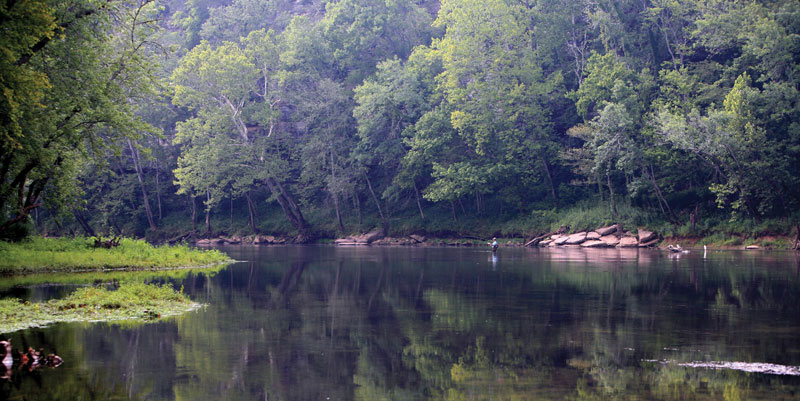
Caney Fork of the Cumberland (The Book)

Daniel Haston settled on the south side of the Caney Fork River in what was then White County, TN. The river holds lots of memories for those of us who grew up near there. I certainly have enough personal stories to occupy you for a few hours and most of them are even true! And there is a lot of history that happened along that sometimes lazy – sometimes torrent stream of water.
Arthur Weir Crouch was a civil engineer for the TVA who walked up and down the banks of the Caney Fork surveying the high water marks of the river in preparation for the building of the Great Falls Dam at Rock Island, TN. Mr. Crouch put much of what he learned about the river in a book in 1972. His son, Edward W. Crouch, gave me (Wayne Haston) permission to publish his father’s book online. It contains lots of facts and personal stories about Mr. Crouch’s experiences on the Caney Fork River, mostly above Rock Island – the area of the river where our early Hastons settled.
The entire book is available on the Heritage of Daniel Haston website. It’s a book worth preserving. It’s a book work reading, especially for those of you familiar with the river.
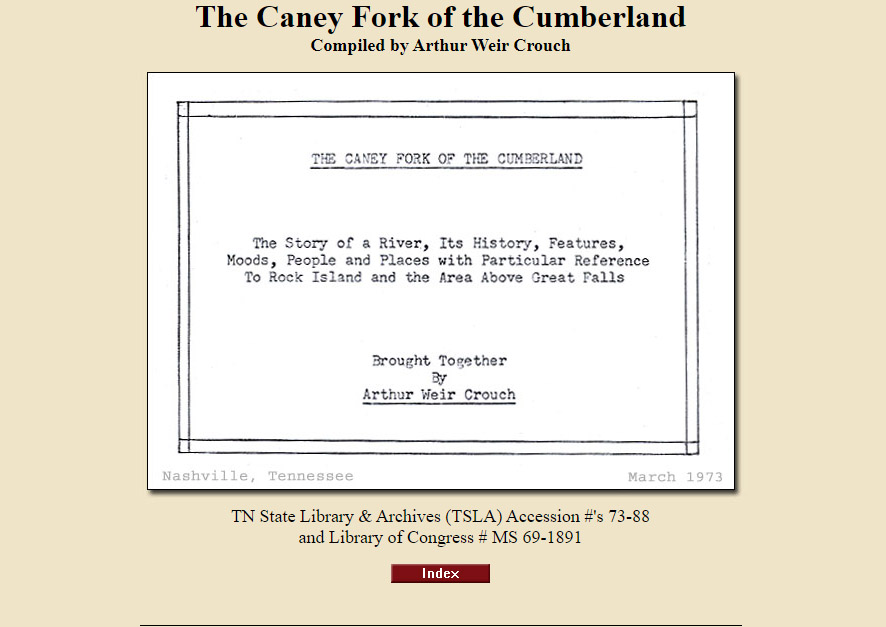
If you enjoyed this article, please share it with others who might be interested.

06 – The Journey from Ibersheim to America
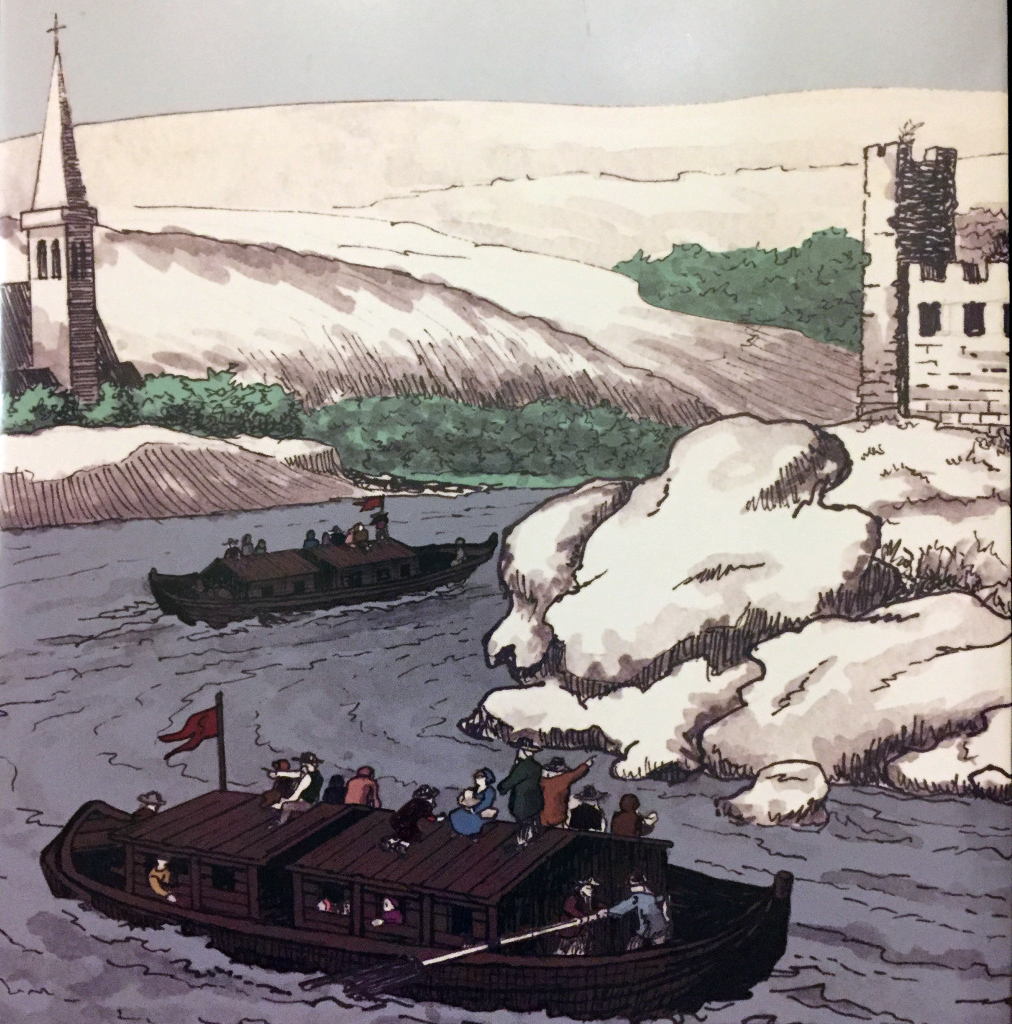
06 - The Journey from Ibersheim to America

In early 1727, Henrich Hiestand probably boarded a barge in Worms, much like the one above, saying a “forever” goodbye to his Ibersheim family.
Of the Mennonites who emigrated from the Rhine lands, “only a small proportion—roughly 10 percent—journeyed overseas. The vast majority relocated in eastern Europe.”[i] Think about that—if Henrich Hiestand had gone east, instead of west to America, our Hiestand/Haston family might have been Prussians, Hungarians, Polish, or Russians! But, fortunately for us, the lure of America drew him to Pennsylvania.
[i] Marianne S. Wokeck, Trade in Strangers: The Beginnings of Mass Migration to North America. (Philadelphia: The Pennsylvania State University, 1999), 8.
Henrich Hiestand was one of those immigrants from the Rhineland who disembarked in Philadelphia. But we do not know what ship he traveled on or exactly when it arrived in the colony of Pennsylvania. Nor do we know any other details regarding his journey to America, other than he left Europe, he survived the Atlantic passage, and he made it to America. And here we are!
Reasons for Emigration
There were several compelling reasons why a person, especially a Mennonite, living in the Palatinate in the late 1600s to the mid-1700s would choose America over his or her relatively-recent German homeland. Most Palatine emigrants were probably motivated by some combination of the following reasons.
Political Peace and Stability
It is little wonder that some historians have referred to the Palatinate of the 18th century as “the Land of Wars.”[i] Why did Rhinelanders flee the Palatinate during these years? Perhaps a better question is why would any of them remain there, if given an opportunity to leave?
[i] Charles R. Haller, Across the Atlantic and Beyond: The Migration of German and Swiss Immigrants to America. (Westminster, MD: Heritage Books, 2008), 219.
Economic Prosperity
If political instability and war were the “push” behind the waves of Mennonite emigration from Europe, the “pull” was the promise, or at least hope, of economic prosperity. Many of the industrious, but often impoverished, Mennonites were lured away to America in search of land, freedom from severe taxes, and an overall hope of living a financially secure life.
And available land for Mennonites in the Palatinate was becoming more and more scarce. By the time our Henrich Hiestand became an adult, his only hope for sufficient land to support a family was to move far away. The tenant land his grandfather inherited had already been subdivided several times to provide farmland for his father, uncles, and perhaps older brothers.
Religious Freedom
Many Mennonites left Europe for America, at least partially, because of religious persecution. Even though the types and degrees of persecution they experienced in the Palatinate were light compared to what they had endured in Switzerland, the religious toleration for Mennonites of the Palatinate was always limited. They were forced to pay “protection fees” and lived under constraints not applied to Catholics, Calvinists, or members of the Reformed Church. And the rules and limits of toleration changed, often for worse, with the empowerment of new rulers.
William Penn had personally visited the Palatinate, probably even to the village of Ibersheim, with promises of true religious freedom in Penns Woods (Pennsylvania), the American colony his father had received as a grant from King Charles II of England.
The Emigration Route to America
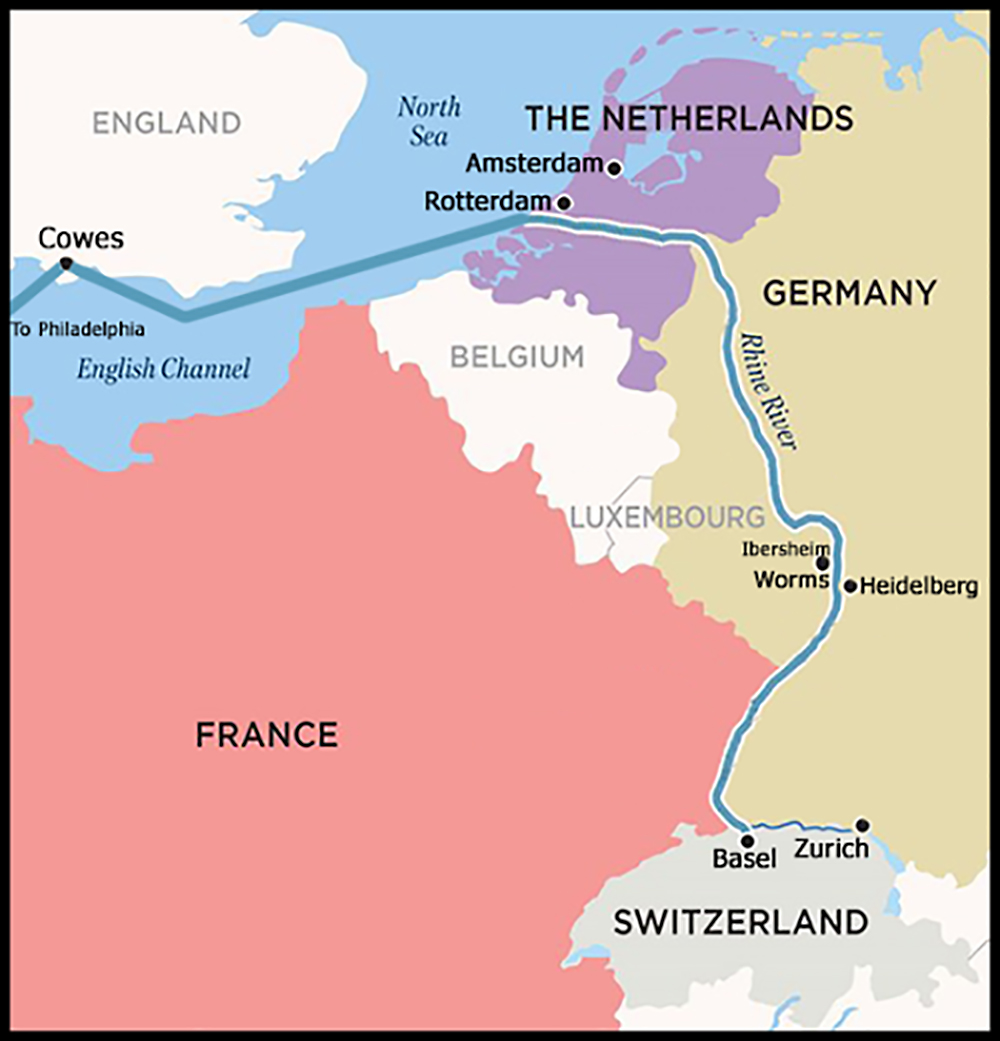
For the Rhinelanders headed to America, including our Henrich Hiestand, the journey from Ibersheim and other villages of the Palatinate was comprised of three phases.
Phase 1: Down the Rhine River to Rotterdam in Holland

The Rhine River has been called the “River of Destiny.”[i] Hundreds of thousands of Swiss and Germans sought their destinies by floating down the Rhine on barges, from the mid-17th century until the mid-19th century.
[i] Charles R. Haller, Across the Atlantic and Beyond: The Migration of German and Swiss Immigrants to America, 239.
Under good river conditions, the trip down the Rhine from Ibersheim to Rotterdam (approximately 375 miles or 600 km) could have taken only six or seven days of actual floating time, at about 2 ½ miles per hour. But there were many toll stations (associated with toll castles) along the way. Maybe as many two dozen or more toll stations were active in the early 1700s, from Worms to Rotterdam. [i] The toll castles belonged to territorial lords or to their authorized vassals.
[i] Charles R. Haller, Across the Atlantic and Beyond: The Migration of German and Swiss Immigrants to America, 242-245.Ibersheim
In addition to collecting tolls and searching the barges, the stops also delayed boats long enough to encourage (or coerce) passengers to spend money with the merchants of the castle. Consequently, toll station stops probably extended the river trip from Worms to Rotterdam from taking a few days to taking a few weeks, perhaps a month or so.[i]
[i] Ralph Beaver Strassburger, Pennsylvania German Pioneers, xxxiii.
Phase 2: Across the North Sea and English Channel to an English Port
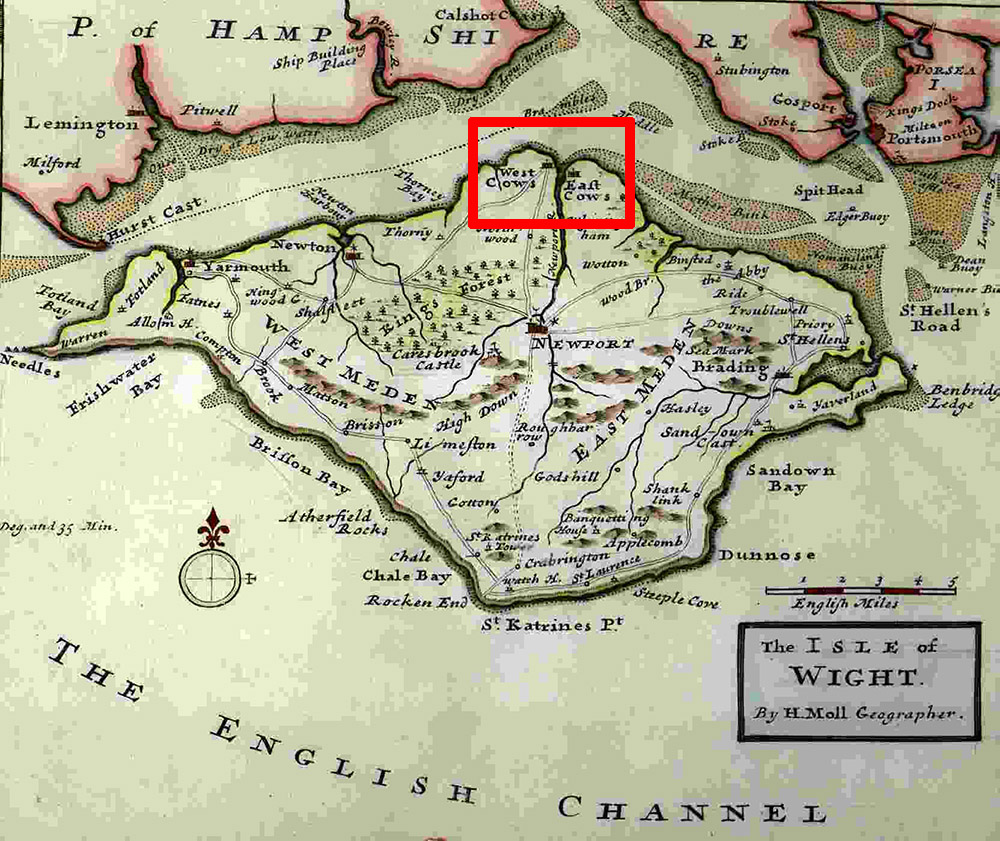
Prior to 1783, ships sailing through the English Channel were required by British navigation laws to stop in one of several English ports. Only British-owned and operated ships were allowed to engage in business with the British colonies.[i] There were multiple English ports, including London, from which European ships set sail.
But, after the earlier phases of emigration, the most popular port for these journeys was the port of Cowes on the northern coast of the Isle of Wight. One hundred and forty-two ships are recorded as having sailed from Rotterdam to Cowes.[ii]
[i] Charles R. Haller, Across the Atlantic and Beyond: The Migration of German and Swiss Immigrants to America, 239.
[ii] Ralph Beaver Strassburger and William John Hinke, Pennsylvania German Pioneers, Volume I, 1727-1775, (1934 reprint; Baltimore: Genealogical Publishing Company, 1966), xxxiv.
Phase 3: The Trans-Atlantic Journey

Most passenger ships sailed across the Atlantic in the mid-year season of late spring through early autumn, May through October. If the weather and wind conditions were favorable, the journey could have taken as few as seven weeks, but eight to twelve weeks were more common. Occasionally, extreme weather would blow a ship off course and the trip would be even longer.
Much has been written about the conditions that existed on these ships. In some cases, the journey was relatively easy when weather was favorable and the ship’s captain and crew were decent people. But many of these voyages were nightmarish.
The Atlantic nightmares began when greedy ship captains overloaded their ships, packing passengers in sleeping quarters so tightly that they were barely able to move. Often there was no room left for personal belongings and passengers were forced to leave their trunks of family heirlooms behind.
Living conditions on many of the ships were deplorable:
- Passenger ships were packed well beyond comfortable space. Bunk space was commonly limited to six feet long and one one-half feet wide with very limited vertical space.
- Food quantities were limited and when the journey took longer than expected, the amount of food was rationed to such small amounts that passengers were constantly hungry and some of them starved to death.
- Food quality, which was never good from day one on the ships, only worsened throughout the voyage. For example, biscuits became dirty, hard and crusty, and infested with worms. Meat, even though heavily salted, spoiled. In some cases, passengers were forced to resort to eating mice and rats.
- Drinking water was limited, sometimes becoming dark and thick and full of worms. Often passengers died of typhoid fever from drinking the water.
- Lice infestations abounded, to the point that lice were sometimes so thick on the bodies of people that they were scraped off in swarms.
- Extreme temperatures, both heat and cold, took the lives of many passengers.
- There were no provisions for sanitation, so filth and stench from vomiting, sweat, urine and feces was unimaginable.
- Sometimes gales lasted for two or three days and nights and passengers tumbled over each other, both the sick and the well.
- Impatience mounted and passengers cursed and fought each other, even their own loved ones.
- Cheating and theft were commonplace.
- Children and the elderly were often the first to die. Many parents watched their children die and their bodies cast into the ocean.
- Overall, the mortality rates on some of these ships were incredible.
There is no known record of which ship carried Henrich Hiestand to America or any extant reports of his experiences en route to Pennsylvania. Whether he was one of the more fortunate travelers or one of the miserable survivors of a horrendous trip, we do not know. IF he made it to America in 1727, prior to September 14, 1727 (when ships’ passenger lists were kept), then his early arrival in the shipping season would seem to indicate that the conditions of his journey might have been more favorable than most unless he traveled in the first few months of the year. Fortunately for Henrich Hiestand and those of us who have descended from him, he did survive the trans-Atlantic passage.
Arrival in Philadelphia
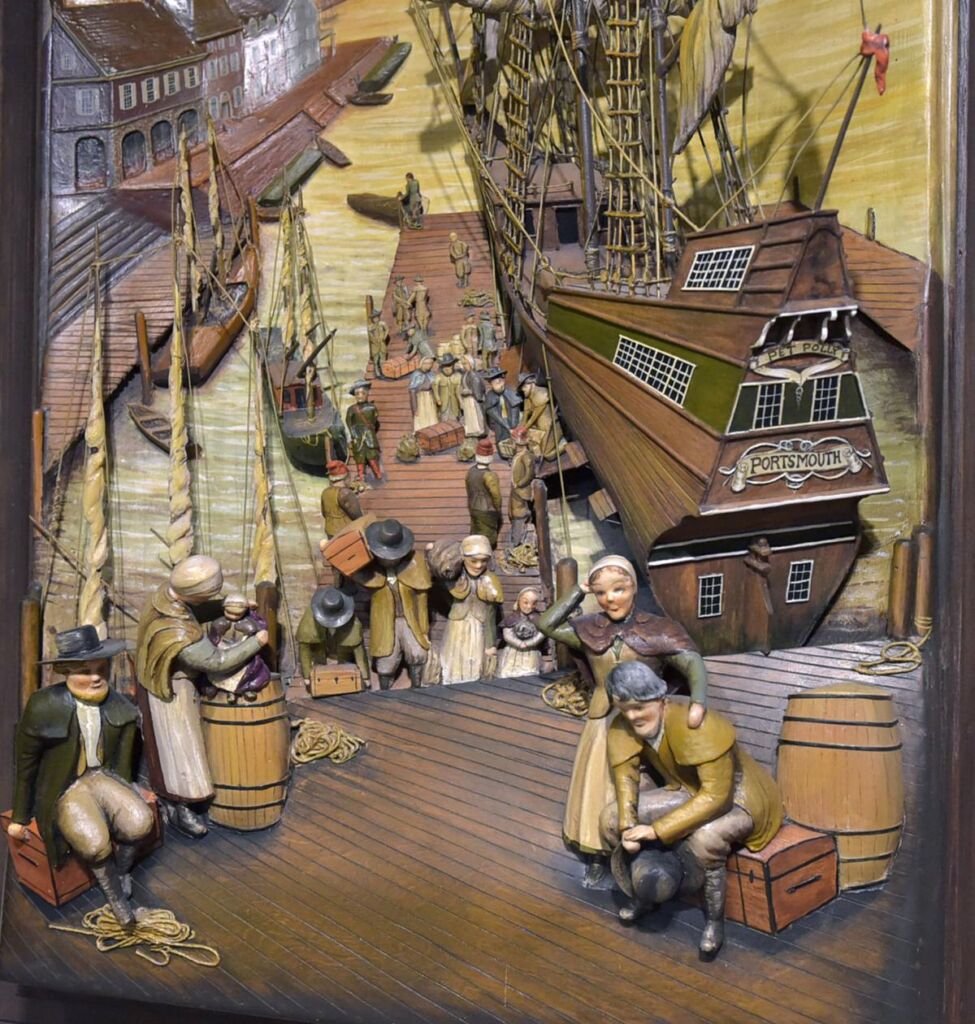
It was an exciting and joyous time, when a ship with German immigrants entered the Philadelphia harbor, but their drama was not over. The authority for de-boarding was vested in Philadelphia health officials, as well as the captain of the ship.
Passengers had to settle their debts with the ship’s captain. If they could afford to pay, they were allowed to leave the ship as soon as their financial obligations were settled with the captain. But many of them were unable to make the necessary payment. Even if they did leave their homes with money, often their funds were depleted by the time they paid all of the customs fees and other expenses associated with the various required landings and delays from home to the Atlantic.
Once researcher estimates that about half of the German-speaking immigrants were compelled to sell their services for several years as servants to wealthy masters in order to be released (into the custody of the master) from their ships.[i] These indentured servants became known as “redemptioners” because they had to work to redeem their freedom.
[i] Aaron Spencer Fogleman, Hopeful Journeys. (Philadelphia: University of Pennsylvania, Press, 1996), 73.
In the next article, you will learn about our Henrich Hiestand’s early years in America.
Mennonites Come to America
Old (1979) Video
If you enjoyed this article, please share it with others who might be interested.

05a – Our Hiestands (Heystandts) – Refugees on the North Sea

05a - Our Hiestands (Heystandts) - Refugees in Friedrichstadt on the North Sea
“Heystandt” was the way the Hollander-Dutch spelled our Hiestand name.

In 1689 Ibersheim and the entire Palatinate again became a hot war zone. Five years after hereditary tenant rights were granted to the ten Mennonite families, French troops of Louis XIV invaded the Palatinate in 1688, launching the Nine Years War or the War of the Grand Alliance.
Mennonites from Ibersheim and many other villages in the Rhineland were forced to seek refuge away from homes they had expended a great deal of effort to build and farms they had labored hard to reclaim from the devastation of the previous war. Most, if not all, of them fled the area and some became refugees in the Netherlands.
Hans Jacob Hiestand led a group of Palatine Mennonites to join a Dutch community in Friedrichstadt on the North Sea. There they were able to rent farms and enjoy a fair measure of religious tolerance. The parents of our Henrich Hiestand were very probably in this group.
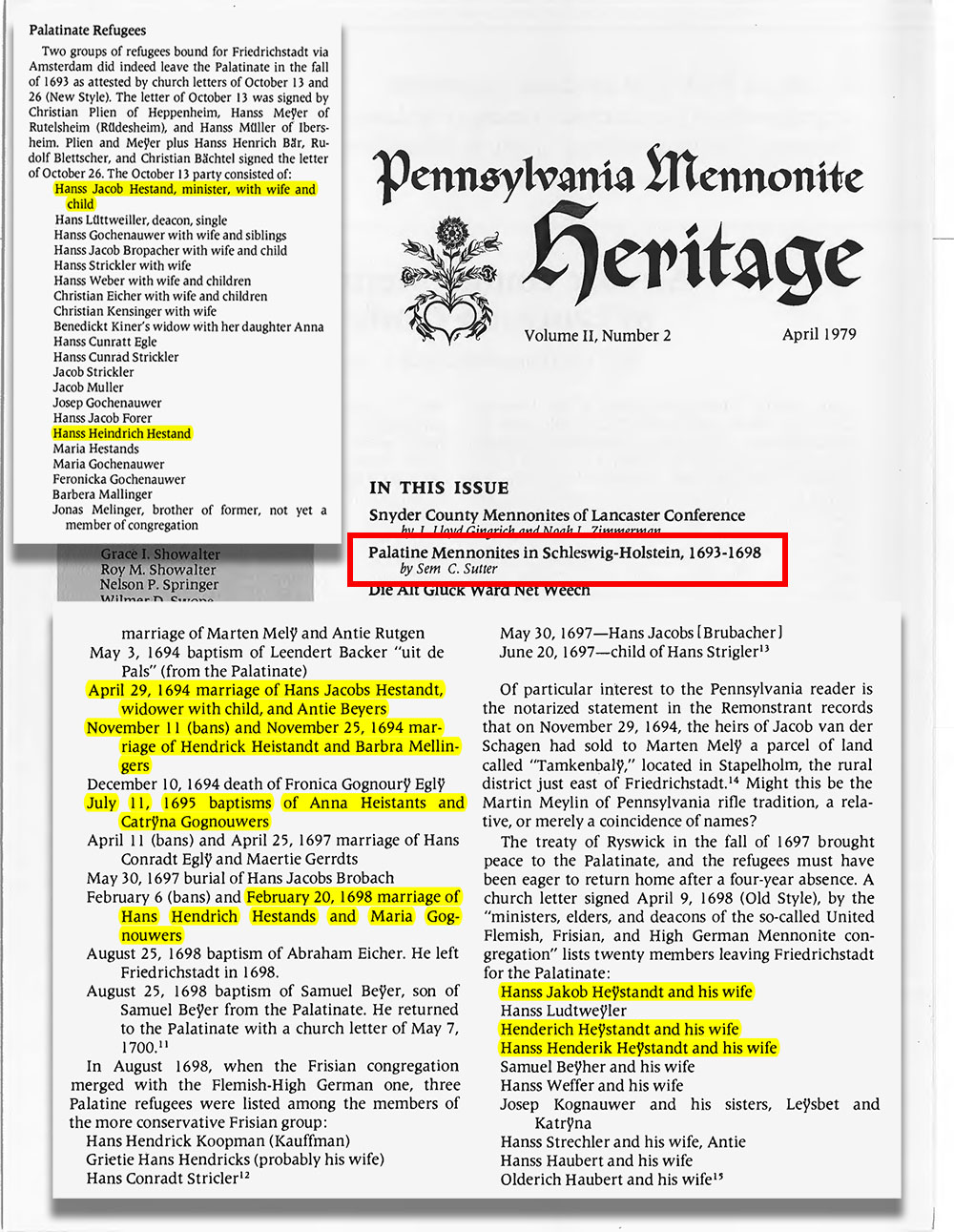
If you enjoyed this article, please share it with others who might be interested.




